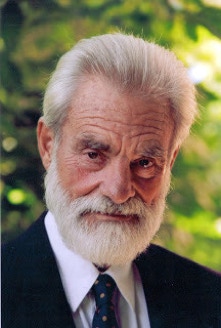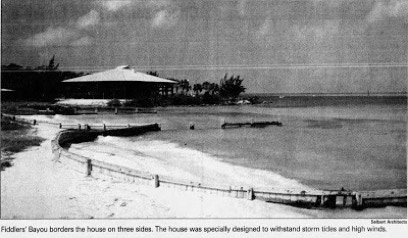Reviewing the new Inventory in preparation
for re-organizing the Collection.
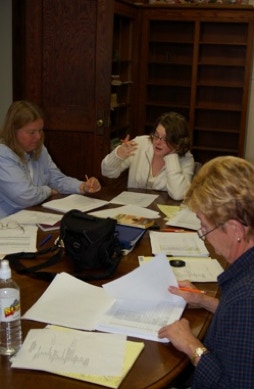
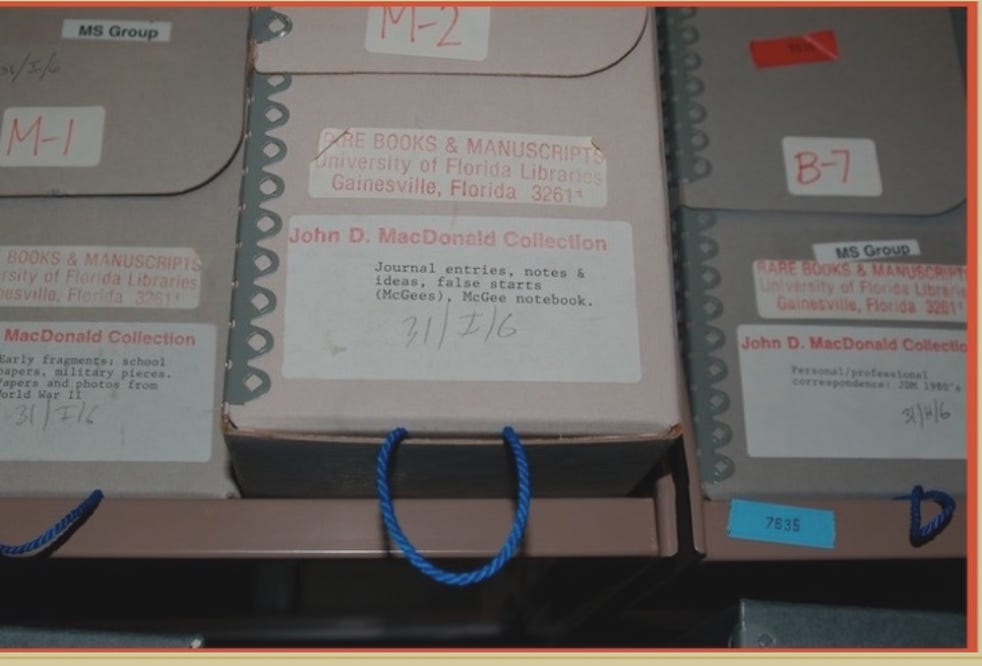
*********************************************************************************
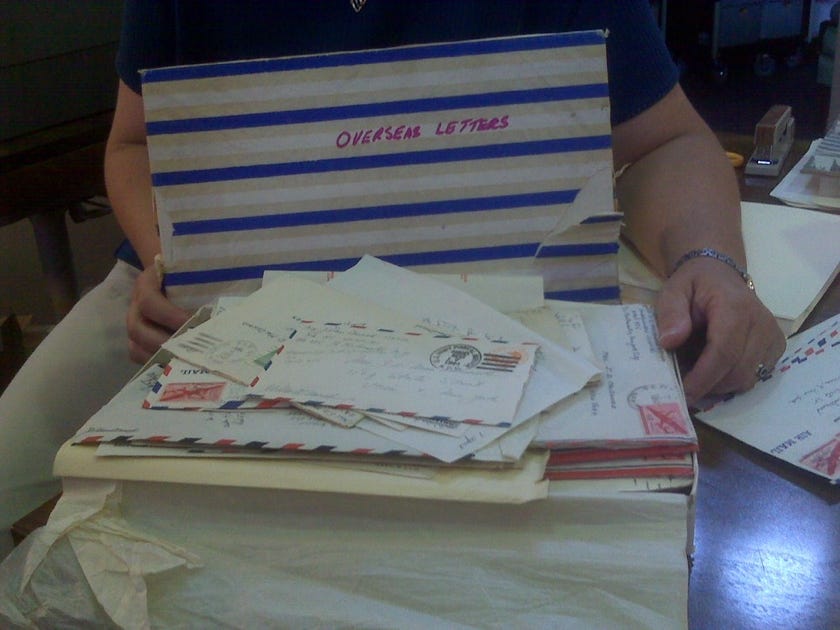
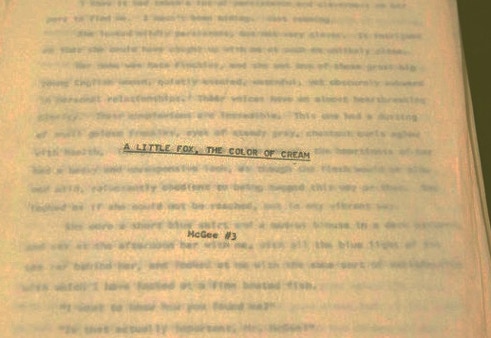
In the future we hope to raise funds for digitizing some of the Collection so that researchers will have instant access.
Note:
A Guide to the John D. MacDonald Collection
Finding aid created by Dept. Staff
**********************************************************************************************
John D. MacDonald
Descriptive Summary
Provenance:MacDonald, John D. (John Dann), 1916-1986.
Title:John D. MacDonald Collection
Dates:1800-1997
Bulk dates:1916-1986
Extent:125.75 linear feet. (198 boxes)
Identification:MS Group 21
Biographical/Historical Note
Scope and Content
The Collection is organized in multiple groups, or series:
Personal Papers;
Professional Papers;
Manuscripts and Publications Written by John D. MacDonald;
Works by Other Authors and Secondary Sources;
Audiovisual Materials;
Ephemera and Memorabilia;
Financial Records.
Many of these series are further subdivided into smaller logical groups:
The Personal Papers series is comprised of three groups.
The Professional Papers series is comprised of ten groups:
The Fan Mail series includes correspondence to and from readers.
The Manuscripts and Publications series is comprised of five groups.
The Speeches and Interviews series includes interview questions, articles, broadcasts, speeches given and public appearances.
Critical Reviews,
Academic Research (e.g., theses, essays, and scholarly journal articles), Screenplays,
Bibliophile and Fanzines,
Publicity and Advertisements, and
Reference Files.
Access or Use Restrictions
Access
Usage Restrictions
Related or Separated Material
Administrative Information:
Preferred Citation
Acquisition Information:
The John D. MacDonald Collection was donated to the University of Florida Smathers Libraries by John D. MacDonald.
Processing History
Alternate Form of Finding Aid
Contents List:
Personal Papers
Series 1A - Personal Correspondence
Series 1B - Family and Personal Papers
Series 1C - Dorothy Prentiss MacDonald
Professional Papers
Series 2A - Professional Correspondence
Series 2B - Business Correspondence
Series 2C - Academic Materials
Series 2D - Movies and Television
Series 2E - Contracts
Series 2F - Correspondence with Authors and Artists
Series 2G - Promotional Materials
Series 2H - Affiliations
Series 2I - Civic and Political Affairs
Series 2J - Fan Mail
Manuscripts and Publications Written by John D. MacDonald
Series 3A - Novels
Series 3B - Short Works
Series 3C - Interviews and Speeches
Series 3D - Articles
Series 3E - Blurbs
Secondary Sources and Works by Other Authors
Series 4A - Articles and Publications by Other Authors
Series 4B - Critical Reviews
Series 4C - Academic Research and Scholarship
Series 4D - Screenplays
Series 4E - Bibliophile and Fanzines
Series 4F - Publicity and Advertisements
Series 4G - Reference Files
Audiovisual Materials
Series 5A - Photographs
Series 5B - Audio Materials
Series 5C - Video Materials
Ephemera and Memorabilia
Series 6 - Ephemera
Financial Records - RESTRICTED
Series 7A - Royalty Reports - RESTRICTED
Series 7B - Business Ventures and Investments - RESTRICTED
Series 7C - Personal and Professional Records - RESTRICTED
Series 7D - Other Business Records - RESTRICTED
Oversize Materials
Selected Subjects and Access Points
Detective and mystery stories, American.
MacDonald, John D. (John Dann) 1916-1986 -- Archives.
MacDonald, John D. (John Dann) 1916-1986 -- Correspondence.
MacDonald, John D. (John Dann) 1916-1986 -- Criticism and interpretation.
McGee, Travis (Fictitious character)
Novelists, American -- 20th century -- Biography.
Staff Web | Staff Directory | Departments | Privacy Policy
University of Florida Home Page
Send suggestions and comments to:johnemm@uflib.ufl.edu
(c) 2004 University of Florida George A. Smathers Libraries.
All rights reserved.
Acceptable Use, Copyright, and Disclaimer Statement
This page uses Google Analytics - (Google Privacy Policy)
Last updated March 2009 - jrn
THE JOHN D. MACDONALD AWARD
FOREXCELLENCE IN FLORIDA FICTION

James Hall 1996
Elmore Leonard 1992
Paul Levine 1994
Charles Willeford 1999
Randy Wayne White 2002
Stuart Kaminsky 2006
Tim Dorsey 2016
FLORIDA HALL OF FAME:

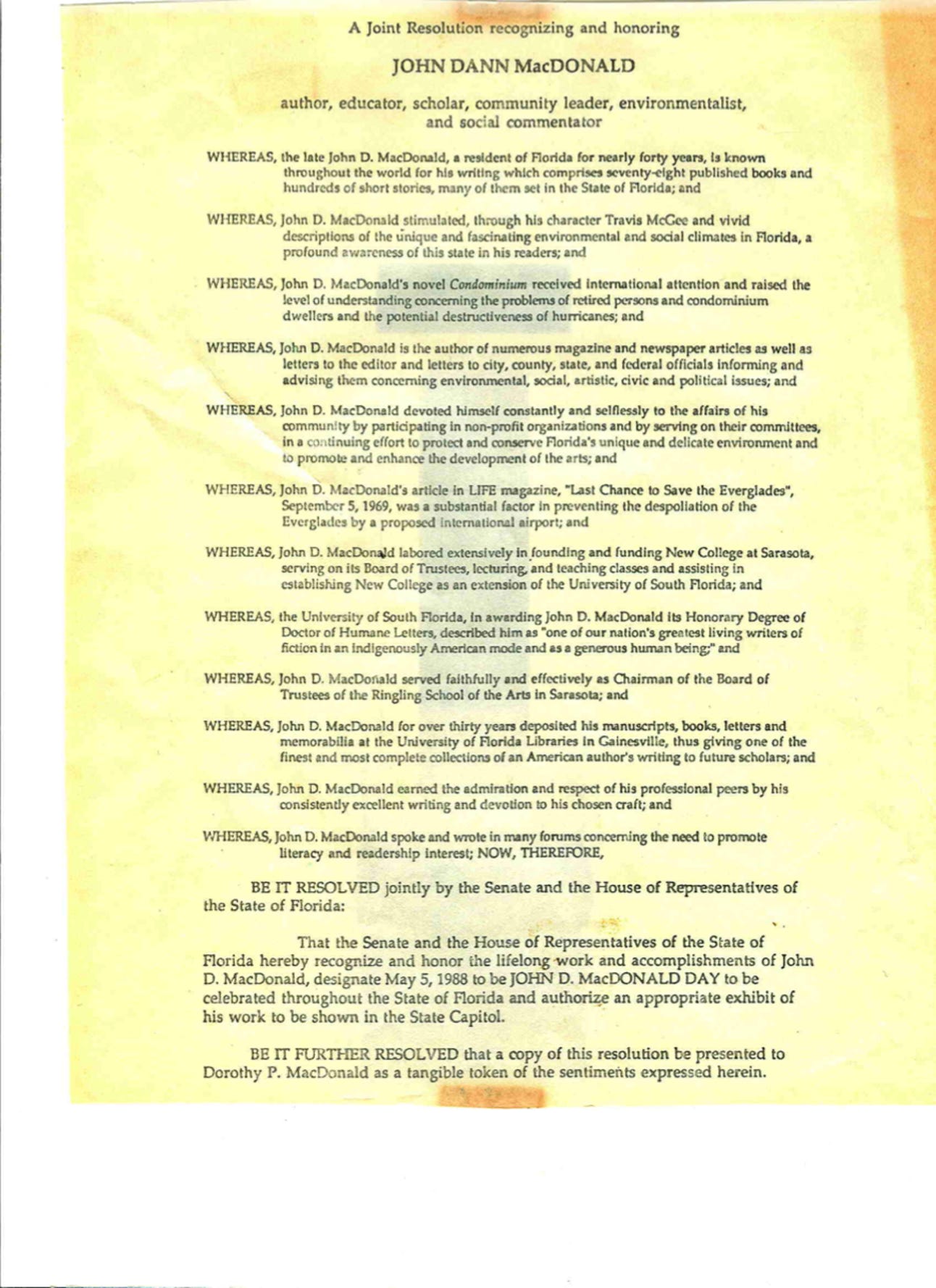
This is one of the letters sent to the Hall of Fame in support of MacDonald:
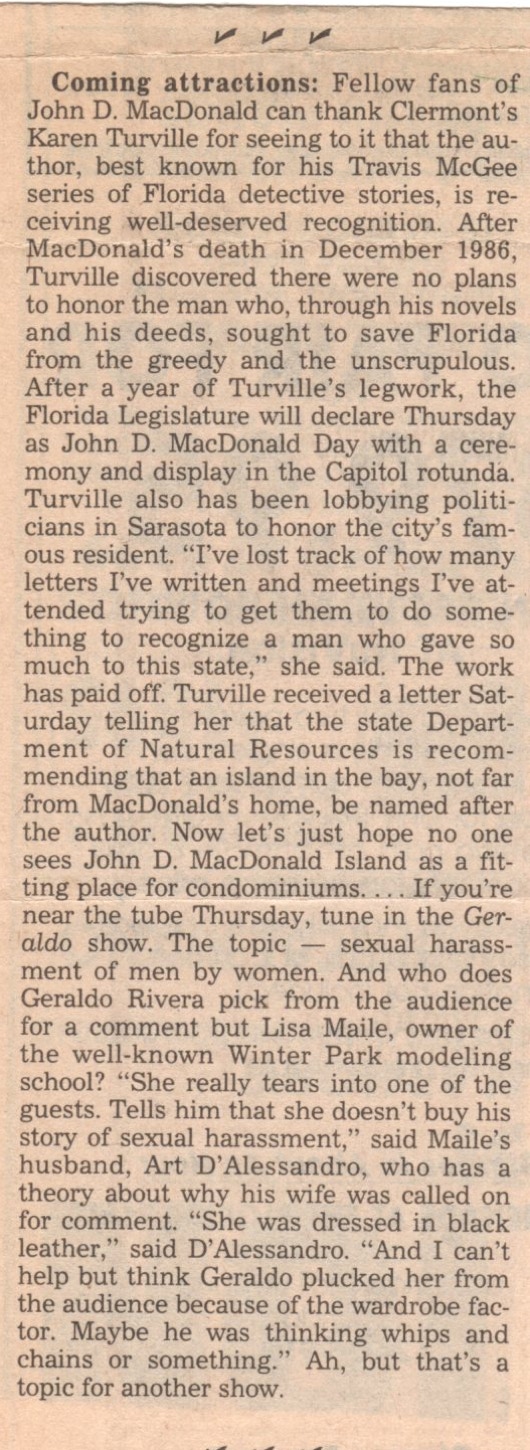
BOUCHERCON:
Bouchercon XIV (1983) -- New York, NY
Chairs -- Otto Penzler & Chris Steinbrenner
Guest Of Honor -- John D. MacDonald

Check out Bouchercon on the internet: http://www.bouchercon.info/
2018: St. Petersburg, Florida
****************************
THE ENVIRONMENTAL AWARD
fromThe Last One Left:
“Friendships, like marriages, are dependent on avoiding the unforgivable.”
from Chapter Eight ofPale Gray for Guilt
*********************************
fromWhere is Janice Gantry? :
from A Purple Place For Dying :
from A Deadly Shade of Gold:
fromNightmare In Pink:
fromThe Girl in the Plain Brown Wrapper:
fromDarker than Amber:
--
romThe Dreadful Lemon Sky:
fromCinnamon Skin
from The Deep Blue Goodby:
I am also wary of all earnestness.
fromThe Empty Copper Sea:
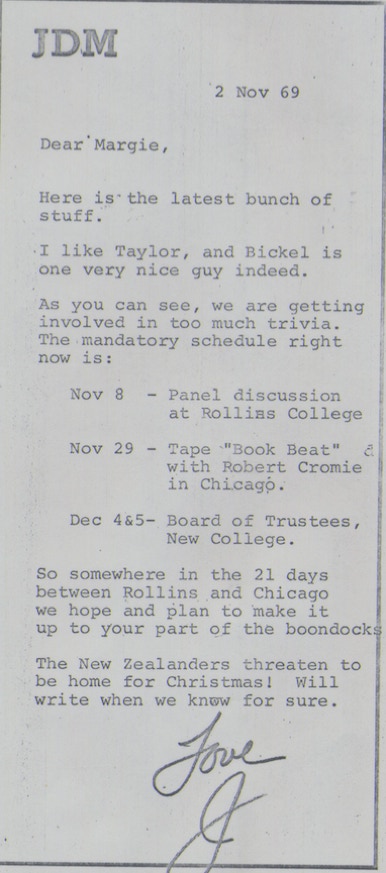
FROM IDMB: TV AND JDM:
Linda(TV Movie) (novella "Linda")
1991Cape Fear(novel "The Executioners")
1985Tales from the Darkside(TV Series) (story - 1 episode)
-Ring Around the Redhead(1985) ... (story)
1984American Playhouse(TV Series) (novel - 1 episode)
-A Flash of Green(1984) ... (novel)
1983Travis McGee(TV Movie) (novel "The Empty Copper Sea")
1981The Girl, the Gold Watch & Dynamite(TV Movie) (characters)
1980Condominium(TV Movie) (novel)
1980The Girl, the Gold Watch & Everything(TV Movie) (novel)
1973Linda(TV Movie) (novel)
1970Darker Than Amber(novel "Darker Than Amber")
1968Kona Coast(story "Bimini Gal")
1967-1968Run for Your Life(TV Series) (novel - 3 episodes)
-Beware My Love(1968) ... (novel)
-Cry Hard, Cry Fast: Part 2(1967) ... (novel)
-Cry Hard, Cry Fast: Part 1(1967) ... (novel)
1967ABC Stage 67(TV Series) (story - 1 episode)
-The Trap of Solid Gold(1967) ... (story)
1964Kraft Suspense Theatre(TV Series) (novel - 1 episode)
-The Deep End(1964) ... (novel)
1962The Alfred Hitchcock Hour(TV Series) (short story - SEASON ONE: EPISODE 12)
-Hangover(1962) ... (short story) TONY RANDALL AND JAYNE MANSFIELD
RANDALL DESERVED ANY AWARD FOR HIS PERFORMANCE:
1962Cape Fear(novel "The Executioners")
1961Man-Trap(novel "Taint of the Tiger")
1960Thriller(TV Series) (story - 1 episode)
-The Fatal Impulse(1960) ... (story)
1958Studio 57(TV Series) (story "The Homesick Buick" - 1 episode)
-Getaway Car(1958) ... (story "The Homesick Buick")
1957Studio One in Hollywood(TV Series) (story - 1 episode)
-First Prize for Murder(1957) ... (story)
1956Chevron Hall of Stars(TV Series) (story - 1 episode)
-In a Small Motel(1956) ... (story)
1951-1952Tales of Tomorrow(TV Series) (story - 2 episodes)
-A Child Is Crying(1952) ... (story)
-A Child Is Crying(1951) ... (story - as John MacDonald)
1951Out There(TV Series) (story - 1 episode)
-Susceptibility(1951) ... (story)
1950Lights Out(TV Series) (story - 1 episode)
-A Child Is Crying(1950) ... (story)
Movies resulting from a JDM novel or short story:
“Cape Fear” (1962)
Based on the novelThe Executioners
Starring Gregory Peck, Robert Mitchum
“Cape Fear” (1991)
Directed by Martin Scorsese
Starring Robert DeNiro, Nick Nolte
**********************************************************************
“Darker Than Amber” (1970)
Starring Rod Taylor as Travis McGee
********************************************************************
“A Flash of Green “ (1984)
Starring Ed Harris
( arguably the best adaptation)
*******************************************************************
“Kona Coast” (1968)
*******************************************************************
TV
Based on the story "Bimini Gall"
Starring Richard Boone
“Man-Trap” (1961 AKA Deadlock, Restless)
Based on the story "Taint of the Tiger"
Starring Jeffrey Hunter, David Janssen
“Condominium” (1980)
Starring Barbara Eden, Steve Forrest, Ana Alicia, Richard Anderson
“The Empty Copper Sea,” (1983 AKA Travis McGee: The Empty Copper Sea)
Starring Sam Elliot as Travis McGee
The Girl, The Gold Watch and Everything,” (1980)
Starring Robert Hays, Pam Dawber
“Linda” (1973)
Based on “Linda,” a story by John D. MacDonald
Starring Stella Stevens, Ed Nelson
“Linda” (1993 AKA Lust for Murder)
Starring Virginia Madsen, Ted McGinley
“Hangover,” Alfred Hitcock Presents (Series 8) with Tony Randall
****************************
AND FROM A FAN:
Dear CBranche,
I think he might have written the screenplay too.
You might want to look it up and add it
All Best,
Robert Kameczura
By: Jimmy Buffett, Deborah McColl, M.L. Benoit1980
Tryin' to make itTryin' to fake itTryin' to take it home
Tryin' to make itTryin' to fake itTryin' to take it home
But now I'm incommunicado...
FROM HIS FATHER:
In 1934 Eugene MacDonald gave his son, Jack, a choice:
Note: we found these in the Collection in a photos box.
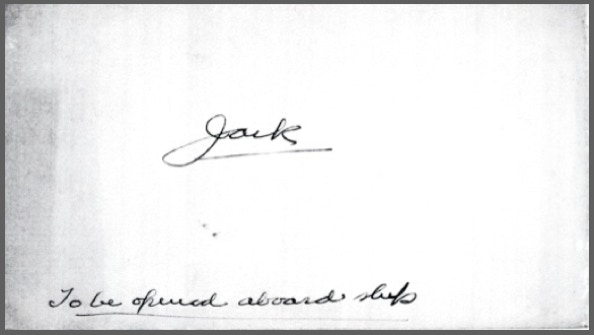
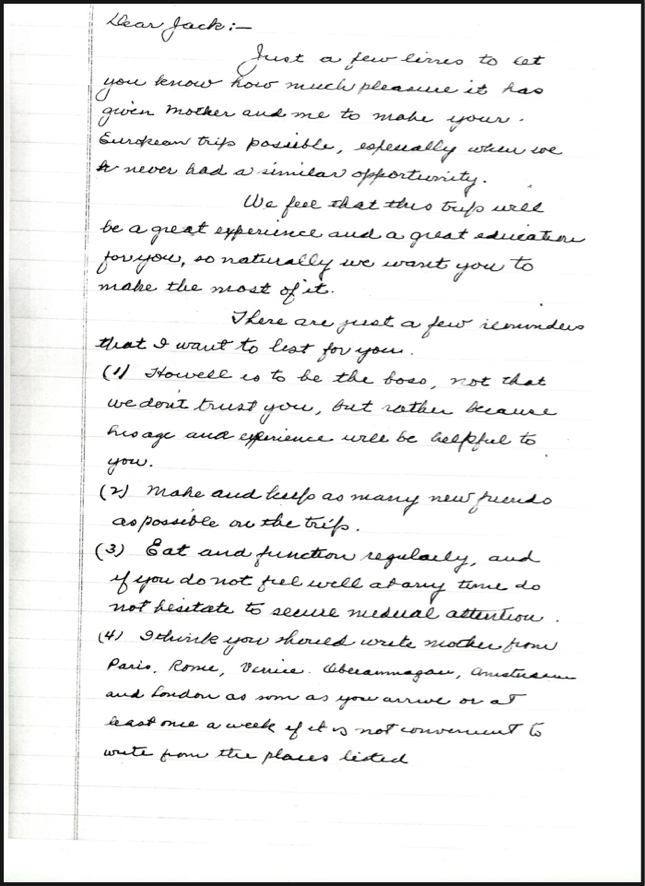
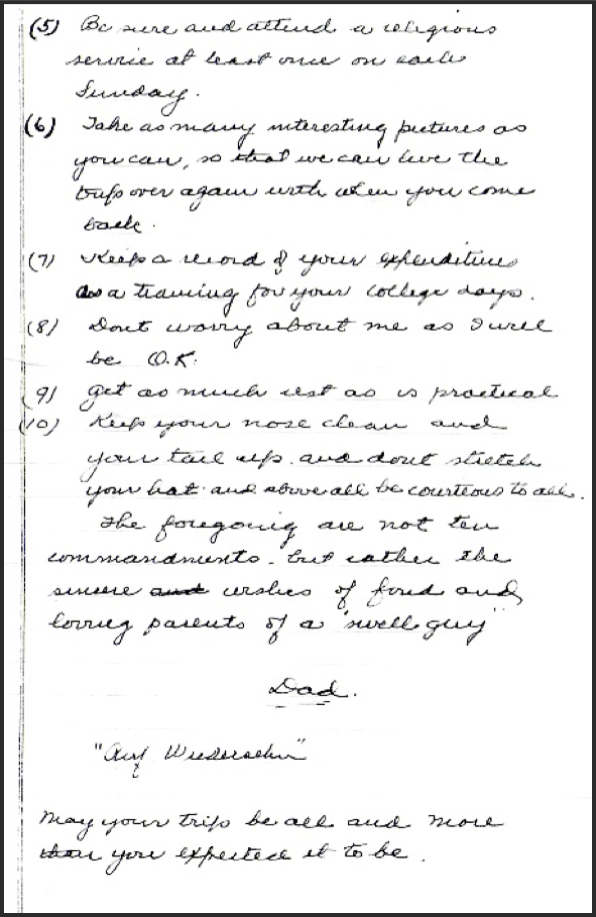
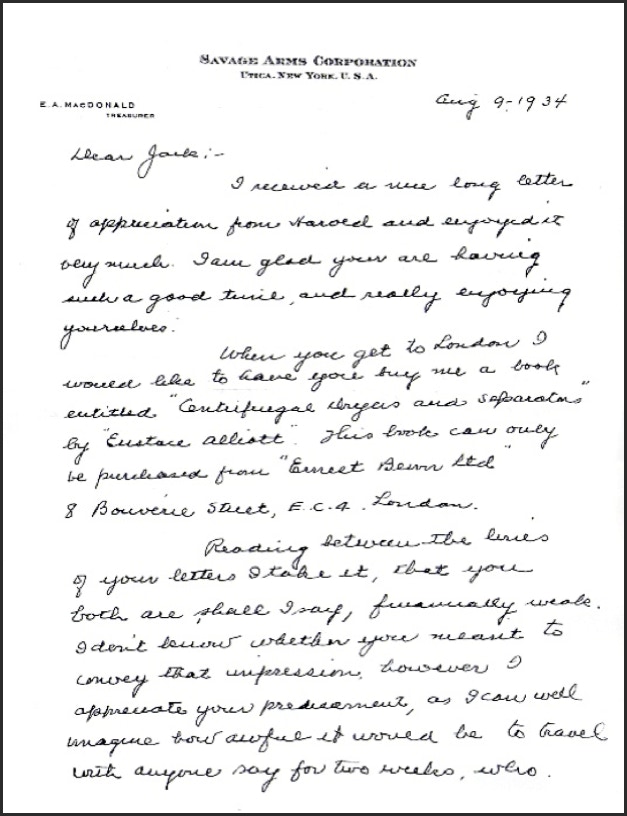
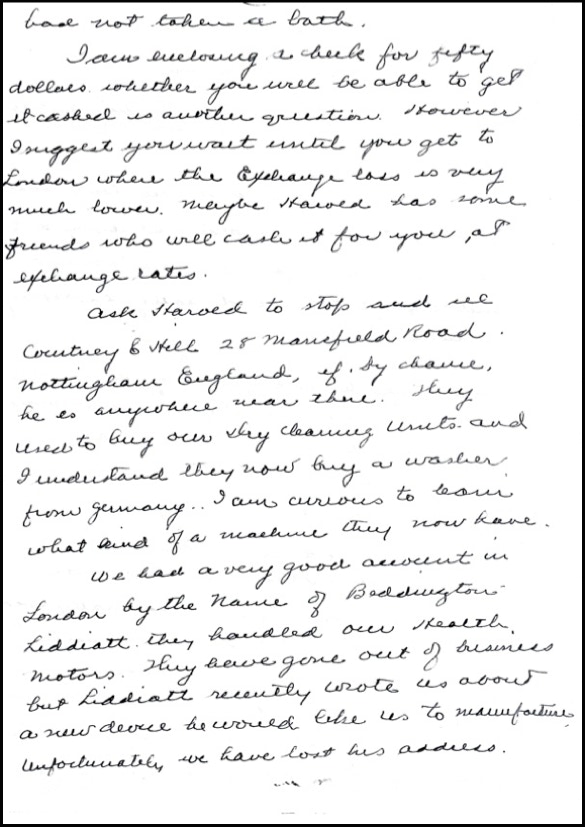

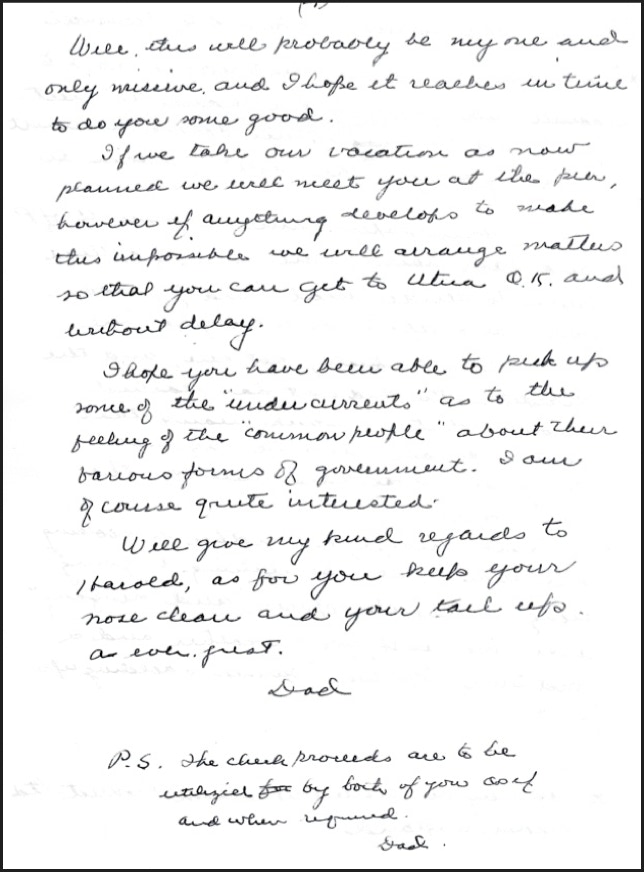

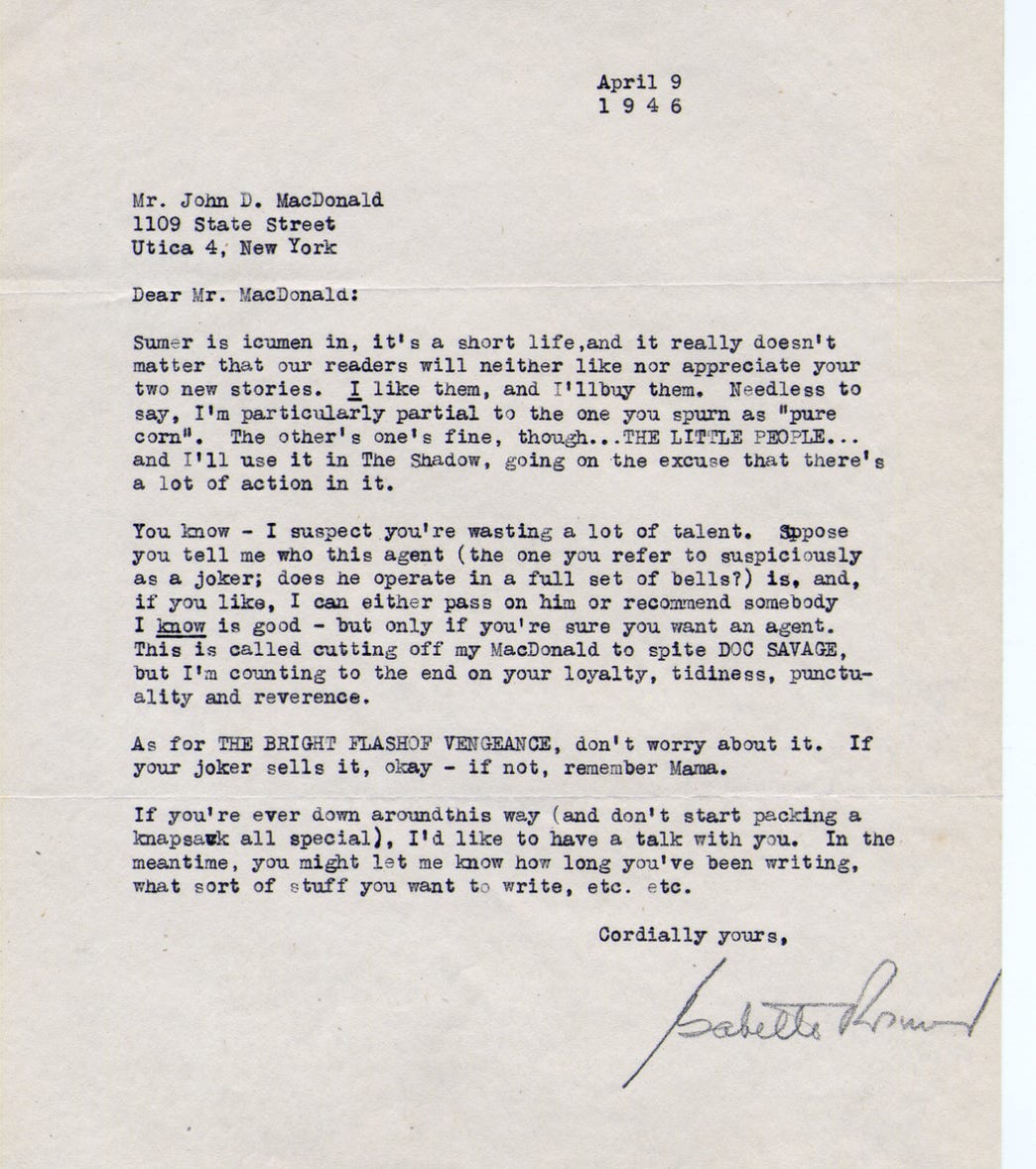
The letter as hetypedit:
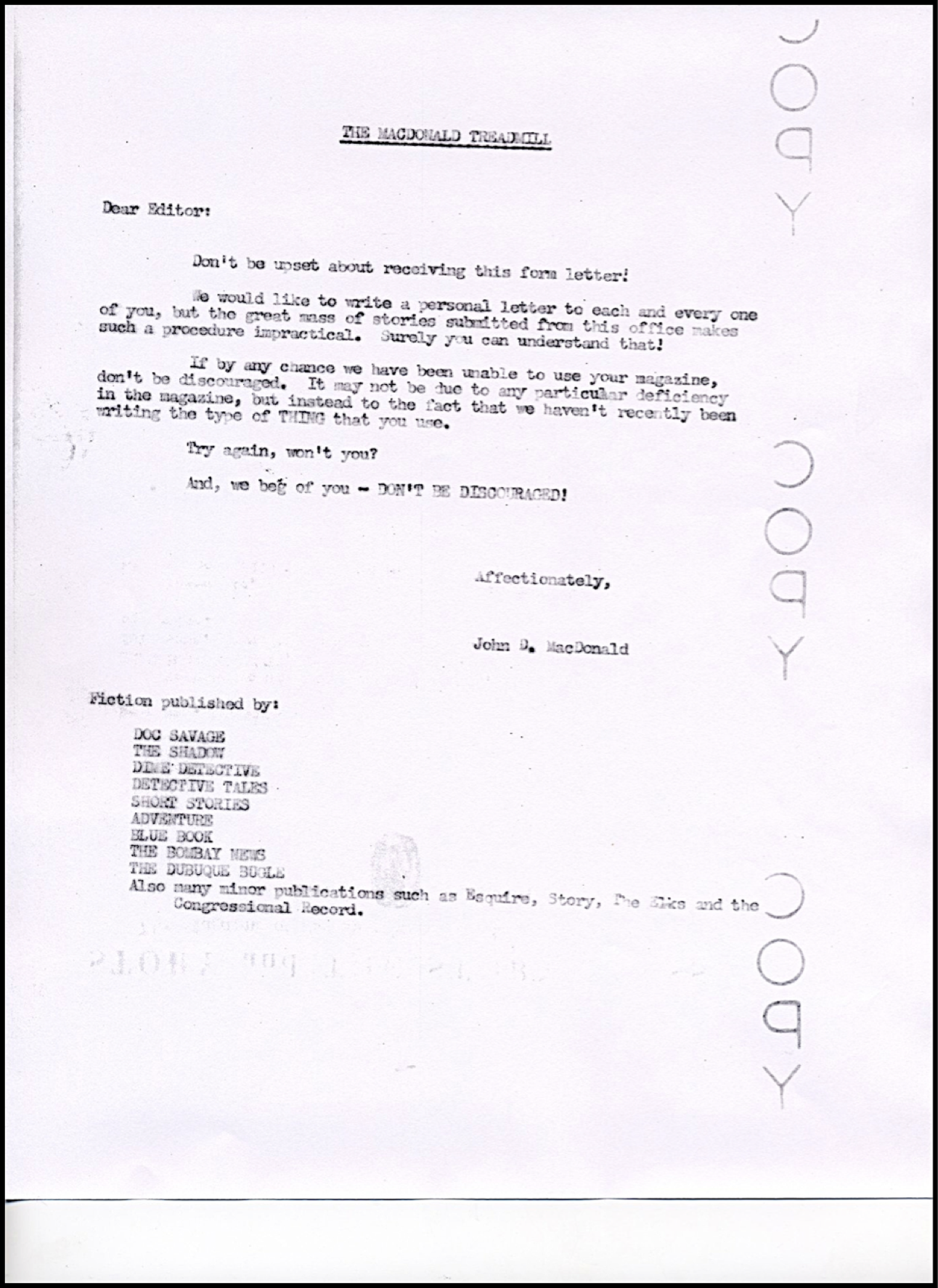
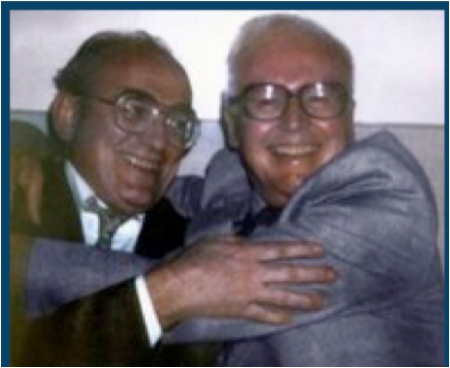
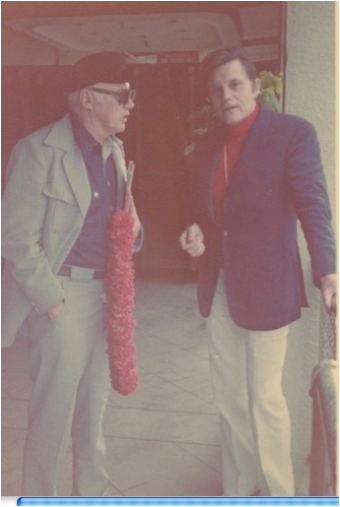

A Christmas card from John and Dorothy (photo is of their Siesta Key home--
the drawing at the right is of their cabin on Piseco Lake in the Adirondacks.
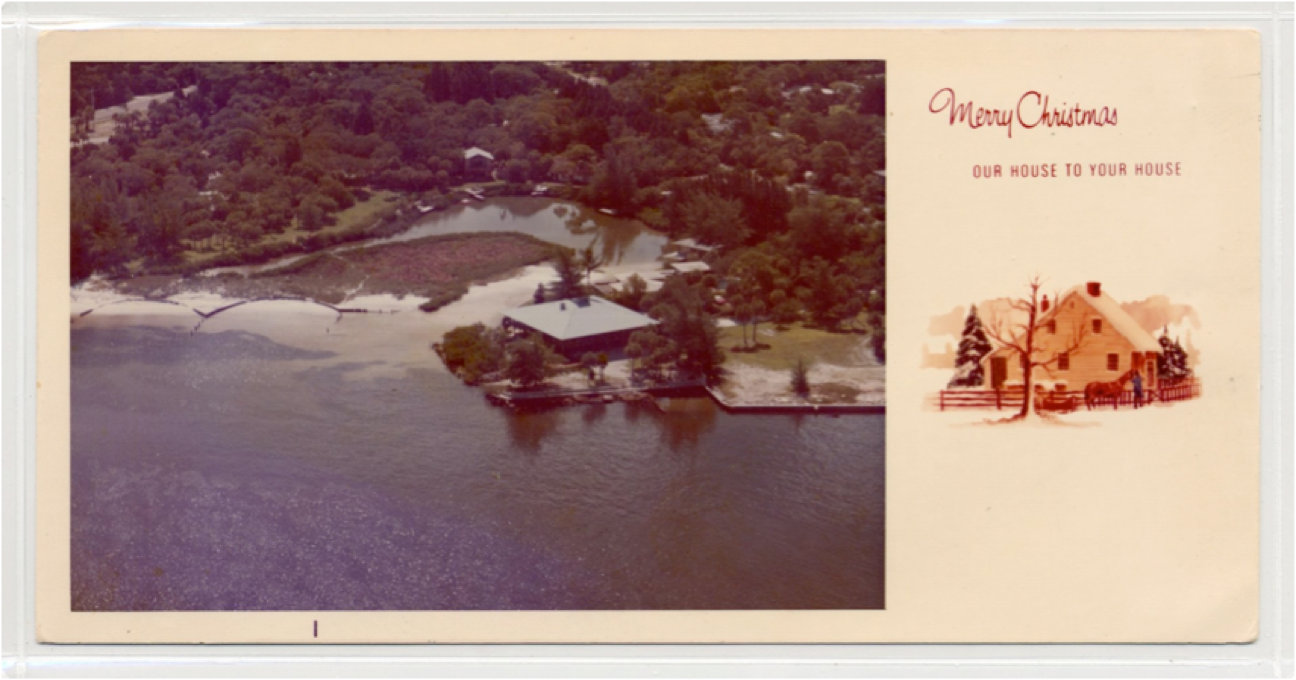
******
JDM AS PHOTOGRAPHER:
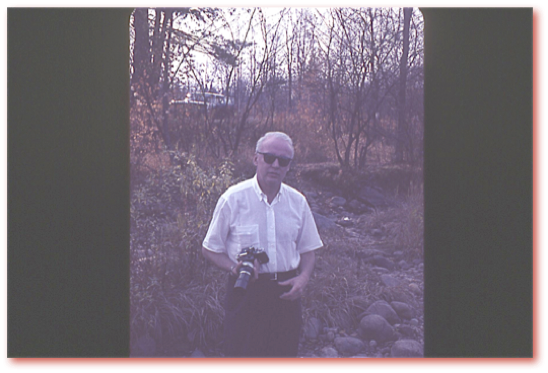
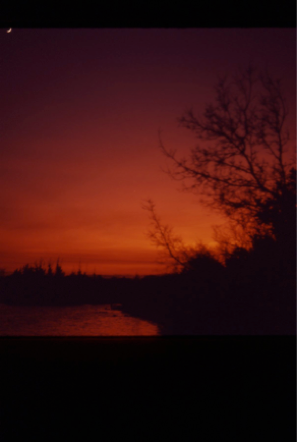

V

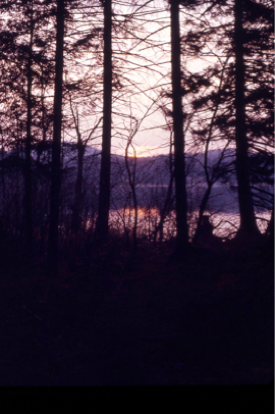





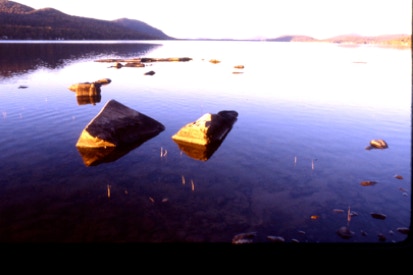
**************
JDM: author in waiting....
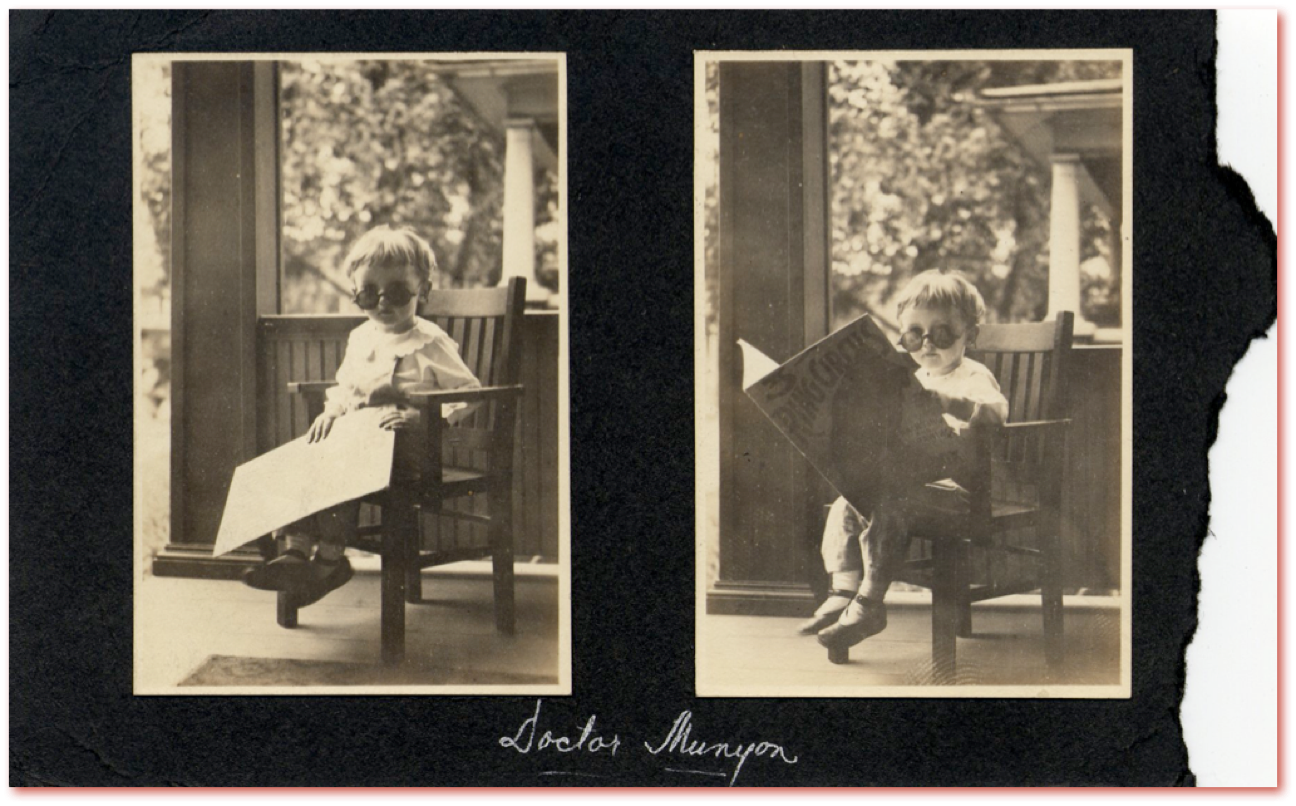
*****
HIGH SCHOOL YEARBOOK:

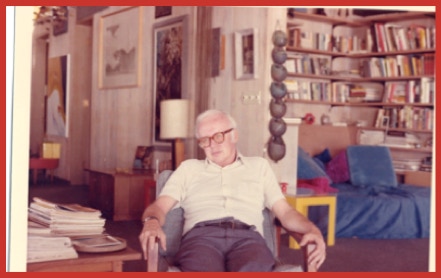
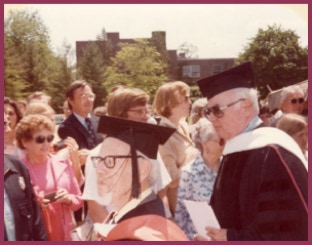


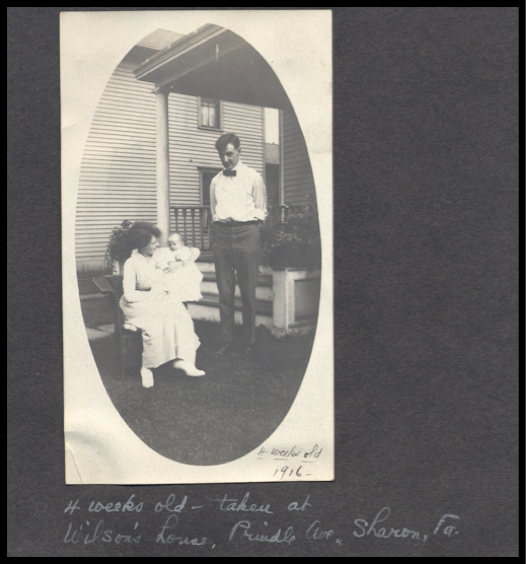
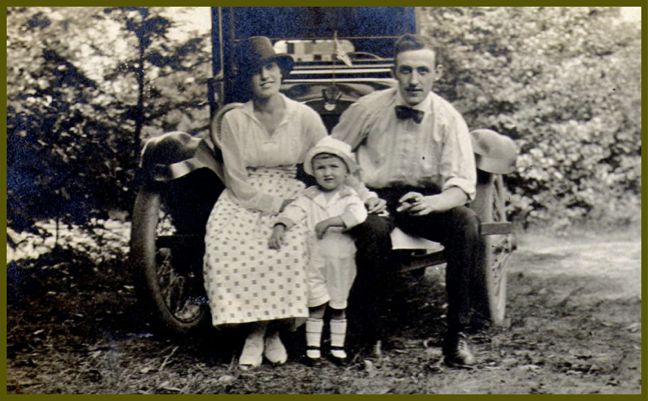
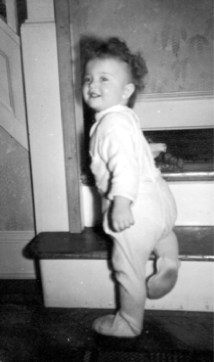
JDM around 1918-19
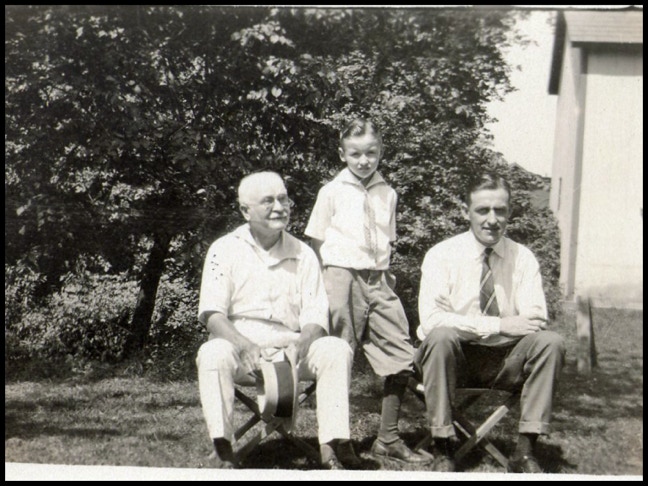
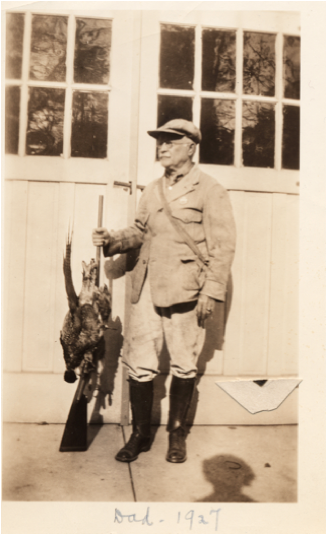
in 1950
*************************************************************************************
“Why detective Travis McGee spent time on Bleecker Street”
By MALIO CARDARELLI
Utica Observer-Dispatch
Posted Aug 27, 2007 @ 08:06 AM
He remembers that he sometimes was invited to lunch with them.
***************************************************************************************
The MacDonald's spent their first Florida winter in this Clearwater house:
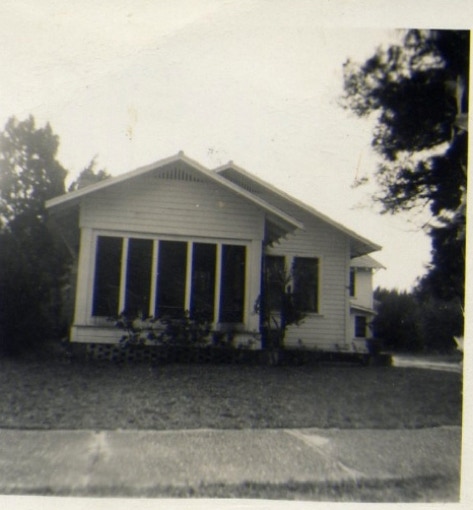
****************************************************************************************
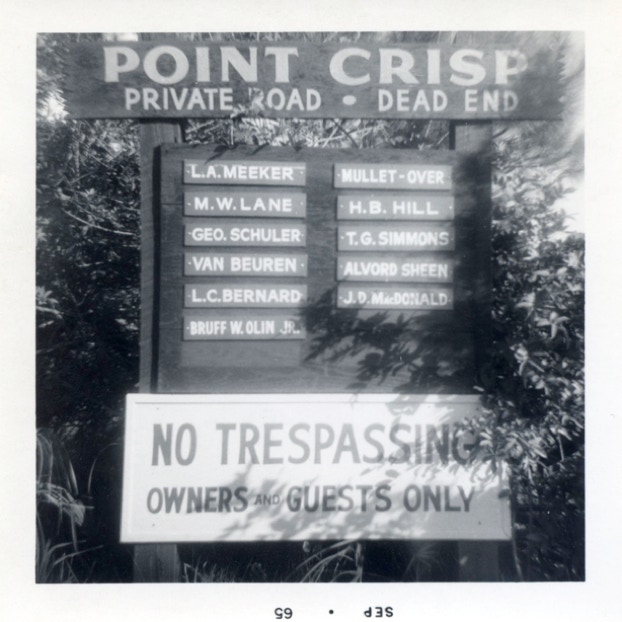
The magazine has it a bit wrong: the house was finished in 1968—not 1970.

from Maynard MacDoanald
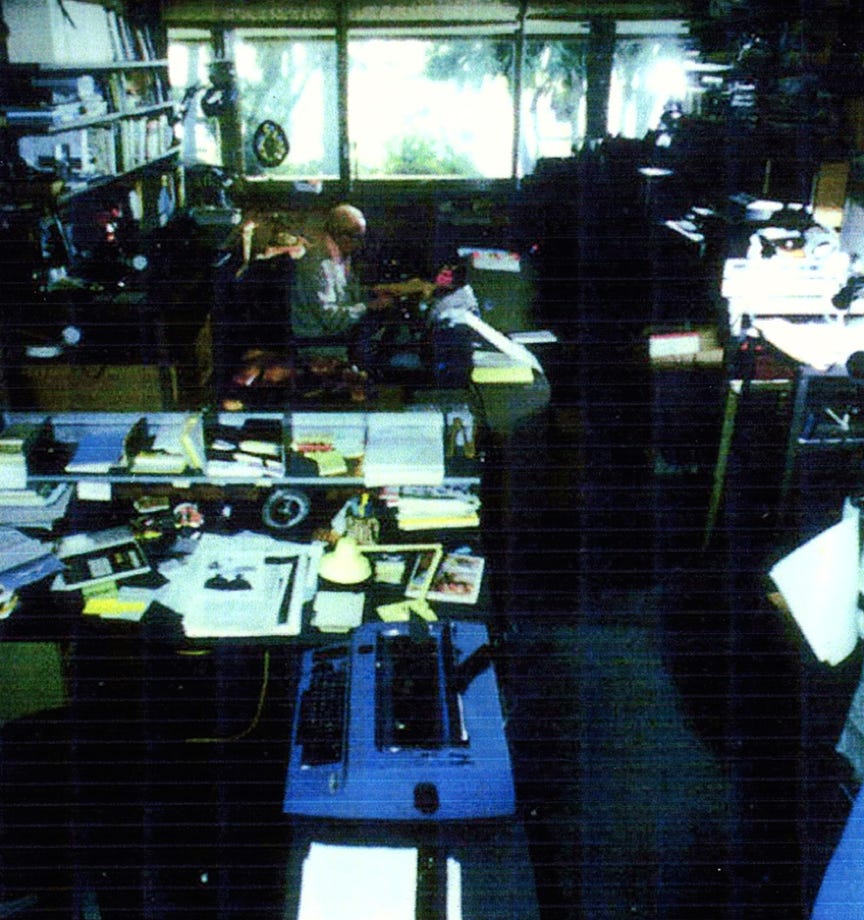
As the area lookstoday
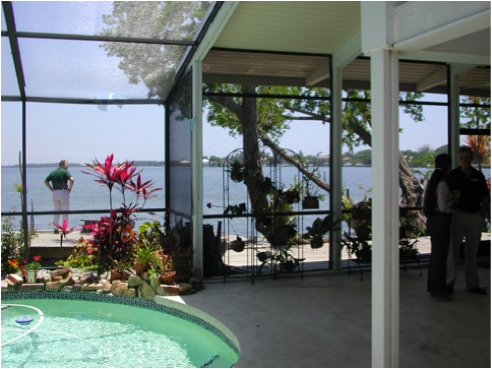
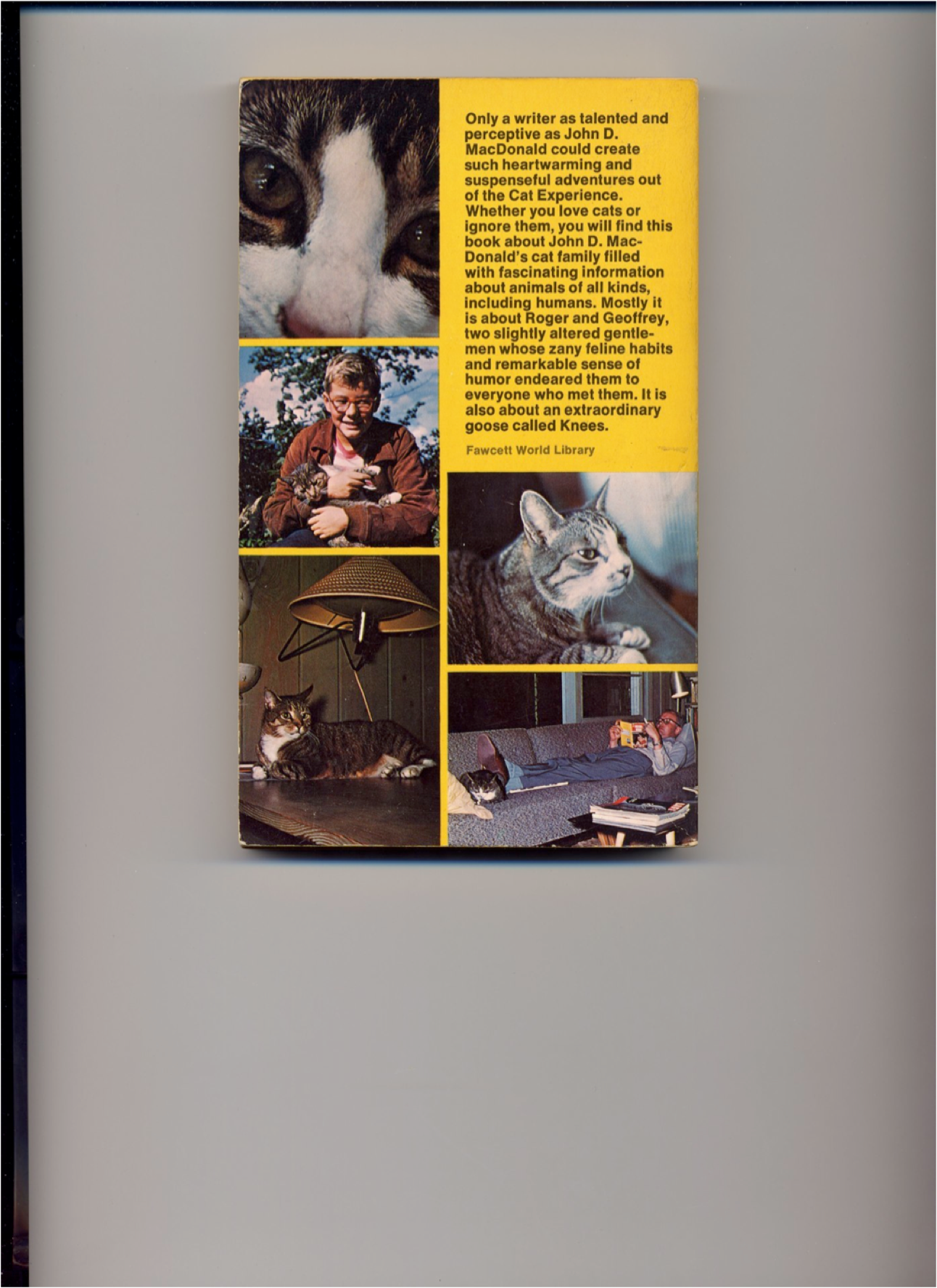
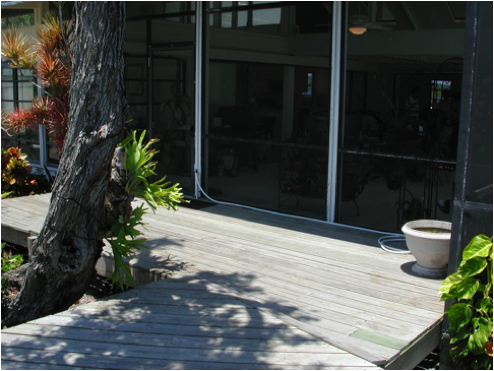
The compelling reason to move, as stated by JDM in early 1966:
SIESTA KEY H OME
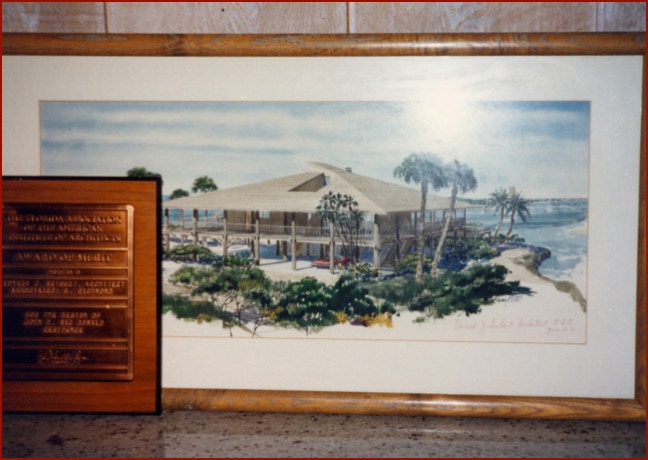
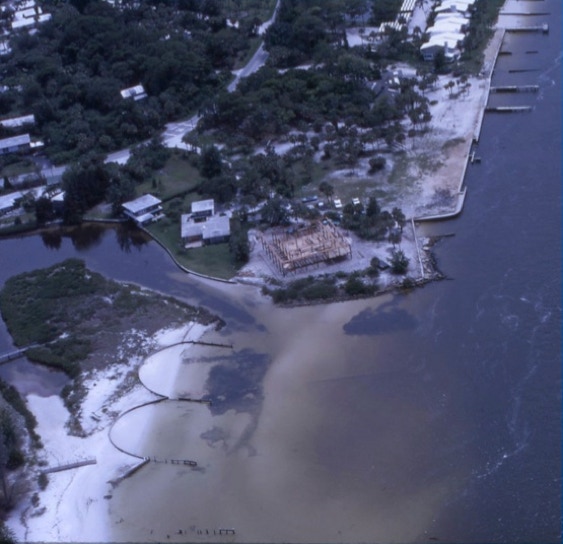

JDM at the nearly- completed home on Siesta Key.
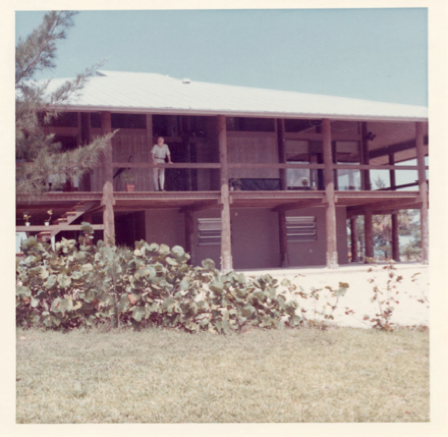
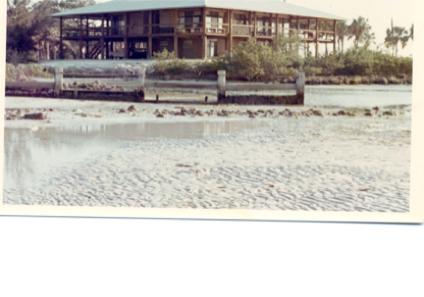
Interior Shot

Interior Shot
note the beamswhich go down 10 feet into the limestone below grade
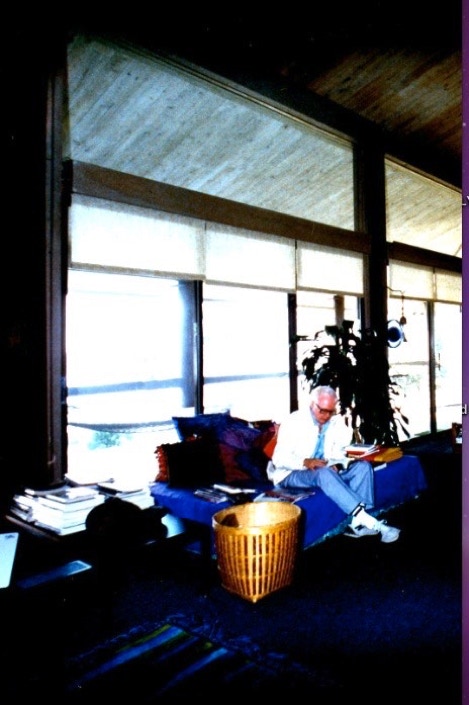

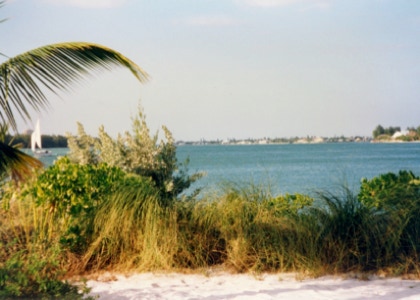
Edward J. “Tim” Seibert
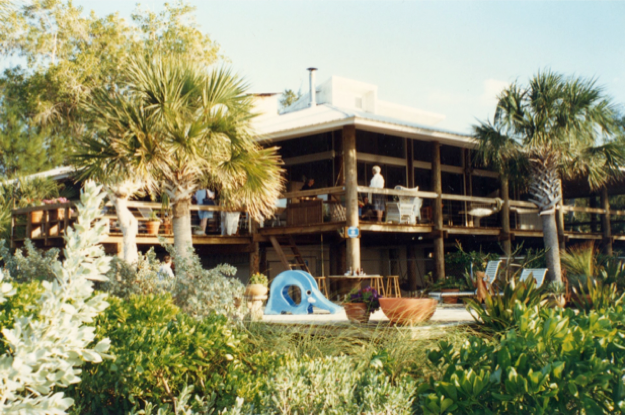
PISECO LAKE
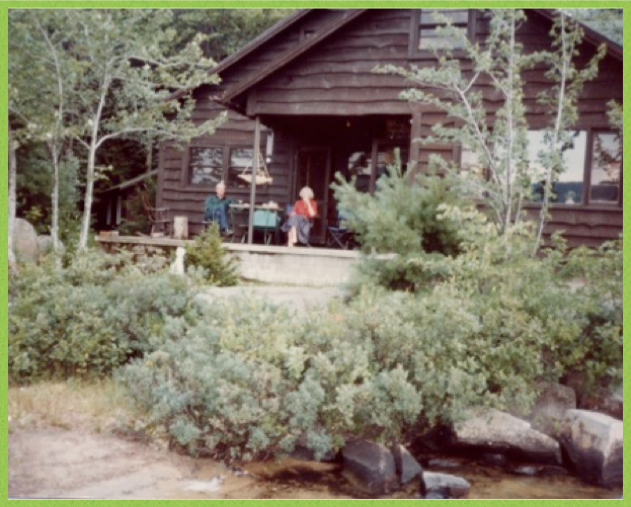
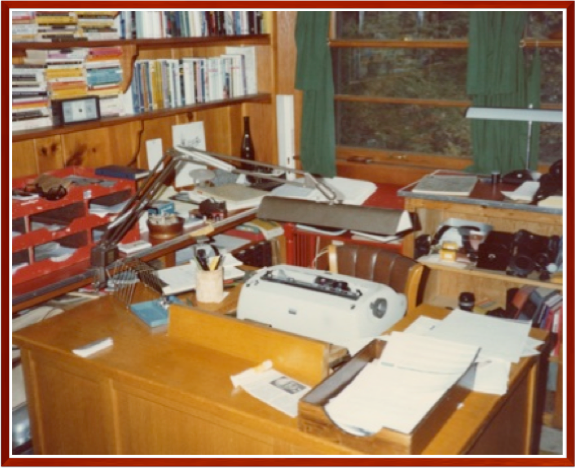
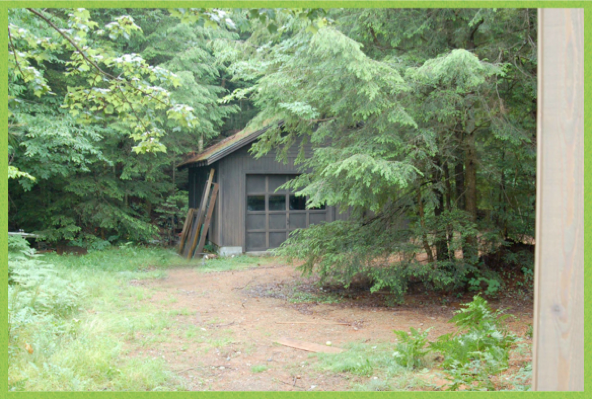
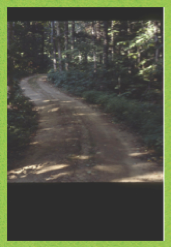

Below are some black and white photos taken in 1949 of the cabin construction.
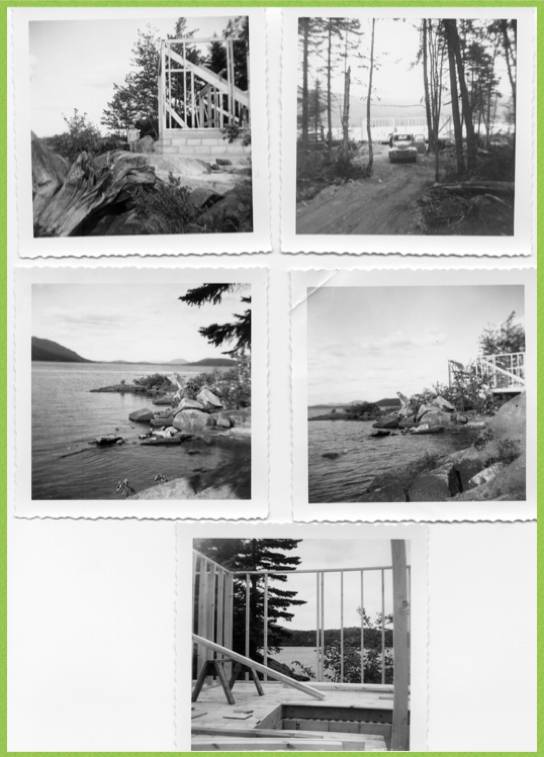

The front of the cabin has been changed considerably.

The rear of the cabin faces Piseco Lake, and is only about 50 feet from the water.
New owners Darla Oathout and Brad Dake,
Also pictured: Nola Branche
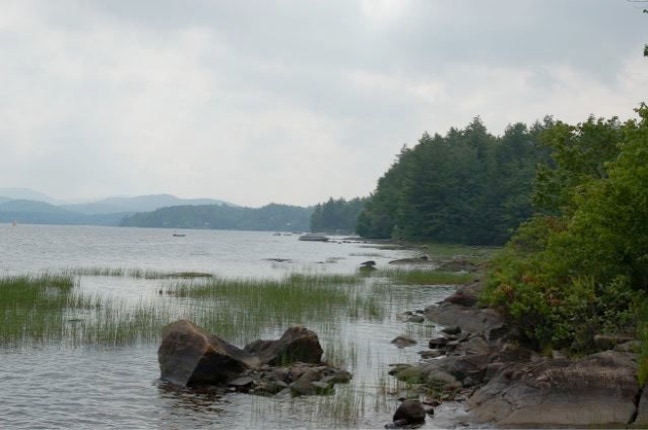
A view of the lake from the back of the cabin.

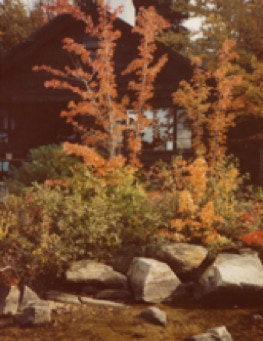
Winter and Fall views of the cabin.

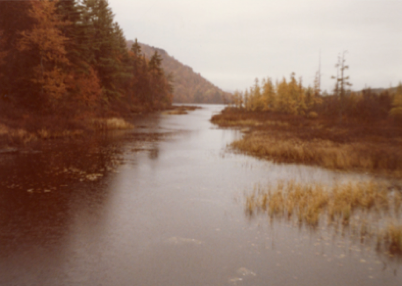
First, this tidbit from a letter to a friend:
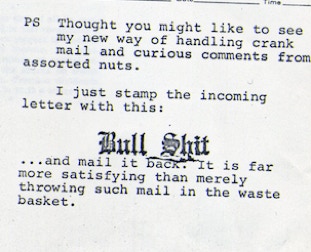
This was originally written as acontribution to an anthology aboutautomobiles that never materialized.)
* (Editor's Note: This was originally written as acontribution to an anthology aboutautomobiles that never materialized.)
;;,
from Sarasota Magazine:
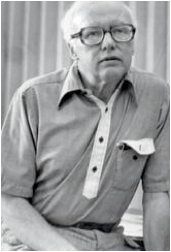
*********
By C. GERALD FRASER
Published: December 29, 1986
Steven J. Vaughan-Nichols
Steven J. Vaughan-Nichols
****************
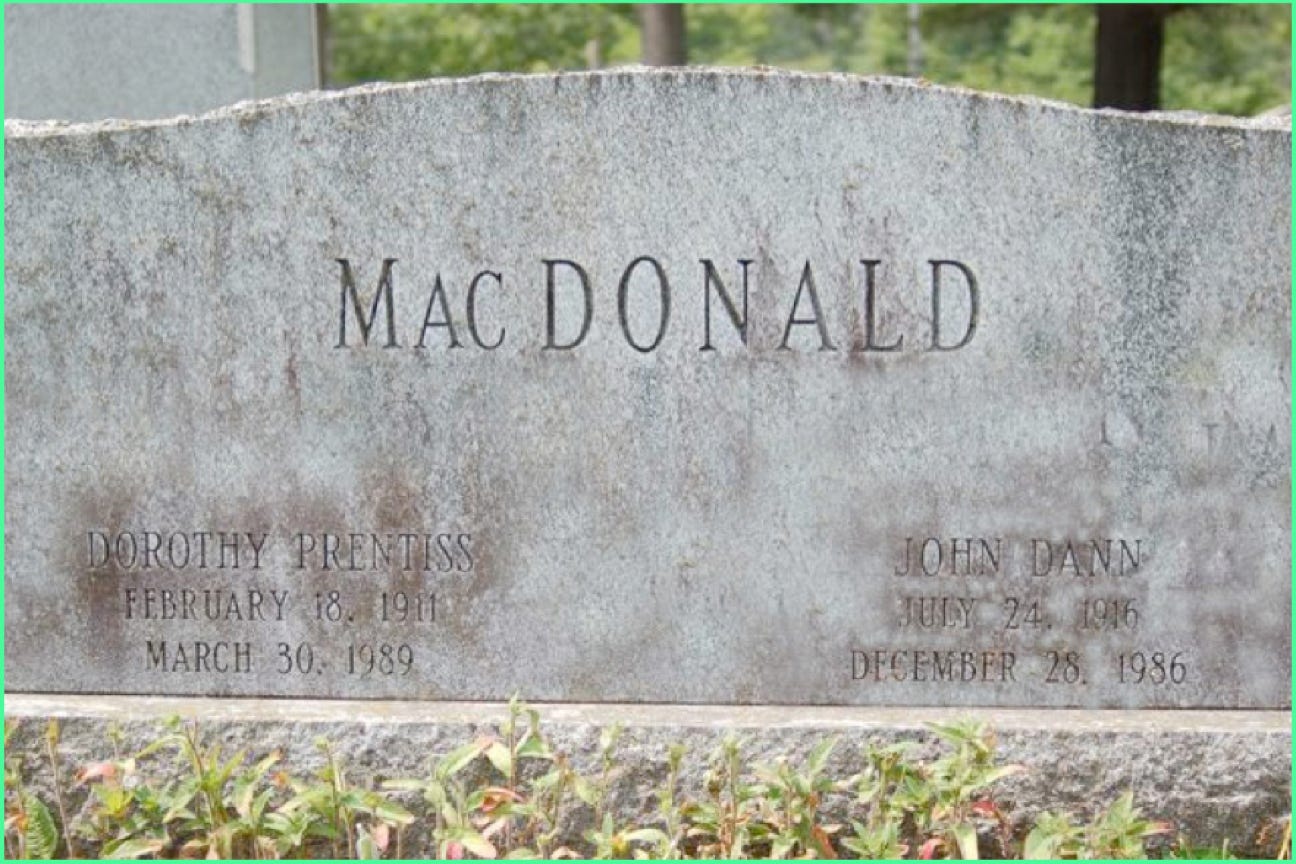
*******************************************************************************
This is a box of letters written by John D. and Dorothy MacDonald from May, 1943 to Sept. 1945. The letters have been digitized. After a careful editing the number of letters to be published were reduced to 165 out of 425 total.
A book:
Dear Dordo: The World War II Letters of Dorothy and John D. MacDonald, edited by Flo Turcotte, Cal and Nola Branche, has been published and is available at Amazon.com
The Collection is a great resource for JDM fans. There are 79 linear feet of JDM manuscripts , letters, tv and film deals, photos, personal correspondence, ephemera, and much more. It is perhaps the most comprehensive body of materials of a mystery author in the U.S.
*********************************************************************************
University of Florida Smathers Libraries - Special and Area Studies Collections March 2009
Here is a picture of one of the three manuscripts JDM wrote as he was developing the character of Travis McGee:
I need to add another reference to the inventory work of the late Walter Shine, for without his painstaking labors in the the Collection we would have had more of a problem identifying some materials. In addition, thanks to Maynard and Liliana MacDonald who first put the photos into labeled envelopes and brought them to the University after the death of Dorothy MacDonald in 1989.
My wife and I were asked by the University of Florida, Special Collections Department, to help re-organize the inventory of the Collection during April to May, 2007. It was a time-consuming, but very rewarding task. We are continuing the effort since the original time frame was not enough. We had to deal with 472 boxes, including 53 boxes of photographs, and about 50 boxes of slides. It took more than a year.

Abstract:John D. MacDonald (1916-1986) was a prolific Florida author of mystery and suspense novels, including 21 novels in the popular Travis McGee series. The collection is comprised of his manuscripts and other writings, personal and professional correspondence, screenplays and adaptations, reviews, family papers, photographs, audiovisual recordings, ephemera, financial records and business correspondence.
*********************************************************************************************
John Dann MacDonald was born July 24, 1916 in Sharon, Pennsylvania. While attending Syracuse School of Business, MacDonald met Dorothy Prentiss, and they were married in 1937. He went on to attend Harvard Business School and received an M.B.A. in 1939, and Dorothy gave birth to their son. During the war, MacDonald served in South Asia for the Office of Strategic Services (OSS). Following his discharge from military service in 1945, he began to write full-time. MacDonald’s first published short story, “Interlude in India,” appeared in Story magazine in the July/August 1946 issue. He continued selling his short stories to magazines while working on his first full-length novel,The Brass Cupcake, which was published in 1950. Two years and five novels later, MacDonald settled into his longtime home in Sarasota, Florida, where he wrote over sixty novels, contributed to anthologies and magazines, assisted in film and television adaptations of his writings, taught at New College, served on the board of directors of the Ringling School of Art, and participated in local environmental preservation efforts. He is best known for his series of detective novels featuring the protagonist Travis McGee, and is acknowledged as a master of the adventure-thriller genre. He was named a grand master of the Mystery Writers of America in 1972 and won the American Book Award in 1980. He was awarded honorary degrees from Hobart and William Smith Colleges and the University of South Florida. He died on December 28, 1986.
*************************************************************************************************
The John D. MacDonald Collection is comprised of manuscripts of the author's novels and other writings, personal and professional correspondence, screenplays and adaptations, reviews, family papers, photographs, audiovisual recordings, ephemera, financial records and business correspondence. The oldest items in the collection, particularly family photographs, date from the early 1800s, and the most recent items are from the late 1990s. However, the bulk of the materials date from 1916 to 1986, spanning MacDonald's life.
MacDonald was a prolific letter writer and his correspondents include Dan Rowan, editor Knox Burger, agent Max Wilkinson, and authors such as John Creasy, Mickey Spillane, Stephen King, John Jakes, and Kurt Vonnegut. The collection also includes a large amount of fan mail and correspondence with his publishers at Fawcett, Doubleday, Harper and Row, and Lippincott, among others.
Throughout this collection description, MacDonald's name is abbreviated as JDM and his wife, Dorothy Prentiss MacDonald, is frequently abbreviated as DPM. Several folder titles throughout the collection include commentaries written by MacDonald. These commentaries are included in parentheses and designated with quotation marks.
*****************************************************************************************
The Personal Correspondence includes correspondence with friends and family members, as well as some professional contacts who shared a personal relationship with the MacDonalds.
The Family and Personal Papers include correspondence and biographical information about JDM's family members and military service, material pertaining to personal property (homes, boats, etc.), medical correspondence, obituaries, calendars, and address books.
The Dorothy Prentiss MacDonald Papers include her personal correspondence, materials related to her paintings, and a number of notebooks and quote collections.
The Professional Correspondence primarily pertains to MacDonald's profession as an author, and includes correspondence with agents, publishers, editors, members of the media, and other authors.
The Business Correspondence includes correspondence of a business nature unrelated to the profession of writing, such as the sale of vehicles or property, the purchase of office equipment, personal investments and finances, etc.
The Academic Materials series contains materials related to MacDonald's involvement with various academic institutions such as New College, Ringling School of Art, and the University of Florida.
The Movies and Television series includes correspondence, publicity and clippings about movies and television productions based on MacDonald works.
The Contracts series includes legal contracts, correspondence, royalty reports, and other materials related to the publishing of specific works.
The Correspondence with Authors and Artists includes letters with other authors (established and novice), artists, and actors.
The Promotional Materials series includes correspondence and materials related to various promotional ventures that were not related to any specific work.
The Affiliations series includes correspondence, memos, newsletters, and news clippings related to MacDonald's professional affiliations, including the Crime Writers Association, the Mystery Writers of America, the Writer's Guild of America, and the Sarasota writers' "Friday Lunch Bunch."
The Civic and Political Affairs series includes correspondence, clippings, publications, and other materials related to MacDonald's various civic and political concerns, including environmental issues, political campaigns, and invitations for public appearances.
*************************************************************************
The Novels group contains typescripts, galleys, desk notes, correspondence, publicity, and news clippings pertaining to MacDonald's published novels and unpublished works.
The Short Works series includes poetry, series, anthologies, plays, television scripts by MacDonald, short stories, collective works, and special edition works.
The Articles series includes articles written by MacDonald for publication in magazines and newspapers, as well as requests for MacDonald to critique other authors and letters to the editor.
The Blurbs series includes appreciations, articles that mention JDM, quotes, news clippings with published photographs of JDM, and requests for JDM's thoughts on works by other authors.
The Secondary Sources and Works by Other Authors series is comprised of seven groups:
Articles and Publications by Other Authors (including items written about Travis McGee),
The Audio Visual Materials series is comprised of photographs and audio and video materials in several different formats.
In addition to the series described above, note that the collection also includes an Oversize Materials group. This series contains materials that are too large for regular folders and boxes. Some materials in Oversize are magazines, newspapers, artwork created for JDM, ephemera, movie posters, photographs, etc.
************************************************************************************************
The John D. MacDonald Collection is open for research, but access to several folders is restricted. Folders in the collection marked "Restricted" are closed to all use until December 2012. The majority of the Restricted folders are found in the Financial Records section of the collection, although there are multiple Correspondence folders throughout the collection that are restricted and closed to all use.
*************************************************************************************************
Copyright to the works of John D. MacDonald is held by his estate. Under existing copyright law, this protection shall remain in effect through 2056. Inquiries concerning publication of MacDonald's works should be directed to George Diskant, Diskant and Associates, 116 East de la Guerra Street #7, Santa Barbara, CA 93101.
Other material in the Collection may be restricted by other copyright owners. Please consult with Department staff when trying to determine copyright status.
**********************************************************************************************
Many of the published works of John D. MacDonald can be found in the Rare Books Collection of the University of Florida Smathers Libraries. These works are accessible using the library online catalog. An excellent bibliography of MacDonald's work can be found on the John D. MacDonald Home page: jdmhomepage.org
[Identification of item], John D. MacDonald Collection, Special and Area Studies Collections, George A. Smathers Libraries, University of Florida, Gainesville, Florida.
**********************************************************************************************
The John D. MacDonald Collection was partially processed by Department staff upon its original deposit in the 1970s. Additional processing occurred in the 1980s and 1990s after the Collection was formally transferred to the Smathers Libraries upon MacDonald's death in 1986. In 2008-2009 the Collection was rearranged to improve access. This collection description reflects the current arrangement of the Collection, but previous collection descriptions are retained on file in the Department.
Several staff members participated in the processing, including archivist Florence Turcotte and students Jess Campbell, Tiffany Baglier, Travis Lajoie, Rachel Walton, and Meaghan Monaghan. Expert consultation was provided by Cal and Nola Branche.
**********************************************************************************************
Due to its large size this descriptive finding aid has been broken into several pages, but an alternate full version of the finding aid is available athttp://web.uflib.ufl.edu/spec/manuscript/guides/MacDonaldfull.htm.
For further information, please contact: Special Collections Access Services.
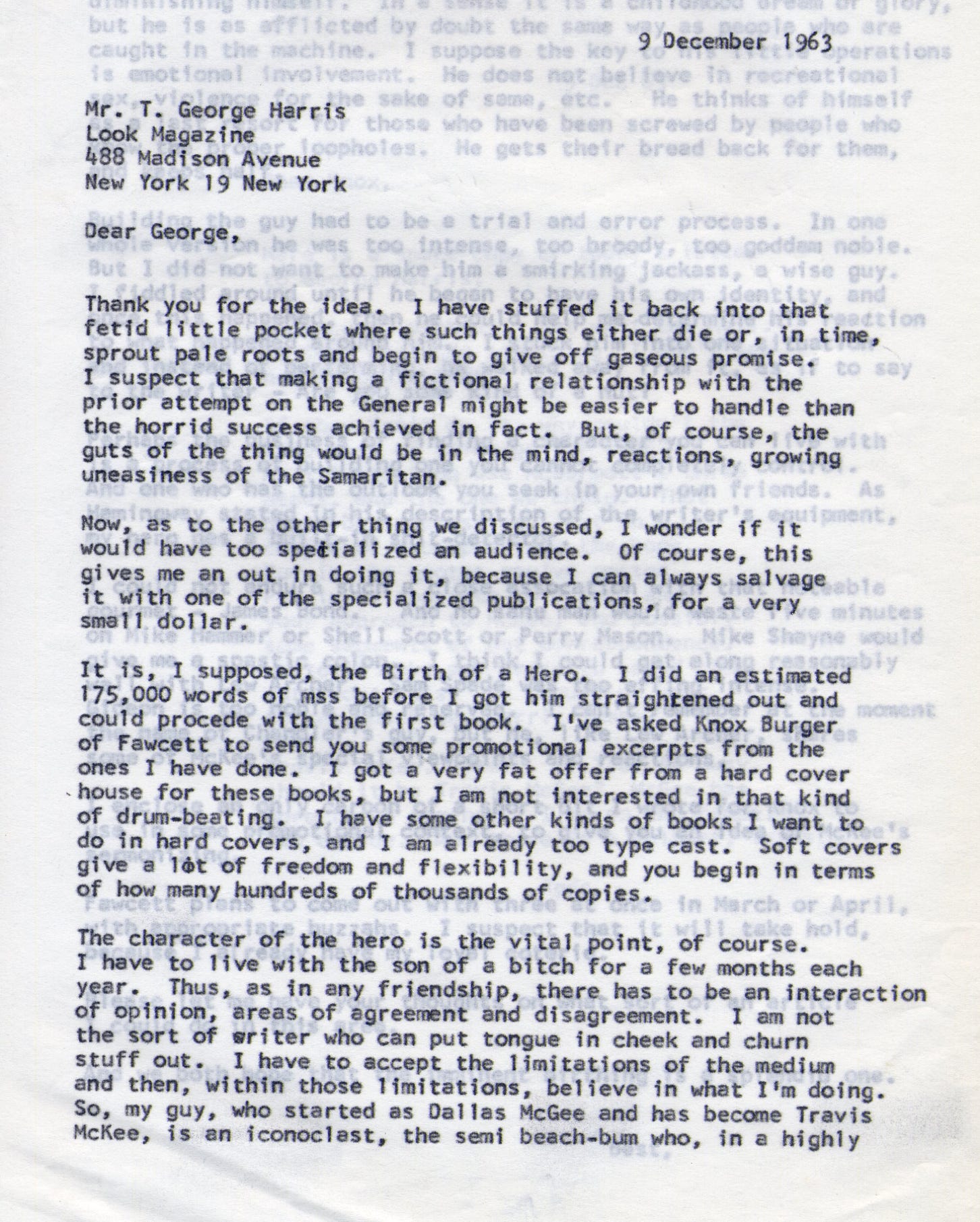
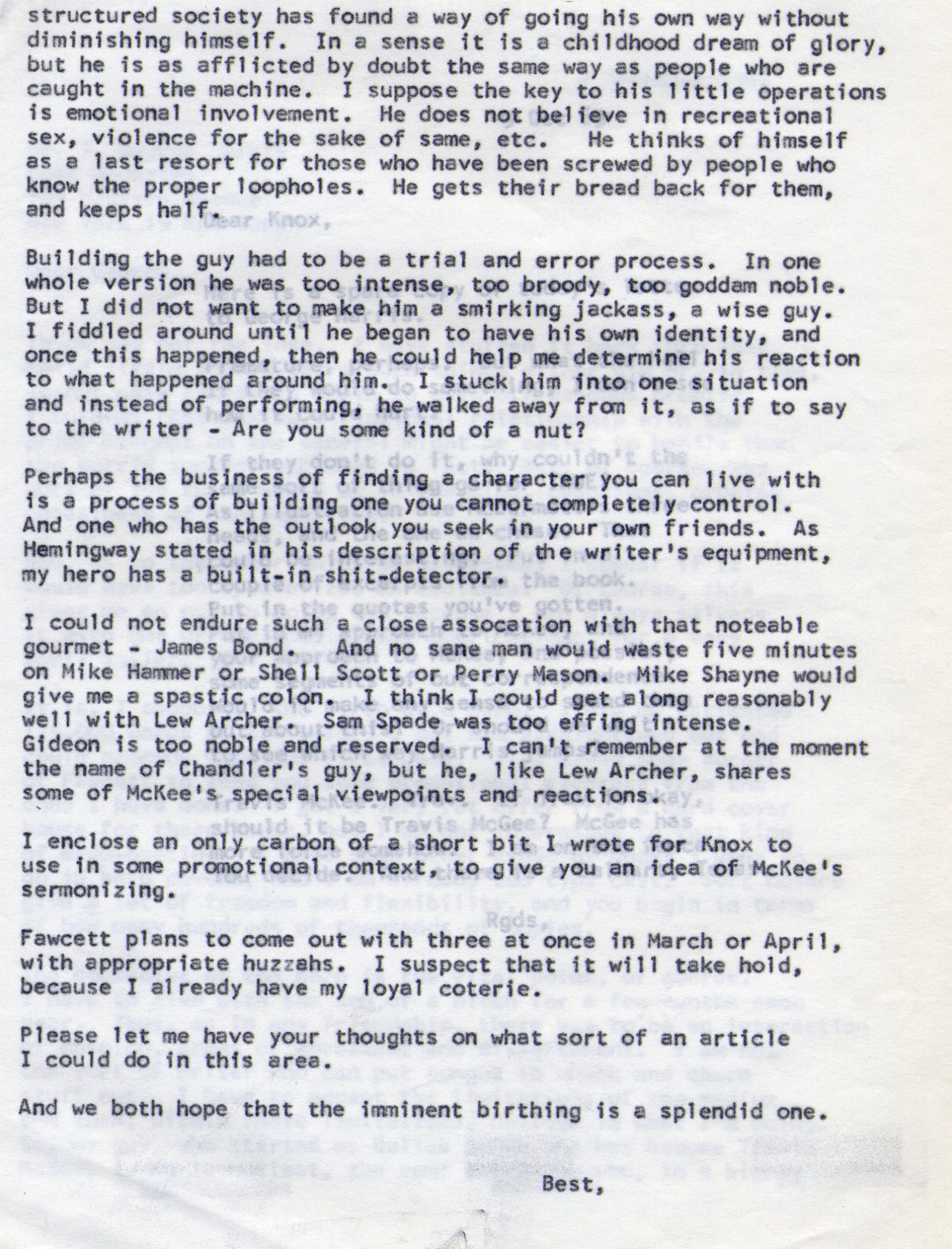
Winners of the John D. MacDonald Award for Excellence in Florida Fiction include:
Under the auspices of Green Flash Salvage, a successor to an earlier JDM group, the award has been continued.
This is Green Flash Salvage and Tim Dorsey. ( from left: Cal Branche, Karen Turville, Jay Davis, and in back, Tim Dorsey.

Largely due to the efforts of Karen Turville JDM was inducted into the Florida Hall of Fame in 1991.
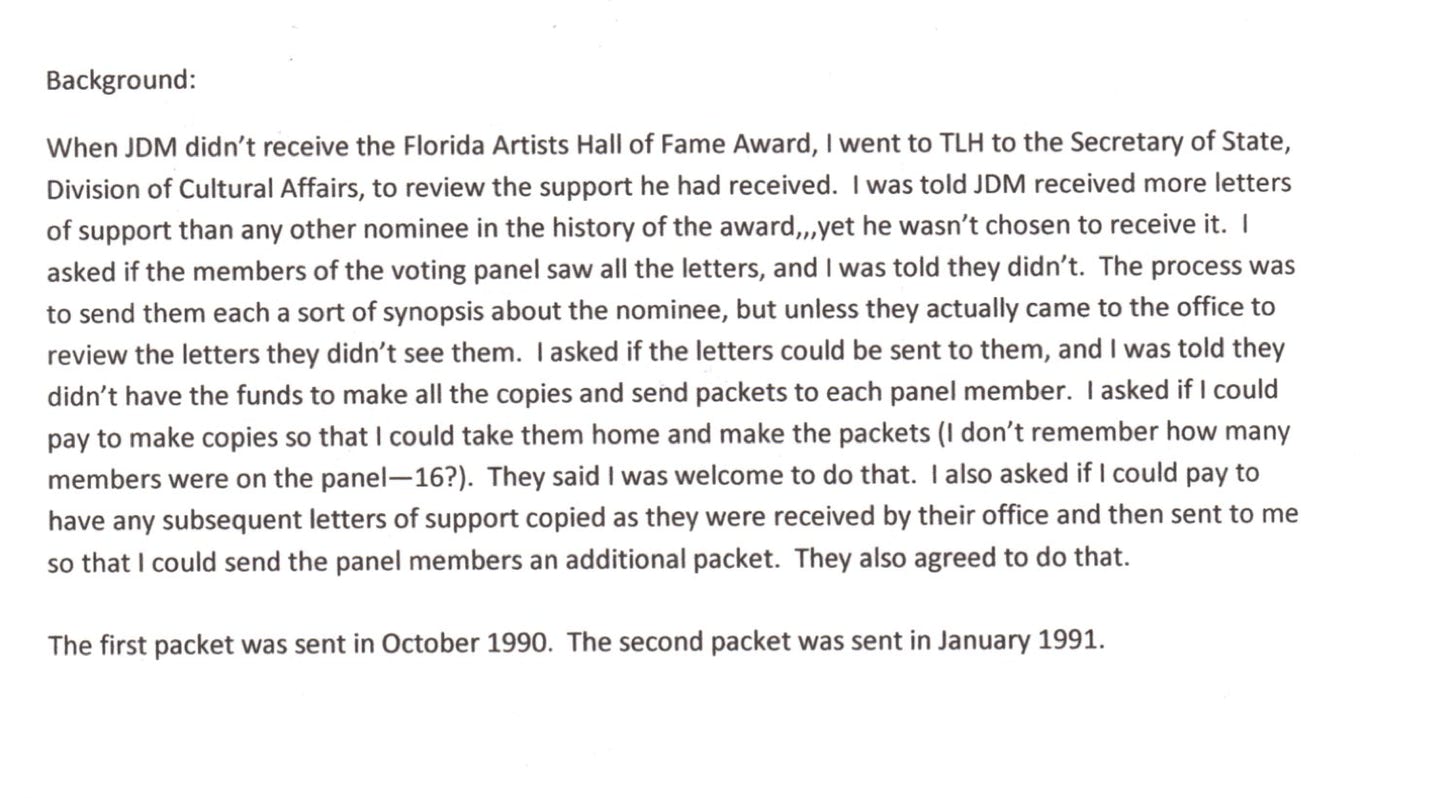
This is the Florida Senate Resolution recognizing MacDonald
**************************************************************************************************************************************
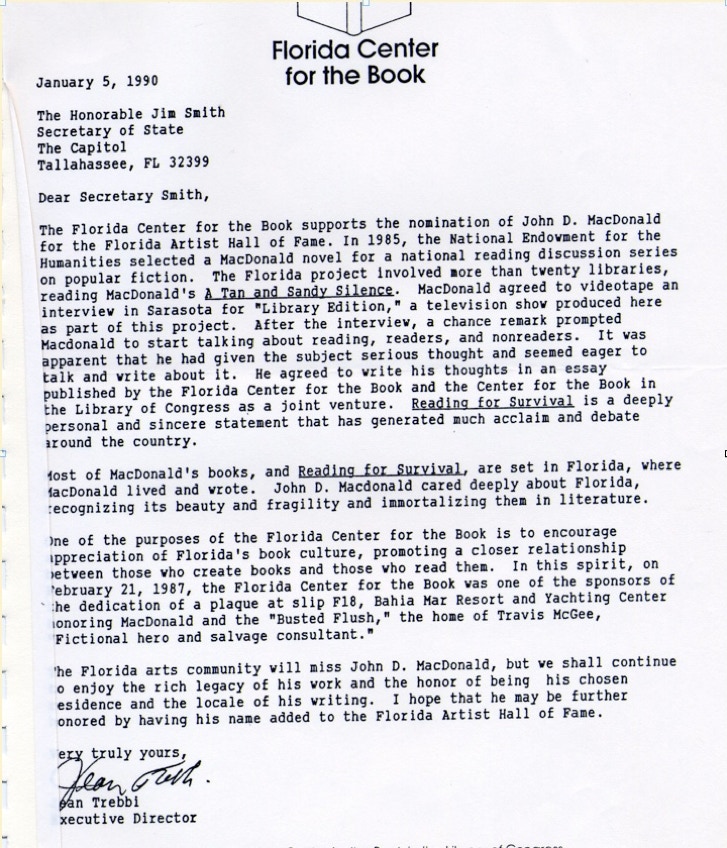
**************************************************************************************************
The Anthony Boucher Memorial Mystery Convention: the World Mystery Conference, shall be held once a year to honor the memory of William Anthony Parker White. The purpose of the conference is to provide a place for fans and practitioners in the field of mystery fiction to gather. It will be commonly referred to as Bouchercon with the appropriate sequential number appended.
Stephen King flew in from Maine just to introduce MacDonald as Guest of Honor.
Below, JDM delivered some remarks on his beginnings in the pulp fiction area before becoming published in paperback and hard-cover.
*******************************************************************************************
I was fortunate to moderate a panel on Florida crime/mystery/detective fiction at the 1997 Bouchercon. The Bouchercon is an outstanding event where more than 3,000 fans gather each year. The event is held in various cities, and is somewhat unique in that fans vie to host the event, and a guiding panel assigns the "victors."
FYI: past and future sites for Bouchercon, usually held in late September or early October .
John D. MacDonald was known for his intense interest in the passing of Florida’s natural wonders in the face of ever-continuing construction.
Many of his novels reflect a deep appreciation of the habitat which sets Florida apart from other places, including, of course, the Everglades. The John D. MacDonald Enviornmental Award is a fitting tribute to the author, and to others who follow him in their artistic endeavors to keep enviornmental awareness alive.
Winner of the first-ever John D. MacDonald Environmental Award: Jimmy Buffett
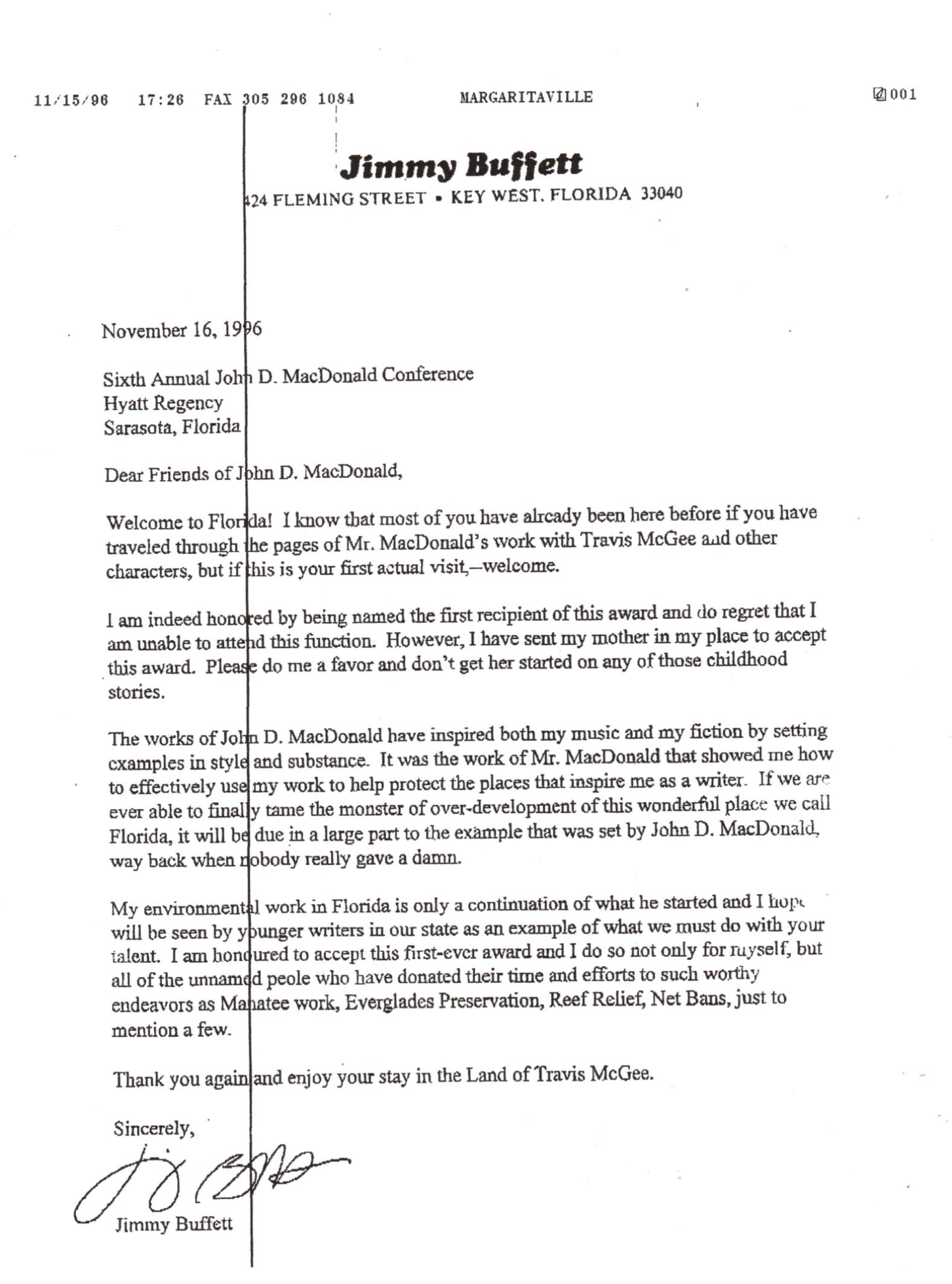
The second Envioronmental Award was given to Carl Hiaasen
at the MYSTERY: THE FLORIDA CONNECTION conference in April, 2002., especially for his columns and books which portray a deep love for the Florida environment.
Although subsequent awards have yet to be given, there are some outstanding candidates, chief among whom are the great number of Florida folk-singers who keep alive the idea of preserving Florida's environment, away from those developers whose only desire seems to be, as JDM put it once: "...to pave over everything in the state!!”
And Clyde Butcher, whose photography has illuminated the beauty of natural Florida.
There are a couple of websites which have various quotes from MacDonald’s books. I am putting down some I like, and you are free to add any by e-mailing me.
fromA Flash of Green:
"Now it stands to reason, mister, any damn fool stares into the sun long enough, he'll end up seeing exactly what some other damn fool tells him he's going to see."
from: the Green Ripper :
A fanatic is a person who redoubles his effort when he has forgotten his original aim.
So they sat, holding hands, and Jan fell asleep. Puss gave me a sleepywink and then she was gone too. I looked out of the jet at December gray, at cloud towers reaching up toward us. Tush was gone, and too many others were gone, and I sought chill comfort in an analogy of death that has been with me for years. It doesn't explain or justify. It just seems to remind me how things are.
Picture a very swift torrent, a river rushing down between rocky walls. There is a long, shallow bar of sand and gravel that runs right down the middle of the river. It is under water. You are born and you have to stand on that narrow, submerged bar, where everyone stands. The ones born before you, the ones older than you, are upriver from you. The younger ones stand braced on the bar down river. And the whole long bar is slowly moving down that river of time, washing away at the upstream end and building up downstream.
Your time, the time of all your contemporaries, schoolmates, your loves and your adversaries, is that part of the shifting bar on which you stand. And it is crowded at first. You can see the way it thins out, upstream from you. The old ones are washed away and their bodies go swiftly by, like logs in the current. Downstream where the younger ones stand thick, you can see them flounder, lose footing, wash away. Always there is more room where you stand, but always the swift water grows deeper, and you feel the shift of the sand and the gravel under your feet as the river wears it away. Someone looking for a safer place can nudge you off balance, and you are gone. Someone who has stood beside you for a long time gives a forlorn cry and you reach to catch their hand, but the fingertips slide away and they are gone.There are the sounds in the rocky gorge, the roar of the water, the shifting, gritty sound of sand and gravel underfoot, the forlorn cries of despair as the nearby ones, and the ones upstream, are taken by the current. Some old ones who stand on a good place, well braced,understanding currents and balance, last a long time. A Churchill, fat cigar atilt, sourly amused at his own endurance and, in the end, indifferent to rivers and the rage of waters. Far downstream from you are the thin, startled cries of the ones who never got planted, never got set, never quite understood the message of the torrent
“Somebody has to be tireless...or the fast buck operators would asphalt the entire coast, fill every bay and slay every living thing incapable of carrying a wallet.
* "...it is like what we have done to chickens. Forced growth under optimum conditions, so that in eight weeks they are ready for the mechanical picker. The most forlorn and comical statements are the ones made by the grateful young who say Now I can be ready in two years and nine months to go out in and earn a living rather than wasting 4 years in college. Education is something that should be apart from the necessities of earning a living, not a tool therefore. It needs contemplation, fallow periods, the measured and guided study of the history of man’s reiteration of the most agonizing question of all: Why? Today the good ones, the ones who want to ask why, find no one around with any interest in answering the question, so they drop out, because theirs is the type of mind which becomes monstrously bored at the trade-school concept. A devoted technician is seldom an educated man. He can be a useful man, a contented man, a busy man. But he has no more sense of the mystery and wonder and paradox of existence than does one of those chickens fattening itself for the mechanical plucking, freezing and packaging."
__
Education is something which should be apart from the necessities of earning a living, not a tool therefore. It needs contemplation, fallow periods, the measured and guided study of the history of man's reiteration of the most agonizing question of all: Why? Today the good ones, the ones who want to ask why, find no one around with any interest in answering the question, so they drop out, because theirs is the type of mind which becomes monstrously bored at the trade-school concept.
* "The only thing in the world worth a damn is the strange, touching, pathetic, awesome nobility of the individual human spirit.”
--to me organized religion, the formalities and routines, it's like being marched in formation to look at a sunset.
* "I know just enough about myself to know I cannot settle for one of those simplifications which indignant people seize upon to make understandable a world too complex for their comprehension. Astrology, health food, flag waving, bible thumping, Zen, nudism, nihilism -- all of these are grotesque simplifications which small dreary people adopt in the hope of thereby finding The Answer, because the very concept that maybe there is no answer, never has been, never will be, terrifies them."
* "I think there is some kind of divine order in the universe. Every leaf on every tree in the world is unique. As far as we can see, there are other galaxies, all slowly spinning, numerous as the leaves in the forest. In an infinite number of planets, there has to be an infinite number with life forms on them. Maybe this planet is one of the discarded mistakes. Maybe it's one of the victories. We'll never know."
fromDress Her in Indigo:
* "Any man who outgrows the myths of childhood is ninety-nine percent aware and convinced of his own mortality. But then comes the chilly breath on the nape of the neck, a stirring of the air by the wings of the bleak angel. When a man becomes one hundred percent certain of his inevitable death, he gets The Look."
FromThe Long Lavender Look:
* "The only thing that prisons demonstrably cure is heterosexuality."
fromA Tan and Sandy Silence:
Note: This quote has often been used as if JDM wrote it as a poem:
* "Up with life. Stamp out all small and large indignities. Leave everyone alone to make it without pressure. Down with hurting. Lower the standard of living. Do without plastics. Smash the servo-mechanisms. Stop grabbing. Snuff the breeze and hug the kids. Love all love. Hate all hate."
.. The trouble with the news is that everybody knows everything too fast and too often and too many times. News had always been bad. The tiger the lives in the forest just ate your wife and kids, Joe. There are no fat grub worms under the rotten logs this year, Al. Those sickies in the village on the other side of the mountain are training hairy mammoths to stomp us flat, Pete. They nailed up two thieves and one crackpot, Mary. So devote wire service people and network people and syndication people to gathering up all the bad news they can possibly dredge and comb and scrape out of a news-tired world and have them spray it back at everybody in constant streams of electrons, and two things happen. First, we all stop listening, so they have to make it even more horrendous to capture our attention. Secondly we all become even more convinced that everything has gone rotten, and there is no hope at all, no hope at all. In a world of no hope the motto issemper fidleis, which means in translation, "Every week is screw-your-buddy week and his wife too, if he's out of town."
* "We're all children. We invent the adult facade and don it and try to keep the buttons and the medals polished. We're all trying to give such a good imitation of being an adult that the real adults in the world won't catch on. Each of us takes up the shticks that compose the adult image we seek. I'd gone the route of lazy, ironic bravado, of amiable, unaffiliated insouciance. Tinhorn knights of a stumbling Rosiante from Rent-A-Steed, maybe with one little area of the heart so pinched, so parched, I never dared let anything really lasting happen to me. Or dared admit the the flaw...
"The adult you pretend to be convinces himself that the risk is worth the game, the game worth the risk. Tells himself the choice of life style could get him killed -- on the Daytona track, in the bull ring, falling from the raw steel framework forty stories up, catching a rodeo hoof in the side of the head.
"Adult pretenses are never a perfect fit for the child underneath, and when there is the presentiment of death, like a hard black light making panther eyes glow in the back of the cave, the cry is, 'Mommy, mommy, mommy, it's so dark out there, so dark and so forever.'"
fromThe Scarlet Ruse:
* "Way over half the murders committed in this country are by close friends or relatives of the deceased. A gun makes a loud and satisfying noise in a moment of passion and requires no agility and very little strength. How many murders wouldn't happen, if they all had to use hammers and knives?”
And that, of course, is the tragic flaw in the narcotics laws -- that possession of marijuana is a felony. Regardless of whether it is as harmless as some believe, or as evil and vicious as others believe, savage and uncompromising law is bad law, and the good and humane judge will jump at any technicality that will keep him from imposing a penalty so barbaric and so cruel. The self-righteous pillars of church and society demand that "the drug traffic be stamped out" and think that making possession a felony will do the trick. Their ignorance of the roots of the drug traffic is as extensive as their ignorance of the law.
Let's say a kid in Florida, a college kid eighteen years old, is picked up with a couple of joints on him. He is convicted of possession, which is an automatic felony, and given a suspended sentence. What has he lost? The judge who imposes the sentence knows the kid has lost the right to vote, the right to own a gun, the right to run for public office. He can never become a doctor, dentist, C.P.A., engineer, lawyer architect, realtor, osteopath, physical therapist, private detective, pharmacist, school teacher, barber, funeral director, masseur, or stock broker. He can never get any job where he has to be bonded or licensed. He can't work for the city, county, or federal governments. He can't get into West Point, Annapolis, or the Air Force Academy. He can enlist in the military, but will be denied his choice of service, and probably be assigned to a labor battalion.
It is too rough. It slams too many doors. It effectively destroys the kid's life. It is too harsh a penalty for a little faddist experimentation. The judge knows it. So he looks for any out, and then nothing at all happens to the kid. Too many times harsh law ends up being, in effect, no law at all. All automatic felony laws are, without exception, bad law, from the Sullivan Act in New York State, to the hit and run in California. They destroy the wisdom and discretion of the Court, and defeat the purposes they are meant to serve.
fromThe Dreadful Lemon Sky:
"It was easy to see the shape and history of Bayside, Florida. There had been a little town on the bay shore, a few hundred people, a sleepy downtown with live oaks and Spanish moss. Then International Amalgamated Development had moved in, bought a couple of thousand acres, and put in shopping centers, town houses, condominiums, and rental apartments, just south of town. Next had arrived Consolidated Construction Enterprises and done the same thing north of town. Smaller operators had done the same things on a smaller scale west of town. When downtown decayed, the town fathers widened the streets and cut down the shade trees in an attempt to look just like a shopping center. It didn't work. It never does. This was instant Florida, tacky and stifling and full of ugly and spurious energies. They had every chain food-service outfit known to man, interspersed with used-car lots and furniture stores."
...it isn't foolish or wicked to enjoy. Wickedness is hurting people on purpose. I love what you are and what you are and how you are. You give me great joy. And you make horrible coffee.
By feeling insecure about our making love, Nina, you make the inference that we are a pair of cheap people involved in some cheap pleasant friction. Pull on the pants and walk away, adding up the score. I think we're interested in each other, involved with each other, curious about each other. This was a part of exploring and learning. When it's good you learn something about yourself too. If the spirit is involved, if there is tenderness and respect and awareness of need, that's all the morality I care about.
It's no good telling somebody they're trying too hard. It's very much like ordering a child to go stand in a corner for a half hour and never once think about elephants.
I am not suited to the role of going around selling the life-can-be-beautiful idea. It can be, indeed. But you don't buy the concept from your friendly door-to-door lecture salesman.
"It was easy to see the shape and history of Bayside, Florida. There had been a little town on the bay shore, a few hundred people, a sleepy downtown with live oaks and Spanish moss. Then International Amalgamated Development had moved in, bought a couple of thousand acres, and put in shopping centers, town houses, condominiums, and rental apartments, just south of town. Next had arrived Consolidated Construction Enterprises and done the same thing north of town. Smaller operators had done the same things on a smaller scale west of town. When downtown decayed, the town fathers widened the streets and cut down the shade trees in an attempt to look just like a shopping center. It didn't work. It never does. This was instant Florida, tacky and stifling and full of ugly and spurious energies. They had every chain food-service outfit known to man, interspersed with used-car lots and furniture stores."
Most people are [blind]. Eyesight is what you use to get around without running into things. But they find no esthetic value in what they see.
Carrying a gun, especially a very utilitarian one, has the bully boy flavor of the ersatz male, the fellow with such a hollow sense of inadequacy has has to bolster his sexual ego with a more specific symbol of gonadal prowess.
And that, of course, is the tragic flaw in the narcotics laws -- that possession of marijuana is a felony. Regardless of whether it is as harmless as some believe, or as evil and vicious as others believe, savage and uncompromising law is bad law, and the good and humane judge will jump at any technicality that will keep him from imposing a penalty so barbaric and so cruel. The self-righteous pillars of church and society demand that "the drug traffic be stamped out" and think that making possession a felony will do the trick. Their ignorance of the roots of the drug traffic is as extensive as their ignorance of the law.
Let's say a kid in Florida, a college kid eighteen years old, is picked up with a couple of joints on him. He is convicted of possession, which is an automatic felony, and given a suspended sentence. What has he lost? The judge who imposes the sentence knows the kid has lost the right to vote, the right to own a gun, the right to run for public office. He can never become a doctor, dentist, C.P.A., engineer, lawyer architect, realtor, osteopath, physical therapist, private detective, pharmacist, school teacher, barber, funeral director, masseur, or stock broker. He can never get any job where he has to be bonded or licensed. He can't work for the city, county, or federal governments. He can't get into West Point, Annapolis, or the Air Force Academy. He can enlist in the military, but will be denied his choice of service, and probably be assigned to a labor battalion.
It is too rough. It slams too many doors. It effectively destroys the kid's life. It is too harsh a penalty for a little faddist experimentation. The judge knows it. So he looks for any out, and then nothing at all happens to the kid. Too many times harsh law ends up being, in effect, no law at all. All automatic felony laws are, without exception, bad law, from the Sullivan Act in New York State, to the hit and run in California. They destroy the wisdom and discretion of the Court, and defeat the purposes they are meant to serve.
—We’vediscussed what he calls the Shah of Iran paradox. When you crush a rebellion by killing people who are trying to overthrow your government and install their own, at what point are you violating their human rights, and at what point are they violating yours? The Shah let Khomeni escape to Paris. And Batista let Castro leave the country. At what point on the scale are people dissidents, and at what point does it become armed rebellion?
--
Walking back through the mall to the exit nearest our part of the parking lot, we passed one shop which sold computers, printers, software, and games. It was packed with teenagers, the kind who wear wire rims and know what the new world is about. The clerks were indulgent, letting them program the computers. Two hundred yards away, near the six movie houses, a different kind of teenager shoved quarters into the space-war games, tensing over the triggers, releasing the eerie sounds of extraterrestrial combat. Any kid back in the computer store could have told the combatants that because there is no atmosphere in space, there is absolutely no sound at all. Perfect distribution: the future managers and the future managed ones. Twenty in the computer store, two hundred in the arcade.
The future managers have run on past us into the thickets of CP/M, M-Basic, Cobol, Fortran, Z-80, Apples, and Worms. Soon the bosses of the microcomputer revolution will sell us preprogrammed units for each household which will provide entertainment, print out news, purvey mail-order goods, pay bills, balance accounts, keep track of expenses, and compute taxes. But by then the future managers will be over on the far side of the thickets, dealing with bubble memories, machines that design machines, projects so esoteric our pedestrian minds cannot comprehend them. It will be the biggest revolution of all, bigger than the wheel, bigger than Franklin's kite, bigger than paper towels.
We all think of the inconvenience of making an effort. We're all going to do the right things a little later on. Soon. But soon slides by so easily. Then we vow we'll try to do better. We all carry that little oppressive weight around in the back of our mind -- that we should be living better, trying harder, but we're not. We're all living just about as well as we can at any given moment. But that doesn't stop the wishing.
-.. I do not function too well on emotional motivations. I am wary of them. And I am wary of a lot of other things, such as plastic credit cards, payroll deductions, insurance programs, retirement benefits, savings accounts, Green Stamps, time clocks, newspapers, mortgages, sermons, miracle fabrics, deodorants, check lists, time payments, political parties, lending libraries, television, actresses, junior chambers of commerce, pageants, progress, and manifest destiny.
I am wary of the whole dreary deadening structured mess we have built into such a glittering top-heavy structure that there is nothing left to see but the glitter, and the brute routines of maintaining it.
-Abstract theory by McGee. My tourist theory. Any Ohioan crossing the state line into Florida should be fitted with a metal box that rests against the small of the back. Every ninety seconds a bell rings and a dollar bill emerges part way from a slot in the top of the box. The nearest native removes it. That would take care of the tipping problem. At places where hundreds of them flock together, the ringing of the bells would be continuous.
Florida can never really come to grips with saving the environment because a very large percentage of the population at any given time just got there. So why should they fight to turn the clock back? It looks great to them the way it is. Two years later, as they are beginning to feel uneasy, a few thousand more people are just discovering it all for the first time and wouldn't change a thing. And meanwhile the people who knew what it was like twenty years ago are an ever-dwindling minority, a voice too faint to be heard.
Rod Taylor and Sam Elliot played Travis inDarker Than AmberandThe Empty Copper Sea. Neither actor succeeded.
Why?
For one reason Travis is 6’4”, and having a shorter actor just does not make it . ( As this is being written there is a strong rumor that Leonardo DiCaprio will be filming a Travis story. But rumors like this surface every couple of years it seems. Don't pop the corn just yet.
If he were alive and at a right age Sterling Hayden would have fit the bill perfectly. He was 6’5” and had a strong sailing background, and a look at early Hollywood "stills" of him showed he had the looks as well.
Read Hayden's book:The Wandererand you know what the water meant to him. Very much JDM and Travis.
Oh yeah, one more thing: (from Wikipedia)
Hayden, as OSS agentJohn Hamilton:hisWorld War IIservice included running guns through German lines to theYugoslav partisansand parachuting intofascist Croatia. Hayden, who also participated in the Naples-Foggia campaign and established air crew rescue teams in enemy-occupied territory, became a first lieutenant on September 13, 1944, and a captain on February 14, 1945. He won theSilver Star(for gallantry in action in the Balkans and Mediterranean;"Lt. Hamilton displayed great courage in making hazardous sea voyages in enemy-infested waters and reconnaissance through enemy-held areas"), aBronze Arrowhead devicefor parachuting behind enemy lines, and a commendation from Yugoslavia'sMarshal Tito. He left active duty on December 24, 1945.[9]
Now, how much more would one want to qualify an actor, and real life hero, to play Travis in the movies??
ON THE OTHER HAND: FROM JDM:
**************

Note: there may have been some tv shows in the 1950’s, but it is hard to determine them, if at all.
I just watched a rather fine episode of the old television series "Thriller" from the 1960's. Broadcast today, 8 PM, on ME TV in Chicago.
Story was about a bomber who lefta bomb in a purse of a woman who is leaving a building and the police try to find the woman. It stars Robert Lansing as the policeman. It was a good episode and I looked to see who the writer was and it is based on a short story by MacDonald.
to the television credits of J.D. MacDonald at yours site as it was quite a good script.
It impressed me enough to look up the writerand I found your website. Was pleased to discover it and thought you might like the info on anotherMacdonald TV script.
***********
There are two songs which have been written on JDM and Travis:
"Thank You John MacDonald For McGee," by Mario Fig, and it is available on CD.
"McGee"s Waltz" by Bev Seinberg. Bev has this song on a cassette titled "Lost and Found." Contact me for ordering info.
And we can add the references to Travis in Jimmy Buffett’s song:“Incommunicado”:
For the Duke and Travis McGeeTravis McGee's still in Cedar KeyThat's what ol' John MacDonald saidMy rendezvous's so long overdueWith all of the things I've sung and I've readThey still apply to meThey all make sense in time
Chorus:But now I'm incommunicadoDrivin' by myself down the road with a hole in itSongs with no vibratoTakin' the long way home
Now on the day that John Wayne diedI found myself on the continental divideTell me where do I go from hereThink I'll ride into Leadville and have a few beersI think of "Red River" or "Liberty Valance"Can't believe the old man's gone
Chorus:But now he's incommunicadoLeavin' such a hole in a world that believedThat a life with such bravadoWas takin' the right way home
So when I finished that last lineI put the book by itself on the shelf with my heart in itNever wastin' time takin' the right way homeI know I'm never wastin' time findin' the right way home
Chorus:Still I am incommunicadoLivin' next door to a leg with a pin in itLife with such bravadoIs takin' the right way home
I know I'm...Tryin' to make itSometimes I fake itTryin' to take it home
All I'm doing is...Tryin' to make itTryin' to fake itTryin' to take it home
Take a post-graduate course to help him prepare for college; or take a trip to Europe.
JDM chose the latter. Below is a picture of the envelope waiting for him after he boarded the ship, and the two-page letter in that envelope.
Eugene MacDonald’s life had been somewhat of the Horatio Alger type, and some of his life struggles seem to be reflected in the advice he gave to JDM.
One may wonder just how much an influence his Dad was when you note the 6 and 7 day work weeks JDM put in through-out his writing career.
A few weeks into the trip JDM received this letter from his father.
FROM A PUBLISHER ( SHE WAS TO BECOME A MENTOR AND FRIEND TO JDM)
*************
Although he never sent it, writers and would-be writers, who have received rejection slips will empathize with his feelings when he wrote this--likely in 1946 or 1947 :
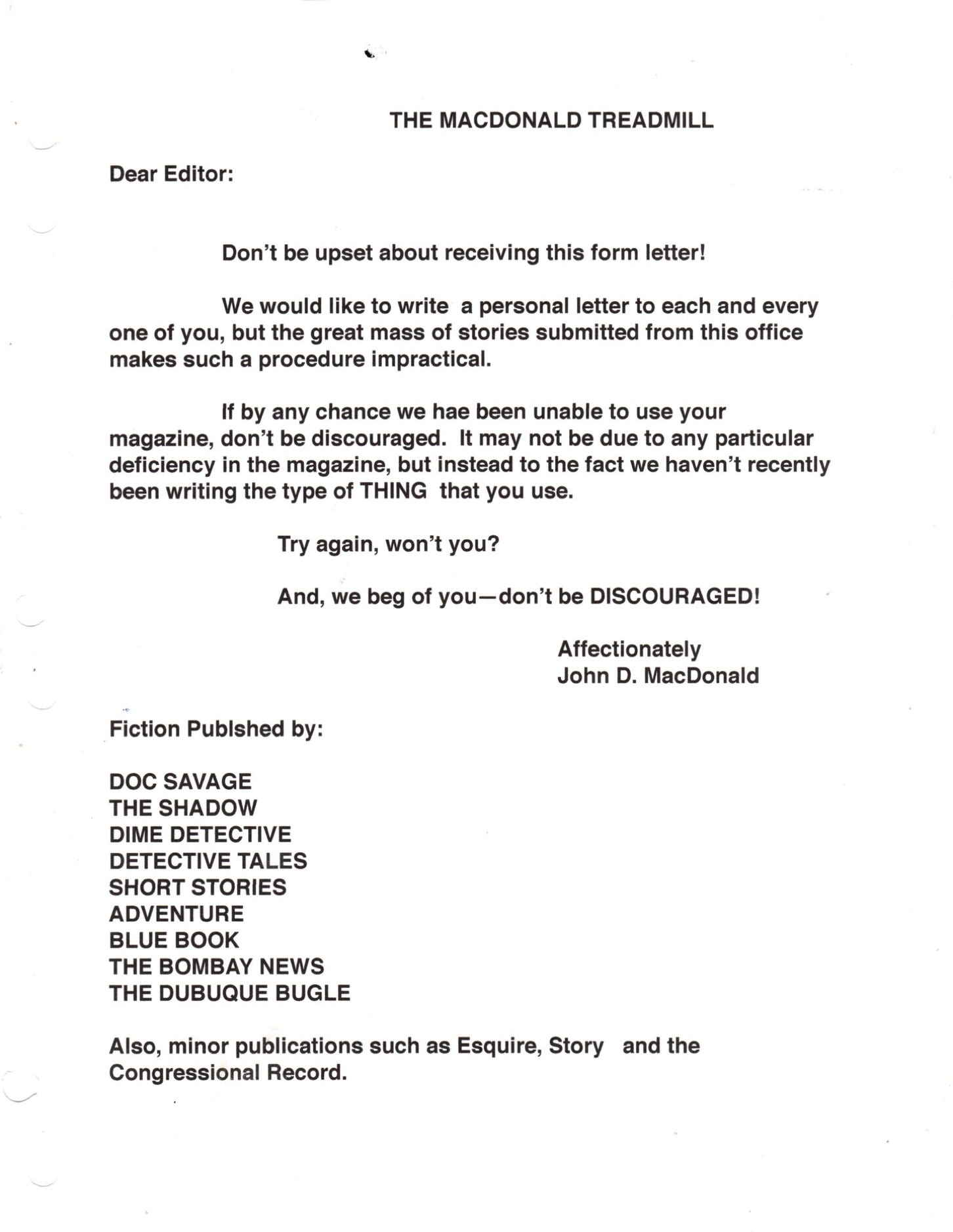
The room in the Point Crist home where he began the Travis McGee series. It was at the top of a circular staircase near the rear of the main rooms.

GENERAL:
Donald Westlake and JDM...two giants of writing...
JDM and Jack Lord of “Hawaii Five-0” fame.
below: John D. and his brother-in-law, Bill Robinson, who was in charge of a consortium of companies building the airfield at Plattsburgh, N.Y. in 1955.
MacDonald was a fairly accomplished amateur photographer. As a result of looking at some 30,000 photos and slides in the Collection I can say that although many of the “record” shots taken on various trips, both here and abroad, are not memorable--most of us have taken that type-- he did spend more time on nature shots, especially around Piseco Lake. And the results were quite good, I think. Bear in mind that these are scans of slides taken 20 to 50 years ago.
This is the only shot I found of JDM with his camera, probably taken by Dorothy MacDonald.
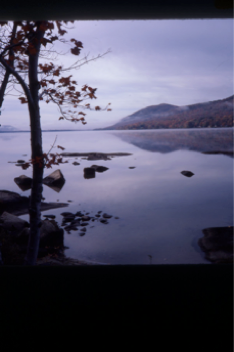
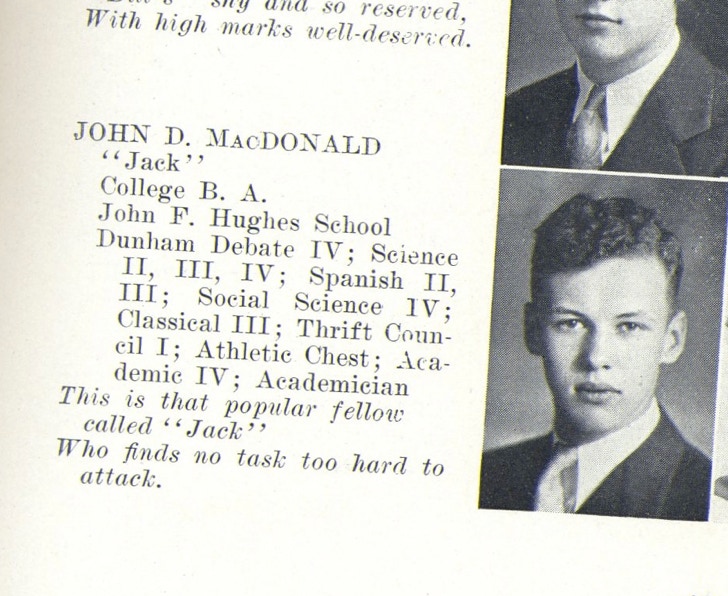
**************************
Probably taken at the Pt. Crisp home.
JDM received an honorary doctorate at USF.
UTICA, N.Y. --WHERE HE LIVED FROM AGE 10 TO LEAVING FOR COLLEGE
9 Beverly Place
Utica, N.Y.
(built around 1923)
This picture shows the home in June, 2009. It is remarkably unchanged. A nice home, and large for its time (built in 1923).
Eugene and Marguerite (Margie) Macdonald, and John Dann MacDonald, aged 4 weeks.
Margie, Eugene, and JDM
Grandfather Dann ( on his mother’s side) JDM, and father, Eugene. Dann was a member of Theodore Roosevelt’s hunting parties on several occasions.
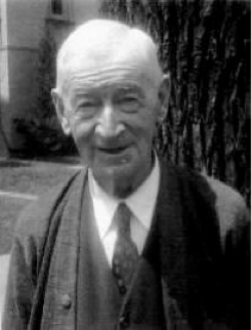
Grandfather Hugh MacDonald
This column has celebrated a number of artists and musicians, mostly the latter, but never a novelist.
It's not that the Utica area has never had a notable one, nor is it due to lack of esteem for that form of creativity. Instead, it might simply be something overlooked. Nevertheless, it's about time a writer is herein chronicled.
John Dann MacDonald was born July 24, 1916, in Sharon, Pa. His father, Eugene, took a finance position with the local Savage Arms Co., so the family moved to Utica when John was 12 years old. He went to local schools including Utica Free Academy.
The MacDonald family lived at 9 Beverly Place on a small island that separates lower from upper Beverly Place.
After his 1933 graduation from UFA, John furthered his education at the Wharton School of Finance at the University of Pennsylvania, then at Syracuse University, where he earned his bachelor's degree, and finally at Harvard for his MBA. It was while at Syracuse that he married his lifelong partner to be, Dorothy Prentiss.
Subsequently, he went into the military, writing regularly to his wife. Just for a change, instead of a letter, he once sent her a short story, which Dorothy submitted to a magazine for publication. It was accepted for the sum of $25, not too small an amount in the 1940s. When he was discharged in 1946, he worked for a brief time for the Utica Chamber of Commerce with an office on Elizabeth Street near Grace Church.
However, John's love was writing, so the decision to try doing it full time came easy, especially with a cushion of four months' mustering-out pay from his army post. Of that time, John once said:
"During those months, I wrote over a quarter of a million words of finished manuscript all in short story form. I kept from 30 to 40 stories in the mail at all times. I worked 14 hours a day, seven days a week ... one learns by writing," MacDonald noted. "
That indefatigable dedication paid off, as acceptance after acceptance of his submissions were received, causing the young author to believe he was able to make a long-term living from his creations. That he certainly did.
In his lifetime, in addition to many short stories, he authored some 77 novels of drama and mystery, many that became movies such as "The Executioner," filmed as "Cape Fear," and "Condominium," later adapted for television. His most popular work was a mystery-detective series with a private detective, Travis McGee, who appeared in more than 20 of his works. More than 70 million copies of his books were sold.
And it isn't unusual for his characters, including Detective McGee, to roam around the Utica area on their adventures. even having dinner at Grimaldi's on Bleecker Street with his sidekick, Meyer, where they each began with an extra-dry martini and later with Valpolicella wine served with their dinners. The surroundings are described including Chancellor Park, but not by name, west of the restaurant.
This gives testimony to MacDonald's fascination with this region, an appeal made even more evident by his the summer residency at Piseco Lake in the Adirondacks, while his permanent home was in Florida. His Piseco Lake cottage is mentioned frequently, as is Utica, in his book, "A Friendship," a rare nonfiction work that assembled MacDonald's letters to and from Dan Rowan, of TV's "Rowan and Martin's Laugh-In" fame.
Both his mother and his sister continued living here, even after the death of his father, causing him to be in Utica for visits and to purchase items when he stayed at his Piseco Lake cottage.
Utican Keith Caulkins, once a customer relations representative for what then was Business Services Co. in North Utica, remembers going up the MacDonald place several times each summer to assure the author was happy with his copy machine provided by Business Services.
"It was a nice cottage, not elaborate but comfortable, at the end of the lake in a remote area with a gorgeous view of the lake and the surrounding mountains," Caulkins said. "I loved going there because the MacDonalds were down to earth people."
"Mrs. MacDonald was a quiet person, frequently sitting on the cottage porch knitting and dressed as though she was going out, always wearing a nice outfit, complete with jewelry," he said. Caulkins recalled that MacDonald, although in a vacation setting, nevertheless spent much time writing.
John MacDonald died Dec. 28, 1986, at age 70 due to complications associated with heart surgery. He was devoted to our area, and certainly one of the most prolific writers of fiction ever to have called Utica his home.
Malio Cardarelli is a local historian and author. This is the fifth of eight weekly local history columns publishing Mondays in the Local section
POINT CRISP, SARASOTA
From April of 1952 to May of 1969 the MacDonald’s lived during the winter in this modest home in Sarasota, Florida.
Dr. Masood Ramani, a prominent local psychiatrist,m who has since passed away,invited some of us to visit the home after the 2nd “Conference To Die For” in 2006.
SarasotaMagazine ran this in April, 2016, on the house: click on below to read the article.
This is Point Crisp. the blue IBM Selectric typewriter certainly dates the photo. OK – you remember the downstairs layout: Lounge, veranda, kitchen. Facing the house from the seawall in front, so looking at the front door and lounge window: to the left end of the house and lounge wall were the master bedroom, my bed room and the main bathroom. The veranda is through the lounge to the opposite side of the house. Suppose you are standing in the lounge and turn right to walk into the kitchen. From the kitchen towards the rear of the house is the access to my mother’s studio which was quite a big high-ceilinged room. Through her studio was the only access to my father’s study which was up a stairway - a smaller open room over the car port. So her ceiling was very high and his study was tucked up near the roof but completely open to her studio space. He sat as shown, above the carport, the view to his left overlooking the driveway, and to his right a bird’s eye view of my mother’s studio.
There was a room at the top ofstairs flat against the wall of Dorothy’s studio. This is where the first of the McGee’s wouldhave been written.
Maynard MacDonald says:"Yes, the outlook over the driveway is the same, but there was no veranda out there and the doors were half height windows with my father’s desk close so that he would be sitting with those windows on his left, and the stairs down on his right. The end of the room (which would have been opposite his desk) is completely unfamiliar.”
My ( Cal) guess is that ifyou draw a line from the first bookcase across the room you might have the dimensions close to what it wouldhave been. Itwould seem that someone later added the bookcase/closet area.

The picture below was on the back cover of The House Guests. Note the bottom right picture which shows JDM stretched out, reading, with one of the cats at this feet. The book was written in the Point Crisp home.
“It became impossible for us to keep on living here on Point Crisp. The road and right of way go right past the front of the house. People we do not know have an increasing lack of respect for the privacy we need in order to work. We found a piece of property about two and a half miles from here on Siesta Key. “
(See Siesta Key home page for pictures of the home they lived in until JDM died in 1986. Dorothy lived there until her death in 1989.)
The architectural rendering of the proposed MacDonald home.
Aerial view showing house under construction.
Views of the construction early on. Note the pilings: these were embedded 10 feet into the limestone so that the house itself would withstand most, if not all, hurricanes.

JDM AT WORK…(THE PICTURE FROM WHICH THIS WAS PHOTOSHOPPED WAS VERY DARK)… NOTE THE IBMSELECTRIC IN FOREGROUND
A PORTION OF THE SIESTA KEY HOME JDM USED AS HIS OFFICE--PROBABLY ON THE LEFT SIDE FACING THE GULF
Views of the rear of the property.
Taken during the 6th John D. MacDonald Conference visit to the home where a barbecue was held, and, Tim Seibert, the architect of the home gave a brief talk. Below is an article by him on the house.
On August 7, 1999 the Florida chapter of the American Institute of Architects awarded the firm Seibert Architects of Sarasota their 25-year “Test of Time” award for the design and construction of a particular building within the state. The building in question was John and Dorothy MacDonald’s last home on Siesta Key, built on a private and relatively remote (at the time) waterfront site at the end of Ocean Place near Big Pass.
In 1966 when the planning process began for this new home, the MacDonalds had been living in a home near the end of Point Crisp Road, two and a half miles down the key on a small spit of land jutting out into Little Sarasota Bay. Built for the MacDonald’s in 1951-52 the house was located at the end of what was supposedly a private road that ran the length of the peninsula. But the road wasn’t gated or guarded, and anyone who wanted to could drive down the road and park in front of the house and bang on the door -- which, apparently, happened frequently.
“The road and the right of way go right past the front of the house,” MacDonald wrote in 1966. “People we do not know have an increasing lack of respect for the privacy we need in order to work.”
The design and work on the new house took three years, with John and Dorothy moving in in July 1969, and it couldn’t have been more different from where they had been living for the past 17 years. With vast, open spaces and lots of light, the house looked like no other and provided the MacDonald’s with their much-sought privacy.
On the morning of the awards ceremony the Tampa Bay Times published a reminiscence by Edward J. “Tim” Seibert, the designer of the home and owner of the architectural firm. It’s an illuminating piece with (for me) one big surprise, which I’ll address at the end. The article was preceded by a short intro written by Times “Homes Editor” Judy Stark.
A glimpse into the design processArchitecture as Art
For some people, the image of Florida is shaped not by theme parks and palm trees but by the fiction of John D. MacDonald, longtime resident of Siesta Key. His rough-diamond hero, Travis McGee, is the ultimate beach bum, man-about-the-waterfront and solver of mysteries.
McGee served as his creator's mouthpiece, speaking out in behalf of the state's ruined beauty: the poisoned Everglades, overdevelopment, building on the beaches. MacDonald crafted "strong statements about what man's greed has done and is doing to despoil our state's natural resources - statements that are just as relevant today" as they were in the mid-'60s, writes critic Ed Hirshberg.
Tonight in Naples, the Florida chapter of the American Institute of Architects recognizes Seibert Architects of Sarasota with its 25-year “Test of Time" award for the home where MacDonald and his wife, Dorothy, lived for years.
The award honors works that, by the timelessness of their design, have influenced a particular building type. The MacDonald house, designed in 1966, draws on characteristics of Florida Cracker houses, and through the use of natural materials and compatible forms becomes one with its site, preserving existing mangroves and palm and oak trees.
In this essay, architect Edward J. “Tim” Seibert reflects on the design process and his relationship with John D. and Dorothy MacDonald during what he calls “a golden time" on the west coast of Florida.- JUDY STARK
By Edward J. “Tim” Seibert
If one is going to feel romantic about a house, the John D. MacDonald residence on Siesta Key is a good choice. It stands on Big Pass, and one can look southwest to the Gulf of Mexico and northwest to the end of Lido Key, with pines filtering the view of resort hotels and condominiums. To the north and northeast, the sparkling city of Sarasota is a nighttime jewel of lights.
A little inlet called Fiddlers' Bayou curves in around the house, giving it water on three sides and making it potentially as vulnerable to tidal fluctuations and prevailing winds as the surrounding mangroves, oaks, palms and wild grasses. It is a structure specially built to withstand storm tides and high winds, as it has done for a third of a century now.
Approached from a boat on the gulf side, the great pyramidal, metal roof shining in the brilliant sunshine reflects the plan of the house, a powerful form that speaks eloquently of shelter to the sailor passing by. At night, the lighted underside makes the form more delicate, showing the poles and beams that hold up the 62-foot-square shape.
From the very beginning this house has been a magnet, attracting imaginative and historic interpretations: "a beautiful South Seas home," "reminiscent of the old fish houses on Florida's eastern coast," "shares many characteristics of the early Florida Cracker cottage," "a classic achievement in contemporary architecture" and on and on. It caught editorial attention in architectural and shelter publications in the United States, Europe and Japan.
For me, its designer, the form and function of the MacDonald house exists to offer its owners the joy of a close, secure relationship with its pristine coastal site. I was seeking clarity of form rather than style, with minimum intrusion into the site.
John D. MacDonald was one of America's most prolific and admired writers, completing 67 novels, five collections of stories and 500 magazine stories before he died, unexpectedly, in Sarasota in 1986. He was exceptionally quick to grasp new ideas. But until we began our work together to create the very private utopia John and his wife, Dorothy, had dreamed about for many years, they hadn't given the architecture of their new home much thought. Dorothy was a painter of abstract canvases and had studied with the acclaimed Syd Solomon, also a Siesta Key resident. My didactic nature welcomed their desire, as clients, to collaborate with me, their architect. In fact, Dorothy drew up the first floor plans.
We worked for several years on designs, beginning in 1966. The first house we designed was to be built on Manasota Key. My father, E.C. Seibert, who worked with me then as a structural engineer, got so far as building a fine boat basin at that Manatee site. John then decided he did not want to leave Siesta Key, where he had lived on Point Crisp for many years. So the project was moved to the present Big Pass site, and I designed quite a large house of heavy timber and stone, as John and Dorothy then wanted.
But as I worked along, my feeling grew that such a house would be much too massive and heavy-handed for its open, waterfront location. I was able to convince the MacDonalds that their residence should be more concise and elegant, designed from a clear geometric concept. It might also be less expensive, I advised, if it were smaller and designed in the contemporary manner. This is the concept of the house we finally built.
After my draftsman, Tom Walston, and I completed working drawings, another associate, architect Buddy Richmond, convinced me that he could make a final version that was more polished and spare, and with less expensive detailing. This final concept was drawn at office expense. John and Dorothy were such good clients, I felt they should have my very best effort. Besides, they understood and appreciated the design. Ours was the best relationship an architect can have with a client.
John and Dorothy moved into the house in 1969. For some time, as the house took shape, they had come to feel at one with the space. As the years went by, the house became more and more theirs, for both worked at home and spent the greater part of their time there. One corner of the house was Dorothy's studio, the other was filled with John's office machinery and files. Furnishings and art were not "designed" but were very much a part of the MacDonalds' lives, giving the space an authenticity that no designer can really accomplish. The only complaint I ever heard from John was that his house was so beautiful, it attracted gawkers.
My father did all the structural work for this building, which was unlike any other, at least any other built in these parts. One of the great problems to be solved was how to fasten together the uneven pine tree trunks that support the house, for they are rather like asparagus waving in the wind until you can capture them at the top. My father designed a series of specially fabricated steel connectors, which, being exposed and a design feature, were galvanized after fabrication. This was not inexpensive, and at times of such decisions, one comes to respect and enjoy an understanding and enthusiastic client.
The first selection for the poles was greenheart timber, imported from Central America, carefully specified for straightness. When the trees arrived, they did not meet specs. We sent them back. This was a hassle, and again we appreciated having a client like John D. My father and I then went up to Central Florida to choose growing pines. They were harvested, barked and treated for the house. All of this, added to our "courtesy" redraw of the final plans, was not conducive to profit. But then, the idea was “architecture as art.”
It was a golden time then. We were doing something good for the sake of doing it and giving it our very best. We were happy. Frank Thyne, our builder, joined us for lunch frequently at Sarasota's old Plaza Restaurant, the favorite watering hole of resident artists and writers, many internationally known. Frank gave me a two-martini education in literature and philosophy. In return, my father and I educated him about sailboats. Frank had attended the University of Grenoble and the Sorbonne in France and had earned a doctorate in philosophy. He came to Florida in 1956 to teach himself to be a developer and house builder.
The Thyne construction crew were Mennonites, the very best craftsmen, who were proud they “could build anything an architect could draw.” Frank worried because they had an occasional habit of fasting. He made sure they ate regularly because “they tended to slow down when hungry."
The house is a strong one. As it was designed to do, it has weathered several hurricanes and a tidal wave. Each of the great Florida pine columns rests on a strong connector fitting of galvanized steel, set into a cubic yard of poured concrete, which in turn is supported by a piling that goes 12 feet down into Siesta Key's shell sand. My father also designed a breakwater in front of the seawall, made of stone riprap to absorb the force of the waves. The main structure of the house is 9 feet above the grade. John and Dorothy were the kind of people who could handle ideas like 49 trees going up through their living space. This stormproof house was built a good 10 years before the federal government made up all the building codes of today. The concept of a house that could withstand natural beachfront forces was a new idea then.
The 50-foot-square living space and the 12-foot surrounding porch have a constant roof slope that starts at 8 feet on the porch perimeter. The porch has a 4-foot overhang for tropical downpours. At the glass walls, 12 feet in from the porch edge, the roof is 12 feet high. It rises to some 22 feet at the center. It's a grand space, as only one bedroom and bath and the entry foyer have walls that touch the ceiling. The ceiling is structural deck, consisting of two layers of pine for strength and one layer of cedar. On top is a triple layer of insulation, over which is the galvanized roof.
Cut into the pyramid of the roof was a sun deck. I mention this to show what an understanding client John was. Perhaps people who write books understand the problems of composition with which others must struggle, for John was fair of skin and didn't sunbathe. However, he agreed that the deck was a place for a monumental stair to be built from the main floor hallway below. The hallway, a tall, triangular space, needed a sculptured form, the stairway, to fill it. Later we roofed over the sun deck, and John serendipitously had a rooftop writing room. Problems like this were solved in laughter and understanding friendship. John was a man of quick wit and high humor, and I miss him.
For me, this glass pavilion provides the ultimate visual extension, the architect's art of using the transparency of glass to extend the interior experience outward while bringing the surrounding landscape inside, making it a part of the interior landscape. From this strong, safe glass shelter, one becomes part of a soft, starlit, tropical night, the clash and flash of a thunderstorm, the wonderful serenity and soft dawn light of early morning.
Edward J. "Tim" Seibert's firm Seibert Architects is in Sarasota.
JDM and Dorothy stayed at this camp,which they built in 1949. It was located in Piseco Lake, north of Utica, in the Adirondacks. They spent many summers there for the rest of their lives.
There are hundreds of pictures of the camp area in the Collection taken by both JDM and Dorothy while in residence.
(Please note: these are duplicates from the Collection, and should not be copied and distributed.)
Shown in the picture above are Dorothy and her brother, Sam Prentiss. The cabin has been sold and is being renovated. Originally there were 12 small rooms in 1200 square feet of space, including a small room in the attic.
One of those rooms on the main floor was JDM’s study, see below the cabin picture.
The desk and typewriter (one of many he used) may be donated to the Collection by Brad Dake, the new owner. Note that the desk faces inward, not out, which JDM preferred so that he would not be distracted from writing.
Above: the garage
To get to the cabin one must turn off the main road onto a fairly twisty dirt road through the woods. You have a feeling that visitors--other than family-- were not encouraged. The garage actually faces the front of the cabin.
\
The rocks are very close to the back of the cabin. See Piseco Lake 2 for more pictures.
JDM and Dorothy took many pictures of these two Piseco scenes over the years.
(see also JDM as photographer)
In Cl
As you might expect JDM had opinions about many things. Scroll down and take a look at a few.
MOVIES:
an excerpt from a somewhat longer essay:
***********************************************************************************************************************
THIS IS A LONG ESSAY/ DISCUSSION BY JDM ON MOVIES MADE FROM HIS BOOKS:
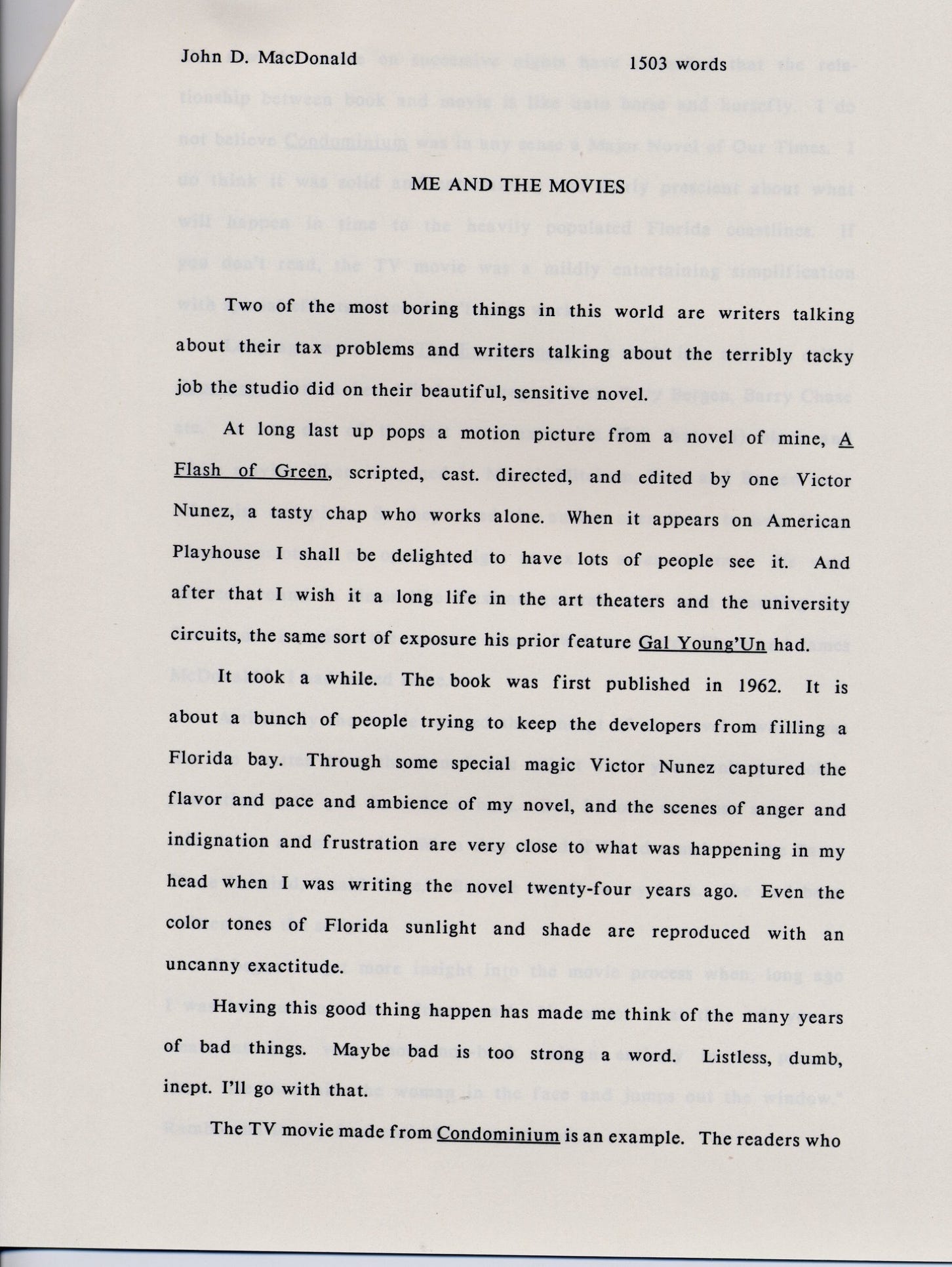
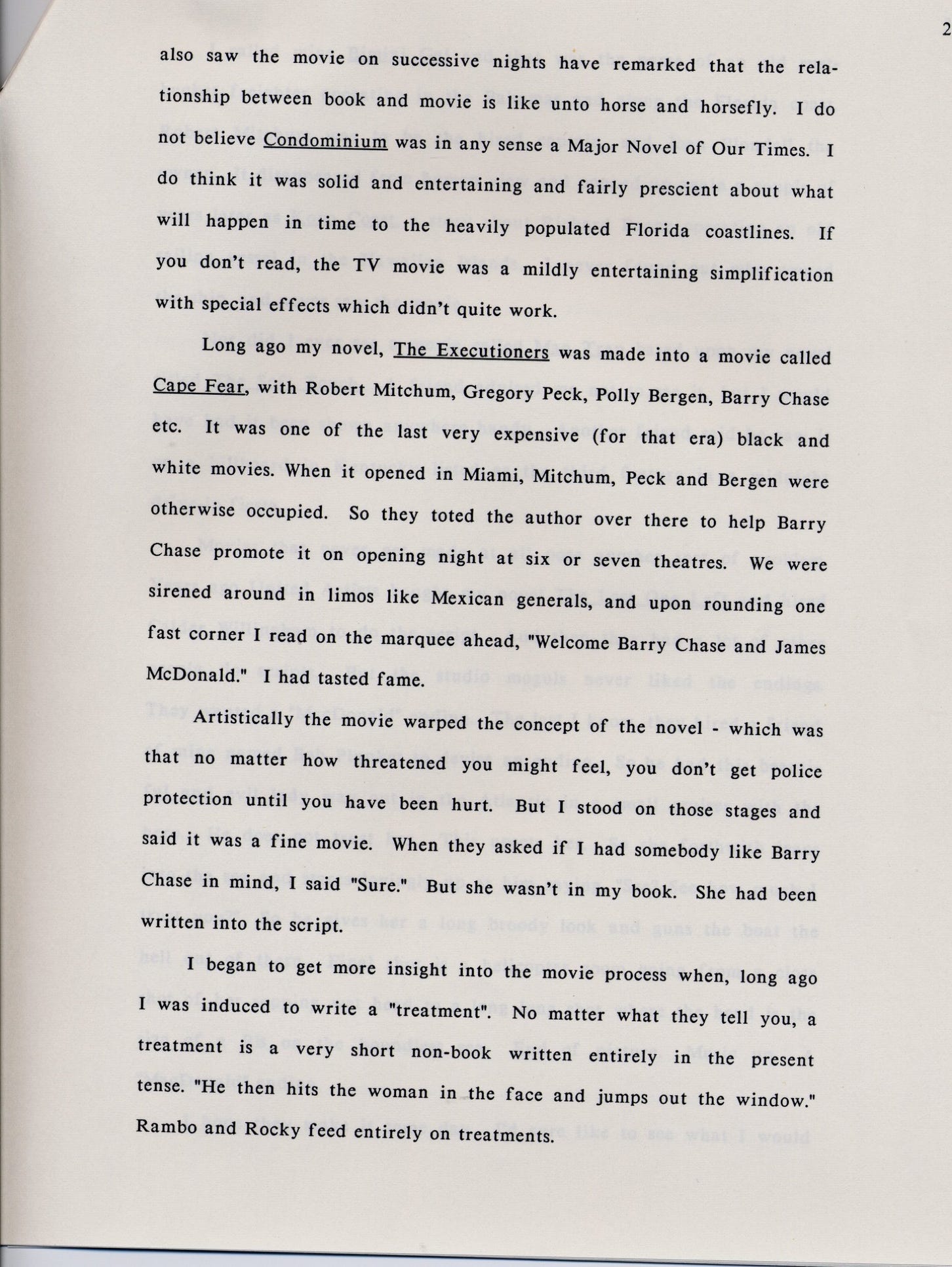
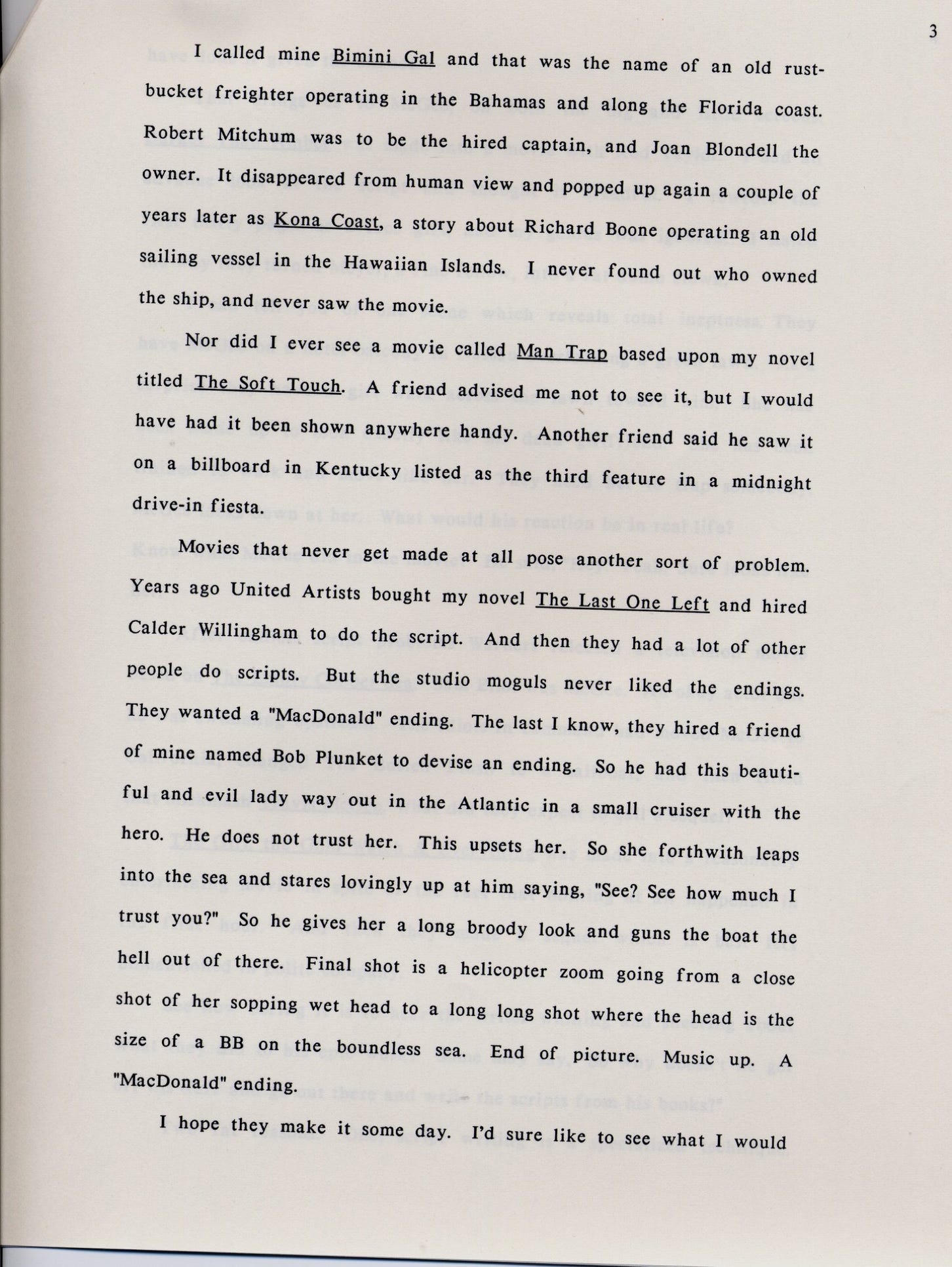
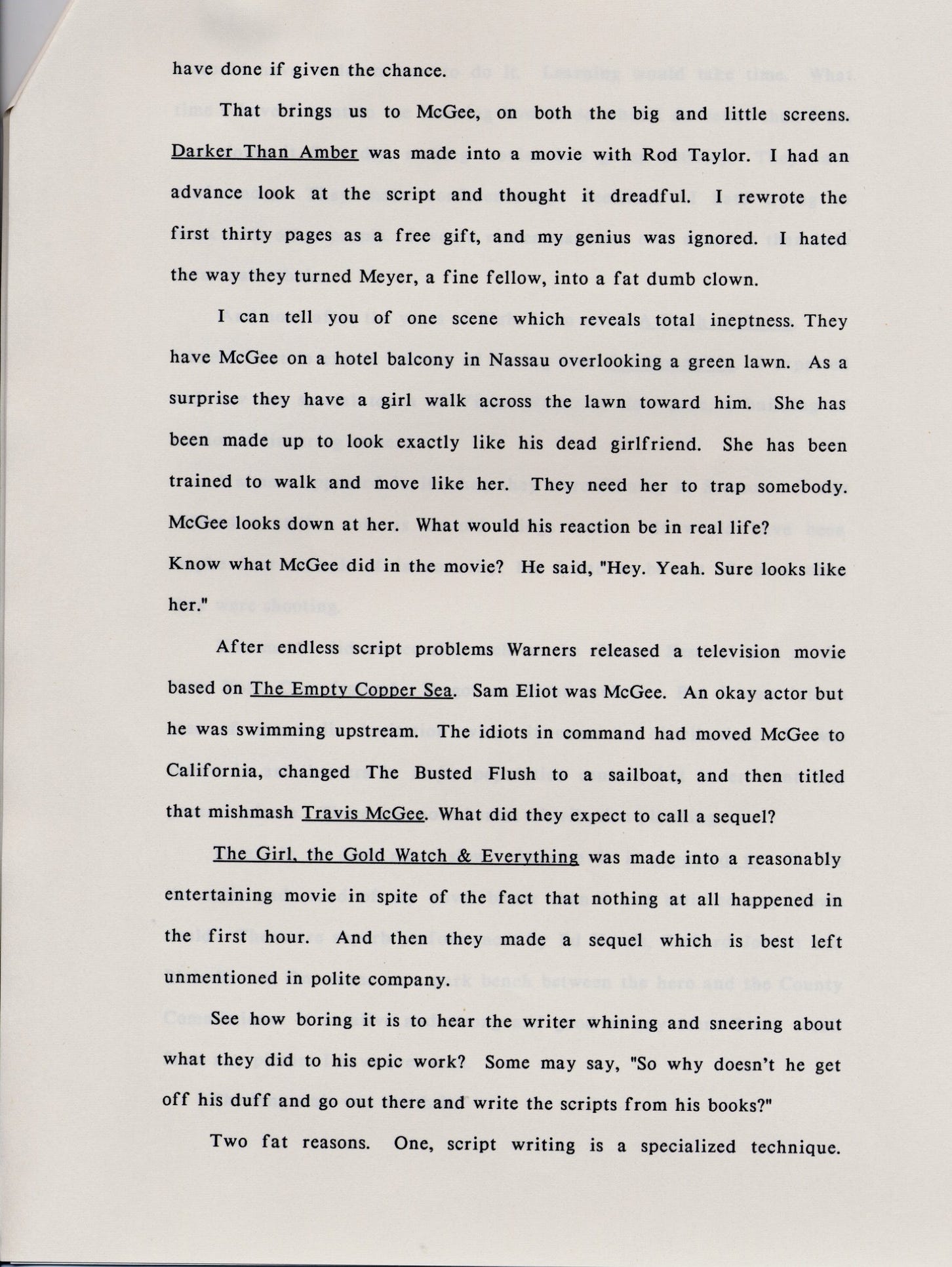
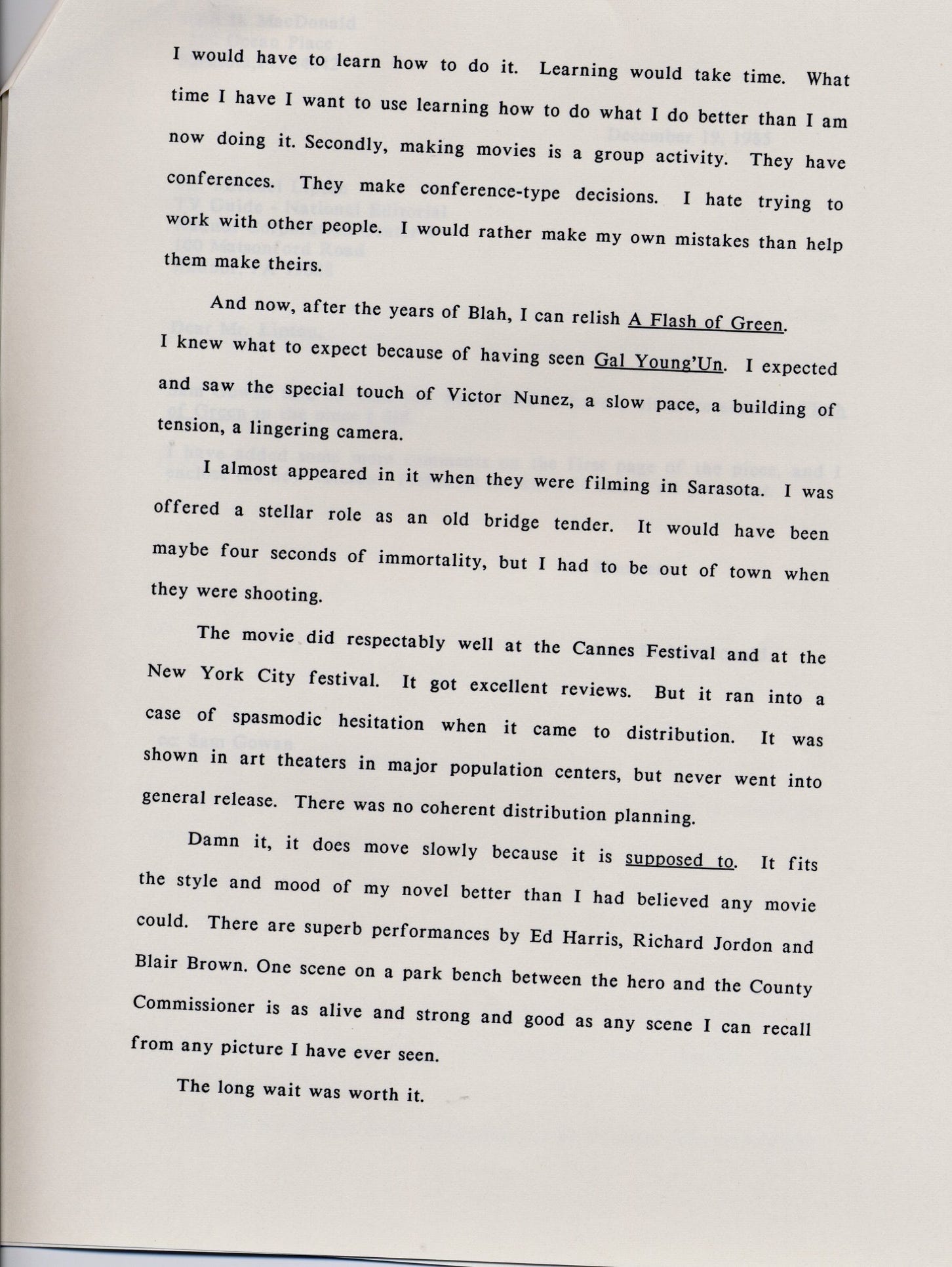
MORE ON FLASH OF GREEN:
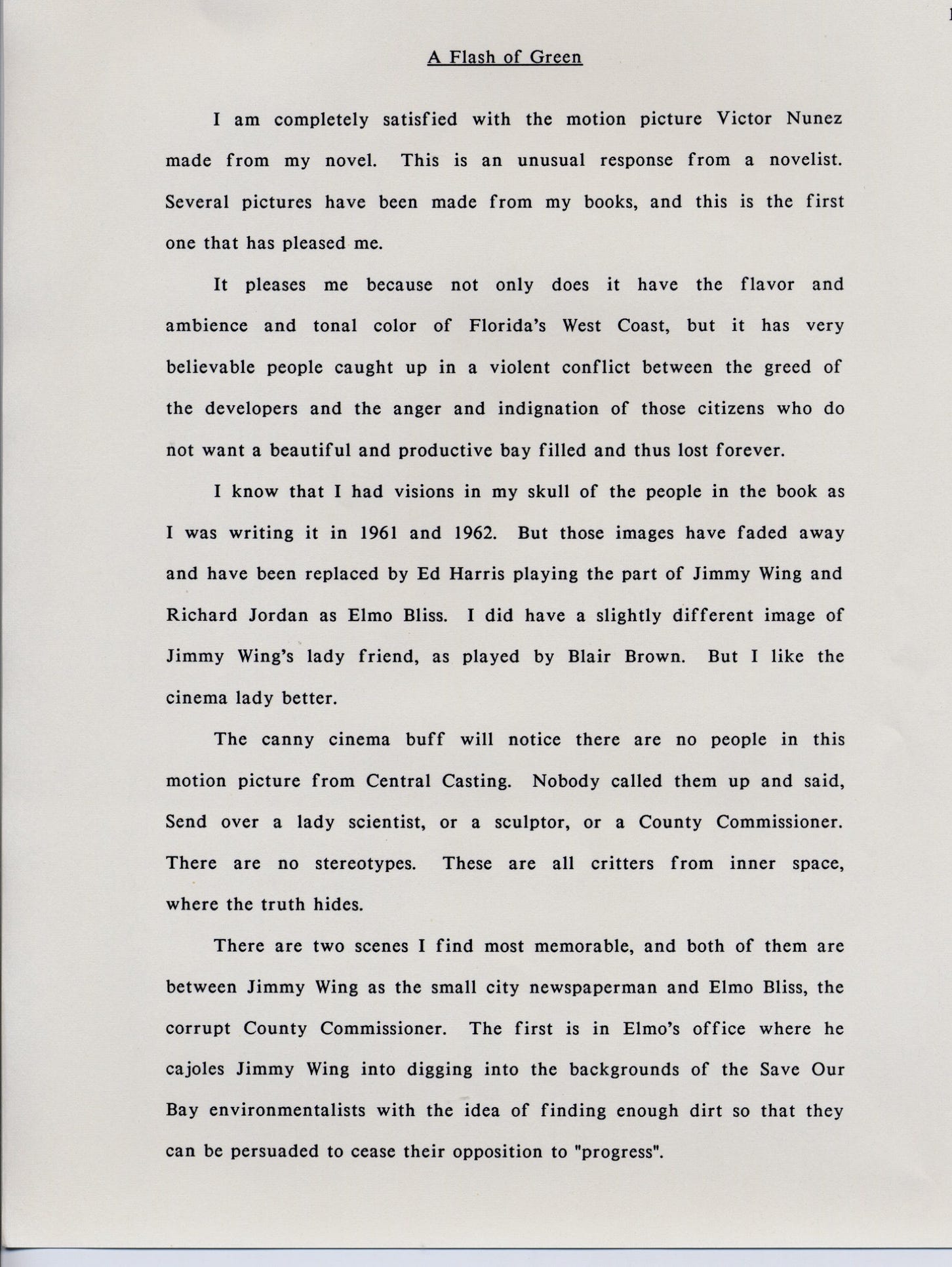
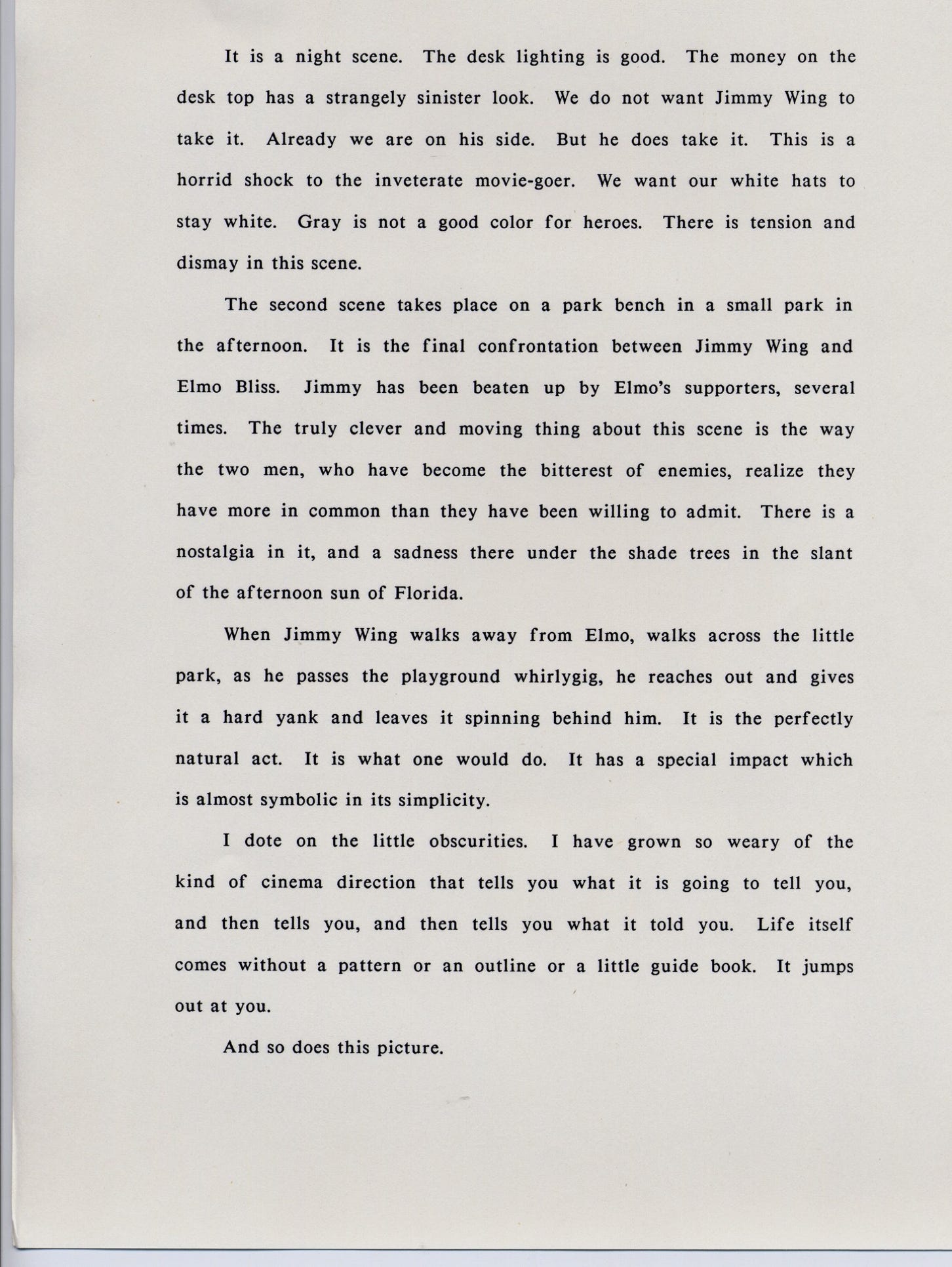
ON CARS:
I have had this article in my files for years and just decided that it was worth putting up on the web site. I hope you enjoy it.l
Cal
FAREWELL, MY LOVELY MACHINE
ByJohnD.MacDonald
We all have bright morsels of memory, sharp-tasting fragments of an automotive
past. It is the summer of·1925, on a bright cool day of my father's
vacation. He and I are in his 1925 Chandler touring car, on a gentle downslope
of new pavement between Sharon, Pennsylvania and Orangeville, Ohio.
The dusty red-tan of the new cut through a hillside is whizzing by,
beyond my father's window. He leans slightly forward. His hands are strong
on the wheel. That was before I found him fallible. The bench seat is black
leather. There is a wonderful tumult of wind and motor-sound. Without takmiinlgehiasmieyneuste!
frItom the road, he shouts above the roar, "You're now going a
* * *
Twelve years later, on a night in the early winter of 1937, Dorothy and
I have been four months married, and own a 1937 black Ford two door sedan.
We have been driving along back r~ ds in the gentle hill country of the farm
1ands southeast of Syracuse, New Ycrk . There had been a warm heavy snow turning
quickly to deep slush in the late afternoon. and at nightfall the temperature
fell steeply, turning it to ice. We were going up a long, long slope
where one vehicle had driven while the road was slush, before hardening to
grey iron. I rode his deep ruts, slowly and cautiously because wherever he
had veered, the deep ruts wrenched us back and forth.
.
It was cold as a blade. with a blazing incandescence of moonlight, and
'tIecould see far far ahead up the silent empty road, and across the white
fields on either side.
~
;
I took my hands off the wheel. Automatic pilot, as the wheels followed
the ruts. In low gear, with a little judicious fiddling with the manual
choke, the car qrnund along, entirely on its own.\:Ieclambered over into the
back seat, andrreached over and punched the lights out. We kissed and
olfaufgahietdhfaunldnelsosokeads oiutttartundtlheedwianltoenrg,wosrtlede.ringThe\Vhleietltlmeakicnagr hsamadllsucmhoveamefnltasv,or
engine rumbling. How long did it last? Ten minutes, perhaps, and forever.
Then we Had to taRe over again at the intersection of the state road. Lights,
action, decision - a far lesser magic.
* * *
It is 1939, and I am to be employed as an "adjiustor" by the C.I.T ..Corporation,
based in Massena. New York . We have sold our car in anticipation
of having the use of a company car, but then there is a delay. A friend works
for International Harvester in Syracuse. He spots a car in their lot priced
at fifteen dollars. which can be repaired for about five dollars, and licensed
for what remains of tne year for two and a half dollars.
It is a big high square old Oldsmobile, black and roomy, vintage 1926.
Its horn - Aaah 00000 gahl ~ replicates the first three arresting notes of the
Italian Symphony.
It served us well for that month. We were a family of three by then. anditcarried us and our possessions
from Fayetteville, New York up to our apartment over a hardware store in downtown Massena.
It needed to be steered constantly, and there seemed to be a lag between the turn of the steering wheel
and the response. I did not Dush it hard. It served us. And in the end. when the company' car was available' in \'Jatertown,I
drove the old Olds down there, put it in a downtown parking lot, took my ticket, and never went back. I have
always had a twinge of guilt whenever I think of that brave horn sound, and
the faithful service.
* * *
It is 1944 and I am at Chabua in Assam, up in north India, trying tc'iitch
a ride in a cargo C-46 or C-47 over the hump to Kunming. A major of engineers
asks me if I can help him. I am a captain in the ordnance department. He explains
his problem and I go with him in his jeep through the stifling heat to
a big field where hundreds .and hundreds of trucks sit rotting and rusting in
the tropic sun and rain.
Madame Chiang had addressed a joint meeting of the House and Senate and
steamed them up about sending more help to China. All these new vehicles had
been coming up on the funny railroad from Calcutta as part of the result of
her plea~ The Burma Road was not Hnished. They were too big to be sent into
China by air. So there they sat, a giant khaki-drab, depressing used-truck lot.
We went to the oldest sector of the field, where the staunch and familiar
6 by 6 trucks had been parked for a year.
Jungly green was growing up through them and around them. The rubber was
pulp, the insulation slime, the gears rusted shut,
"You want to what?"Iasked.
Up near Hell Gap, we got this damn bottomless hole, Been having them
Kachins head-carry tons of rock in them little baskets. Sinks out of sight.
We hook onto a couple dozen of this junk and haul them up and push them into the
hole, tney"ll sinkdownin that swamp and get wedged and we can build the road
across them.
Why me?'·
"Is this stuff worthless junk?"
"Certainly.
"Can't get any of these supply-wallahs to authorize a thing. Had a requisition
in for weeks, Got to get on with the road. You~re up from Delhi.They'buy any neadquarters signature.
Just twenty ofthem,
What do you say?"
I hung around and watched them yank the first two out of the vines and mud,
onto a big flatbed. Tnere was a disconsolate loo~ about them. We weren't
meant to be under the road, they said.
In the late afternoon I hitched my ride. He went v'/ayabove the operational
ceiling of the C-47 to avoid bad icing conditions, but when we came back through
it for the Kunming landing at6000feet, we iced up heavily and I thought I
was about to be punished for favoring logic over protocol, but we landed like
a giant chandelier, andIfelt I had been forgiven, or at least given ar,tis•..
sion.
* * *
As a people, we anthropomorphize our machines~ There were whip sockets
on the first horseless carriages. It is a rare driver indeed who has not talked
to his car, truck, bike, tractor. "Easy, boy! Good fella." And some of us
have felt uncomfortable talking about the new car on order while driving the
old one.
It is possible to hate a machine, of course. Sometimes you come upon a
truly venomous one. Once upon a time we had a convertible Falcon intent on
killing one or both of us. A friend of mine does not hate his Volvo because
it refuses to run when it is raining. He accepts this eccentricity, much as
if he had a dog that hides under the bed at the first grumble of thunder.
In1946we had a car that was docile and agreeable around town, but would stop
dead after two to three hours of highway driving. After a rest, it would continue
for an hour before stopping again. After buying it eleven coils we
learned that engine heat was causing a resister to short out, thus sending
the wrong voltage into the coil.
My father had a Rickenbacker he hated. It
was square, brown and cranky, It ate oil and parts and bulbs, burst its tires,
and shimmied at random speeds impossible to predict. It was best to stay out
of his way after he had driven it home from work.
I believe that some very complex variables have to be cranked into that
formula which has resulted in a large scale depersonalization of the automobile.
Perhaps it all began to fade and change about1960.
By then we had begun to realize the age of the automobile had begun to
visibly rot the hearts of our cities. The ever-expanding concentric rings of
suburbs created the need for broad highways into the center city, while at the
same time shopping, schooling, recreation and work places were decentralized,
moving out to where the peo~le were..
As center city transit became congested, the traffic, like water in an obstructed river,
overflowed the banks anq found shortcuts through old residential areas, stinking and
roaring them into commercial slums, further erodtng the urban tax base.
This dispersion of our people had turned the automobile into a necessity.
Our western European critics who chide us for gargantuan consumption have no
concept of the vast distances involved, of the almost irreversible diffusion of
people into open spaces. The equation of space, time and necessity is so complex
that public transportation is a partial and inadequate solution..
Minibuses are maxi-labor intensive. So we are irrevocably wed to the automobile
within our structure of society.
Necessity can make for a lumpy marriage. Necessity meant. volume production
Necessity meant. volume production, so capital intensive that the smaller makers faded and died,
my father went into some other line of work: LaSalle, Studebaker, Packard, DeSoto, Hudson, Reo, Franklin
- all those cars we could identify as we sat on tne porch steps, and call
out the make and year as they went by under the elms.
Necessity meant a reasonably predictable demand, a predictable percentage
of market, a quasi-monopoly status for the surviving Big Three+One. Monopoly
conferred the power to enhance profitability. Mechanically, the machines
had become reasonably reliable. Ford took the lead in making those mechanical
design change$ which made it very difficult to get a car repaired except
in the service department of a Ford dealership.
Of course, nowadays, that trend has reached full and glorious flower. When our Turbo-Scorpion belches,
gasps and shudders, we take it to bored specialists in white ~ocks who plug
in an electronic diagnosis machine, then use a special tool to retard or advance
the helical spondicky, then look in lithebook" and find the appropriate
charge for this seven minute service is$18.00.
When you can no longer work on your car without doing more damage than
benefit, it is easier to cease anthropomorphizing it, to cease having any
name at all for it.
Eventually your dealer became independent in name only and as a practical
matter he was an employee of the maker, but nevertheless, he had to
take the risk of floorplanning the new models.
The power of monopoly turned one of the credos of the competitive society
to myth. The marketplace no longer determined the ticket price. The cost
of a car was based upon adding up all the manufacturing, overhead, sales and
advertising, and then adding what seemed to be an appropriate percentage for
profit. This can only be possible when selling necessities-- like electric
power or water.
The power of monopoly born of capital ~ intensive manufacture enabled the
makers to erode the independence of the dealersa Franchise te~mi-became
much tougher. The maker could reach into the dealership and require reporting
on specific fonns of specific percentages, so that if, for example, the percentage
of utilization of the service department fell below80%,the dealer
could be forced to correct this situation or face losing his franchise. And
one way to improve utilization was to promise repairs would be completed by
Tuesday, but deliver the vehicle on Friday, with a few things undone or badly
done.
Overpricing became another one of the lumps in the marriage, and then it
became possible to e~tend the time payments further than ever before, in some
cases well beyond the useful life of the vehicle financed. A dead horse does
not become more attractive through the ritual of continuing to pay for it.
One of the final and most disheartening factors in reducing our affection
for our machines was the look-alike trend. It beganway back in the midthirties
when Chrysler introduced the Airflow. Their curved lines foretold
the future, and the introduction of automatic choke and automatic overdrive
transmission were clues to an increasing mechanical complexity which today is
celebrated by a friend who cannot blow his horn without automatically locking
all four doors.
When one must wire a plastic butterfly to one's radio aerial in order
to locate one's car in the supermarket parking lot, some endearing individuality
has been lost. And not only does the GM Snipe look exactly like the
Chrysler Roachmaster and the Ford Vultura, the controls are almost identically
placed. This is courtesy of Hertz and Avis and all their little brethren. The
salesman driving away from the Cincinnatti air~ort in heavy traffic in the dark,
wants familiarity under his hand. And in general he can expect just about
the same performance he gets from his own car at home.
So, with increased purchase price and maintenance cost, with a look-alike
banality of handling and styling and performance, affection had begun to fade.
Other factors hastened the day of active dislike. The power of monopoly
attracted the glacial attention of the powers of regulation~ _
And for a time the thin electronic screeching of the fasten-belts ~t§nal was
heard through the land, more shrill even than the maledictions of Ralph Nader.
I had a friend who carried a cinder block around in his car. When he had no
passenger, he had to seat~5elt in into the seat beside him to still the nervetwanging
squalling~ We were told and told and told that our cars were poisoning
the sky, the grass and the trees. What was worse, they were. How can
you love something you have to own which poisons your world?
Big Daddy posted price sheets on the side windows, thus effectively
ending, for many people, the sweaty game of dicker, one of the few remaining
pleasures.
We were told of murderous steel-belted radials, frangible rear end gas
tanks, endemic brake failure.
States and municipalities, belatedly aware of the necessity of auto ownership,
began bumping the cost of tags, permits and licenses, and began overcharging
for vehicle inspection tags at authorized inspection stations where
mendacious inspectors sell you overpriced wiper blades you do not need.
The excessive costs of body and fender repair, and of replacement parts,
hastened the day when, if ten percent of the car is damaged, it is considered
totaled, not worth fixing. The total cost of all the parts for a $6000 Plymouth
has reached $27,000. The parts from "totaled" cars go back into the
parts market, a thriving industry interconnected by electronic miracles of com~'
munication. Thieves no longer steal cars to be sold as cars. They steal them
to be dismantled and sold as parts.
Insurance comoanies, made ever more jumpy by fat claims and fatter judgements
have bacome quick to cancel, on grounds increasingly slim. Victims of
cancellation , both just and unjust, can buy overprtced coverage with minimal
ceilings from something called the assigned risk pool, a device whereby all
the picky insurance companies operating in a given area share the risk of
covering the people none of them could touch.
So grow the accumulations of frustration and despair. The beloved machine
becomes a monster, impoverishing us, entangling us in bureaucratic idiocies,
belching blue fug from its ever-more-mysterious innards, while the television
ads go on and on, showing the smiling and envious neighbors coming over to
admire the glossy new steed -- a ceremony that Detroit does not seem to comprehend
disappeared about the same time as Norman Rockwell covers and the
Charleston.
Frustration erupts. Before we had the gas line wars, we had the Car Wars.
These were most prevalent in the fastest growing urban areas--Miami, Houston,
Dallas, San Diego. Insanities. A man who has come to hate automobiles, traffic
and himself takes affront at a piece of bad driving in heavy traffic, runs
the offender onto the median, trots back, yanks him out, hurls him out into
the lines of traffic, gets into the stranger's car and sees how many other cars
he can run into before the machine expires. There is a rash of rear end collisions
on purpose, of people in maniacal rage moving up beside a car and, from
~ their own vehicle, shooting the driver in the head. Neighbors complain to police
that a doctor in a quiet residential neighborhood is demolishing his car with
sledge, axe; hacksaw and pry bar. There is no ordinance against it. Hhen he
is quite finished, Breathing heavily, he hires someone to come in a truck and
take away the corpse.
Truck drivers, those erstwhile Knights of the Road, have become scofflaws
in convoy, demanding the right to thunder along at whatever speed they
wish, killing over three thousand of us a year in our smaller lighter Cars as
mtohreeirijnudgigseprennasuitbsle.get bigger and heavier, and, with the decay of the railroads,
In fairness, though, the highways are safer than they used to be. The
worst year insofar as deaths per passenger mile is concerned was 1942. Extrapolate
the data from that year and we'd be killing a quarter million a year.
The revolt is against a banality of uniformity, spiraling expense, increased
congestion and inconvenience. We see a plaintive striving for individuality
in the demand for vans, pickups, odd sports.,..utilityvehicles which defy
description, We see them leaping across wild country in the television ads,
in spite of the knowledge that one good big urban pot-hole can put them down
for three days and $400.
The young reckless freedom they promise is, for the most part, a freedom
to endure all of the other frustrations except the drabness of lookalike-runalike.
Where are we going then in our less-than-merry Oldsmobiles?
A couple of years ago there was an outdoor exhibition of antique automobiles
under the trees at St. Armands Circle in Sarasota. I wandered around
looking at all that gleaming burnished restored elegance of Hapmobile, Jordon,
Marmon, Stutz, Peerless, Nash, Elcar, Packard, and quite suddenly I came upon
a more recent restoration, a1941Ford Convertible, in precisely the same shade
of aqua-green ours had been, the one we had bought used from a draftee, the
one Dorothy had driven while I was overseas two and a half years, the one
we had driven to Texas in1946,towing a jeep trailer, the one we had finally
traded when the speedometer was almost ready to start over again.
Seeing it was like a sudden blow under the heart~How staunch it had
been! How well it had served! In the modern world it looked oddly higher,
shorter, narrower than I remembered. Its tires looked slender and vulnerable,
its underparts too exposed,
It sat on grass agleaming, ready to go. I did not want to see any more
old cars that day. Butrlooked back from afar for a final glimpse, with an
unabashed sting in the eye,
Farewell, my lovely machine.
* * * * * * * *
ON VISITING FLORIDA
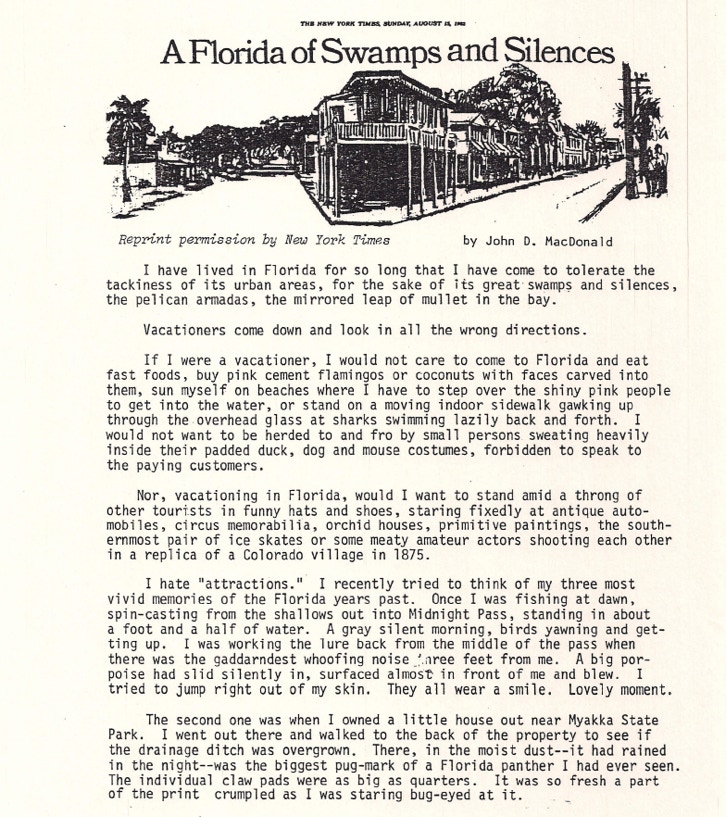
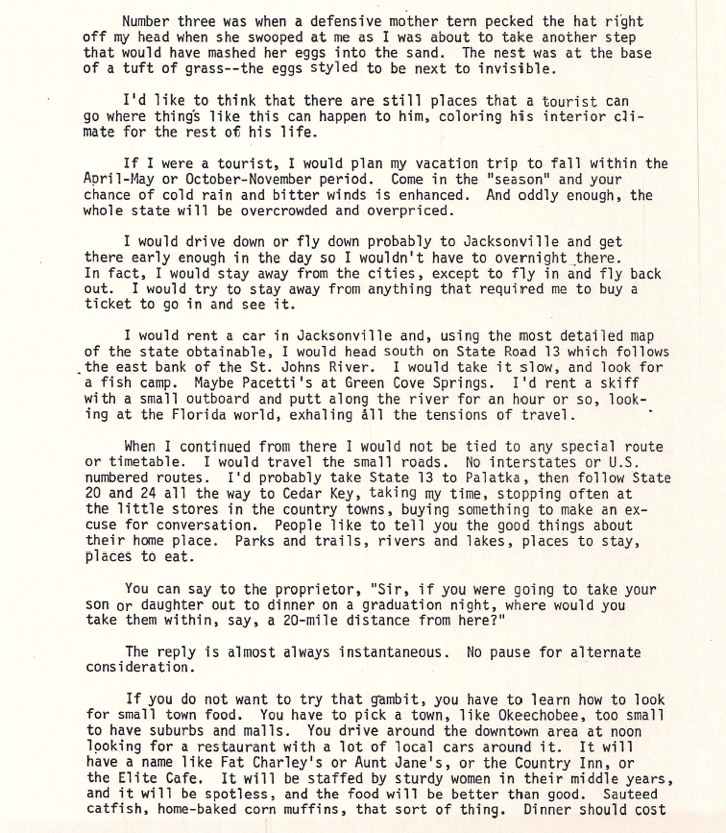
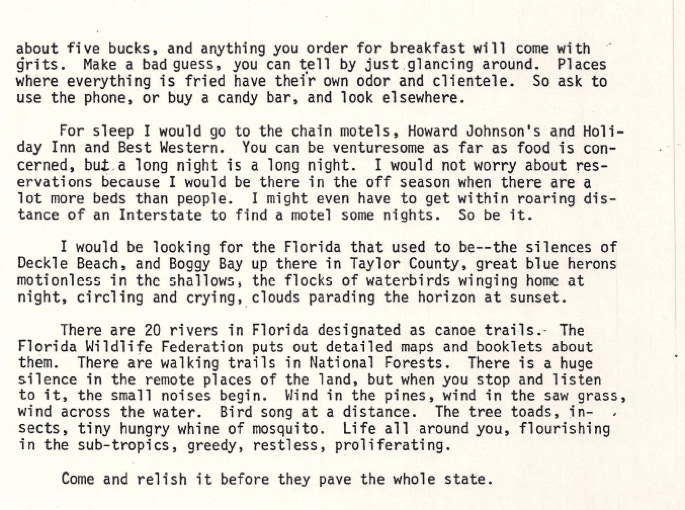
ON CONSCIENTIOUS OBJECTORS:
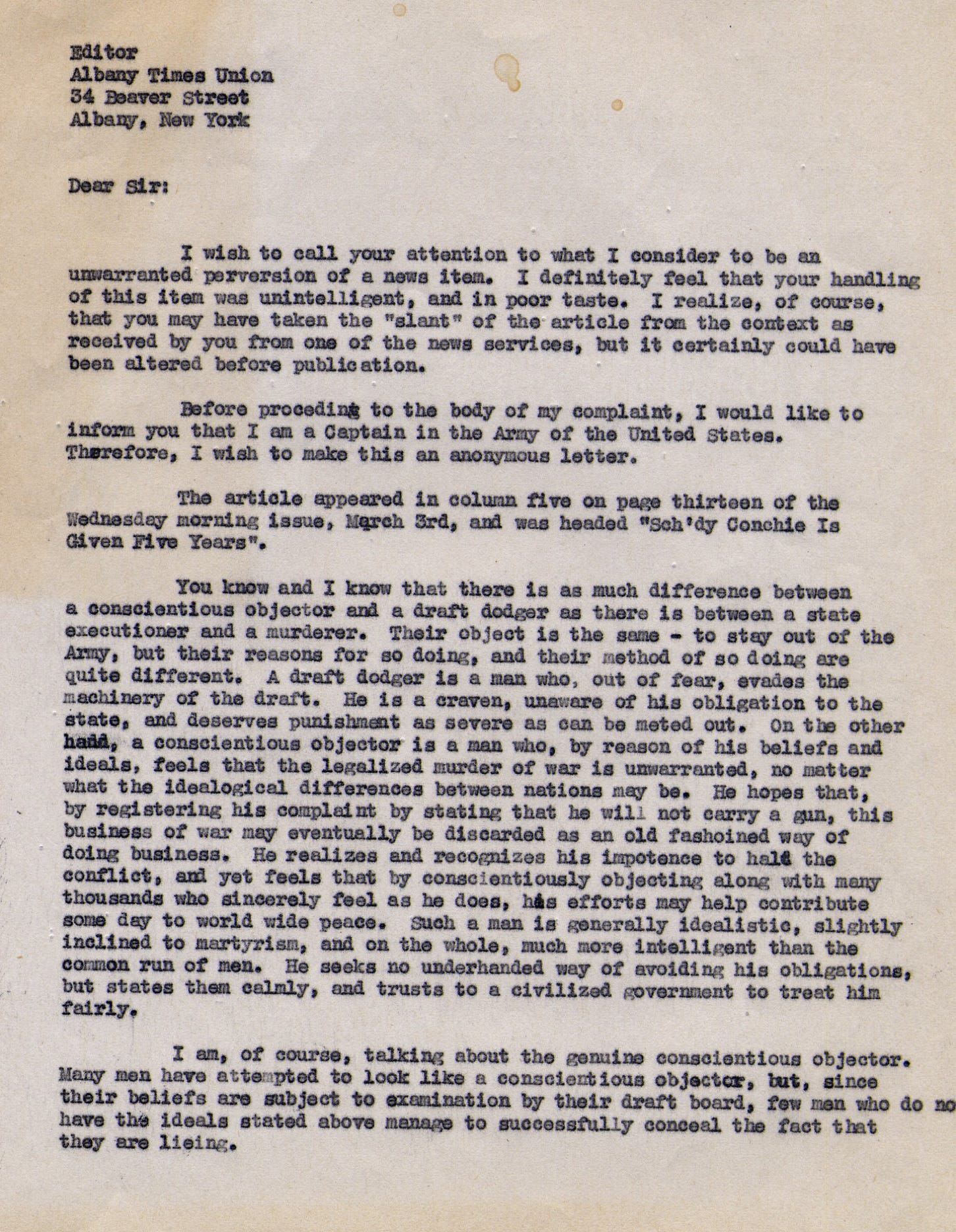
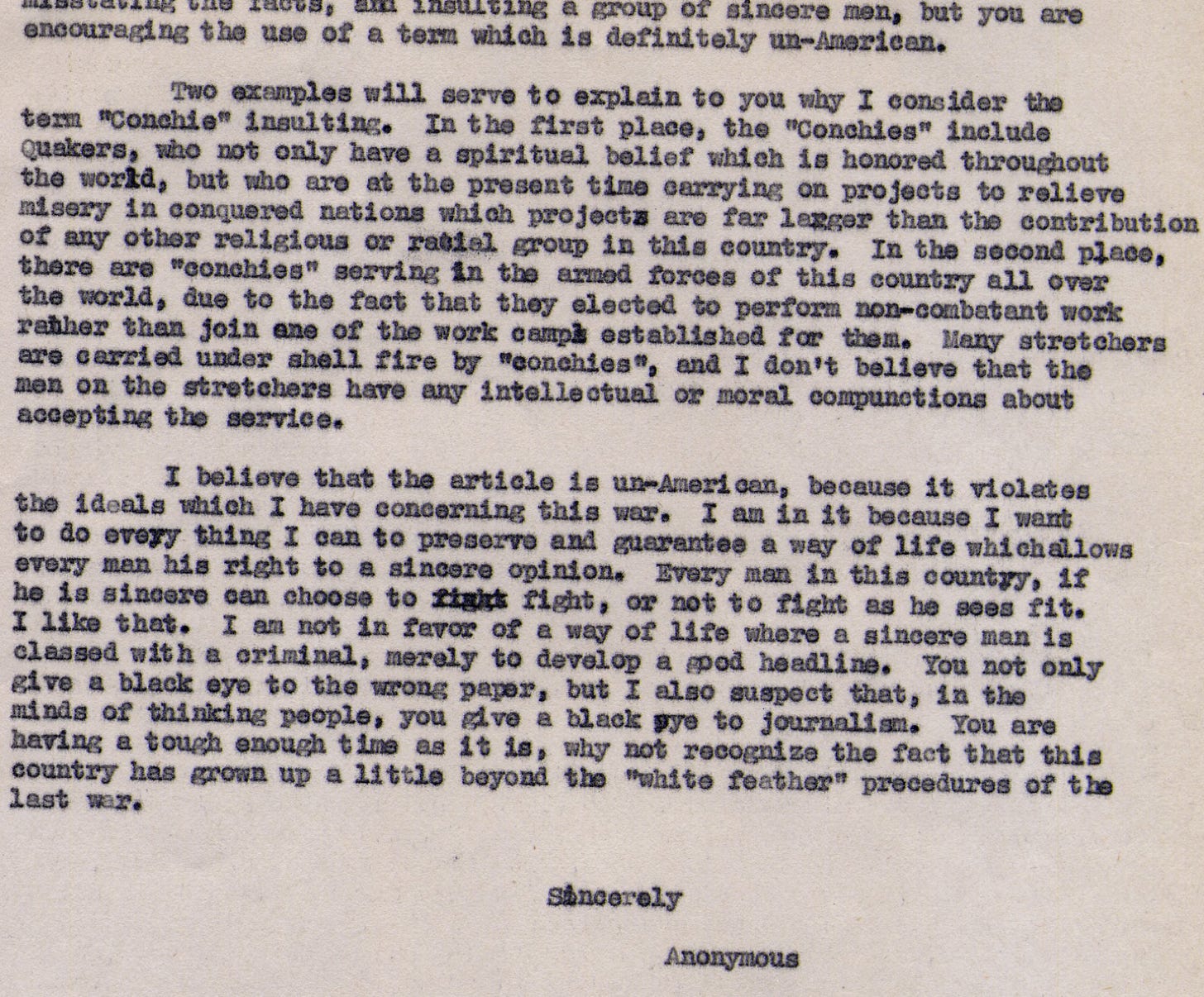
Few of us realized it, but that million-dollar listing was a sign thatthe Sarasota we knew was about to disappear forever.
What was it like, that old Sarasota? Fortunately, we had a great writer who explained it to us. And if the death of John D. MacDonald in 1986 marked the end of the old Sarasota, it also laid out the parameters of the city’s soul, and that has never changed.
MacDonald was a best-selling mystery novelist, the guy who invented the Travis McGee series. He was an astute observer of human nature, the good and the bad, and working from what he saw every day in Sarasota, he created a universal world that rings true with readers, generation after generation.
It’s a beautiful world, but a fragile one, and it has to be protected. Protection was the key theme of MacDonald’s work—brave men protect weaker men, men protect women, and all good people protect the environment. Protection is needed because evil exists, and its most prominent marker is greed and power-seeking.
Aside from his skill as a writer and his pre-eminence as one of the founders of the ecology movement, MacDonald was the ultimate Sarasotan. He was fiercely intelligent, at the top of his profession, a smart businessman, active in the community, a loyal and generous friend. He lived in a big house on Big Pass; it was designed to function without air-conditioning yet also withstand 100-mile-an-hour winds. His wife, Dorothy, was a painter, and they were active in the creation of New College. But as congenial as MacDonald was, there was always that reserve that great artists have, that self-imposed distance from the rest of humanity.
JOHN D. MACDONALD, NOVELIST, IS DEAD
N.Y. TIMES
John D. MacDonald, the novelist whose best-selling mysteries sold millions of copies, died yesterday at St. Mary's Hospital in Milwaukee of complications from heart surgery. He was 70 years old and lived in Sarasota, Fla.
Claire Ferraro, associate publisher at Ballantine/Del Rey and Fawcett, said Mr. MacDonald underwent bypass surgery in September and had been in a coma since Dec. 10 .
From a modest beginning in 1946 with the sale of a short story for $25, Mr. MacDonald's writing career blossomed to produce about 70 books. Of those, 21 made up the highly successful Travis McGee series - about the adventures of a tough, cynical, philosophical knight-errant living on a houseboat in Florida.
Three-quarters of his books were originally published as paperbacks. His prodigious literary output also included 500 short stories.
In 1972 he won the Mystery Writers of America's Grand Master Award. In 1980 he won the American Book Award for his hard-cover mystery ''The Green Ripper.'' In 1955 he won the Ben Franklin Award for the best American short story, and in 1964 he received the Grand Prix de Litterature Policiere for the French edition of ''A Key to the Suite.'' The Resort Life
Robin W. Winks, a professor of history at Yale University, said last year in The New York Times Book Review that ''Mr. MacDonald's books are always about boats, and hot sun, and the putative glamour of resort life, as much as they are about the persistence of evil and the near-randomness of honesty.''
The Travis McGee series began in 1964 with the first appearance of McGee - a 6-foot-4, 212-pound thinking man's Robin Hood - in ''The Deep Blue Good-By.'' Four other books were published within a year. Since then all the Travis McGee novels have made best-seller lists, and some have been No. 1.
Mr. MacDonald gave each Travis McGee novel a title that included a color, such as ''Bright Orange for a Shroud,'' ''Darker Than Amber,'' ''A Deadly Shade of Gold,'' ''Dress Her in Indigo,'' ''The Girl in the Plain Brown Wrapper,'' ''The Green Ripper'' and ''The Long Lavendar Look.''
Although mysteries were his metier, Mr. MacDonald published other works, including ''Condominimum,'' a 1977 best-selling novel about greedy developers of substandard apartment complexes in Florida; a nonfiction work, ''No Deadly Drug,'' about the trial of Dr. Carl A. Coppolino, a New Jersey doctor convicted of killing his wife, and ''Nothing Can Go Wrong,'' a book about a cruise that he wrote with Capt. John J. Kilpack. A Book of Letters
Mr. MacDonald's final work - a nonfiction book, ''A Friendship: The Letters of Dan Rowan and John Dann MacDonald,'' on the correspondence between the comic and the author - is to be published next month by Knopf.
In describing his fiction, Mr. MacDonald said in a 1970 interview with The Washington Post that ''most of my published novels are of the folk dancing category, the steps, the patterns traditionally imperative, the retributions obligatory.''
''Within these limits I have struggled for freshness, for what insights I can muster, for validity of characterization and motivation, for the accuracies of method and environment which enhance any illusion of reality,'' he said.
During most of his career, Mr. MacDonald wrote daily, for seven to nine hours, with a break for lunch and another at the cocktail hour. He used expensive bond paper, explaining: ''I think the same situation is involved as painting and sculpture. If you use the best materials you can afford, somehow you have more respect for what you do with it.''
He said he rewrote ''by throwing away a page, a chapter, half a book -or go right back to the beginning and start again.'' 'Like an Easter Egg Hunt'
''I enjoy the hell out of writing because it's like an Easter egg hunt,'' he once said. ''Here's 50 pages, and you say, 'Oh, Christ, where is it?' Then on the 51st page, it'll work. Just the way you wanted it to, a little better than anything in that same area ever worked before. You say: 'Wow! This is worth the price of admission.' ''
Suspense writing was ''like a mental exercise'' for Mr. MacDonald. ''Once you accept the limits of what you're doing, you try to do the best within those limits,'' he said.
Mr. MacDondald was born in Sharon, Pa., on July 24, 1916. He was graduated from Syracuse University in 1938 and received an M.B.A. from the Harvard Graduate School of Business Administration in 1939.
Despite this background he was dismissed from jobs in an investment house and an insurance company because, he said, he mistakenly thought ''they wanted to hear my ideas.''
Rather than take a third job he joined the Army and became a second lieutenant. After about two years in the United States, he was sent to the China-Burma-India theater as a member of the Office of Strategic Services. ''Not the cloak and dagger O.S.S.,'' he once explained. ''In the keeping in touch with operational units behind the lines, I never got into a tough war, though there were times when a few shots were fired in anger, remarkably few.'' He was discharged as a lieutenant colonel.
Frustrated while overseas by Army censors who cut up many of his letters home, he wrote a short story and sent it to his wife. who sold it for him. At the war's end he was being published in pulp magazines as well as in Liberty, Esquire and Cosmopolitan.
Mr. MacDonald is survived by his wife, Dorothy; a son, Maynard, of New Zealand, and five grandchildren..
************
The Washington Post reported that John MacDonald was dead at seventy the other day. Three score and ten may be the biblical span of a man's years, but it was not long enough for MacDonald. The good don't always die young, but their deaths are always causes for mourning no matter what the age, and so it is with John. He began his career in the penny a word pulps of the forties. Then, he wrote science fiction, mysteries, whatever would bring home a dollar. The quality of his yeoman work earned him entrance to the slicks, Colliers and The Saturday Evening Post. Like any author eager to make the long jump from beans to hamburgers, he jumped at his new markets and never looked back. From there, he made the difficult transition from short fiction to novels. Although he was extremely successful and prolific, most of his work in the fifties and early sixties, including his two science fiction novels, Ballroom of the Skies and Wine of the Dreamers and his one fantasy novel, The Girl, the Gold Watch and Everything have been, for the most part, forgotten. They were good enough to be successful, not good enough to stand out from the many other science fiction and fantasy tales of thirty years ago.
Then, in 1964, he wrote a novel called The Deep Blue Good-by in which he introduced a man named Travis McGee who lived on a houseboat, the Busted Flush, at Bahia Mar, Fort Lauderdale, Florida. Travis was in the salvage business, for half of whatever it was worth to you, he'd go out and reclaim what you had lost. McGee found this business proposal lucrative enough, half a loaf being better than none, that MacDonald was able to find enough material for 21 novels of his adventures. Books which took John from hamburgers to steaks and a measure of fame.
Longevity is no sign of quality in the book business, series with names like Mutant Vietnam Veterans From Hell keep the 2nd line publishing houses in business after all. The Travis McGee books have nothing in common with these though. McGee is as tough a hero as ever was found in the adventure/thriller racks, but although his origins may have been in the base dirt of many another serial hero, he rose above his field to join the exalted company of Nero Wolfe and Sherlock Holmes. Travis is that rare fictional tough man with a realistic human side. How many other fictional sleuths do we see working off the pounds of idleness? McGee's like to be the he man of adventure fiction, but he's all too mortal. He's sentimental and moody, a sucker for homeless kittens and lost causes. As he often laments, he continues to put on his rusty armour, pick up his battered lance and go jousting with dragons, even when it is clear that the dragon population keeps growing from year to year. We become cynics as we grow older all too often, and the stainless heroes which entertained us in our younger days lose their attraction, but there is still something in us which thrills to the image of someone trying to defend the right. In MacDonald's hands, McGee was a hero living in a world, all too recognizable our own, striving to uplift the down trodden and protect the helpless. McGee doesn't always succeed, and all too often it feels as if he's lost more than he gains, but the effort is made and reader comes away caring far more than for any mere cardboard character. After all, these days its hard to find nobility anywhere, and if its found between the pages of a paperback novel then perhaps it's only slightly less valuable than in the real world. As for me, I'll take my heroes where I find them, even in the humid, worn byways of an overdeveloped Florida. Where evil doesn't wear the designer faces of Miami Vice and McGee stands with friends against the petty, but deadly schemes of real estate sharks and small town hoodlums. If you'd like to meet Travis, I'd recommend The Empty Copper Sea, Darker Than Amber, or The Girl in the Plain Brown Wrapper. You've already met his world.
I'd like to have met John, but I'll not have the chance now. One hopes though that somewhere beyond this earth of ours, there's a boat slip in a Ft. Lauderdale, free of students on spring break and venal condominium builders, where a party's being held for a creator and his creation, hosted by the greater author of all.
The Washington Post reported that John MacDonald was dead at seventy the other day. Three score and ten may be the biblical span of a man's years, but it was not long enough for MacDonald. The good don't always die young, but their deaths are always causes for mourning no matter what the age, and so it is with John. He began his career in the penny a word pulps of the forties. Then, he wrote science fiction, mysteries, whatever would bring home a dollar. The quality of his yeoman work earned him entrance to the slicks, Colliers and The Saturday Evening Post. Like any author eager to make the long jump from beans to hamburgers, he jumped at his new markets and never looked back. From there, he made the difficult transition from short fiction to novels. Although he was extremely successful and prolific, most of his work in the fifties and early sixties, including his two science fiction novels, Ballroom of the Skies and Wine of the Dreamers and his one fantasy novel, The Girl, the Gold Watch and Everything have been, for the most part, forgotten. They were good enough to be successful, not good enough to stand out from the many other science fiction and fantasy tales of thirty years ago.
Then, in 1964, he wrote a novel called The Deep Blue Good-by in which he introduced a man named Travis McGee who lived on a houseboat, the Busted Flush, at Bahia Mar, Fort Lauderdale, Florida. Travis was in the salvage business, for half of whatever it was worth to you, he'd go out and reclaim what you had lost. McGee found this business proposal lucrative enough, half a loaf being better than none, that MacDonald was able to find enough material for 21 novels of his adventures. Books which took John from hamburgers to steaks and a measure of fame.
Longevity is no sign of quality in the book business, series with names like Mutant Vietnam Veterans From Hell keep the 2nd line publishing houses in business after all. The Travis McGee books have nothing in common with these though. McGee is as tough a hero as ever was found in the adventure/thriller racks, but although his origins may have been in the base dirt of many another serial hero, he rose above his field to join the exalted company of Nero Wolfe and Sherlock Holmes. Travis is that rare fictional tough man with a realistic human side. How many other fictional sleuths do we see working off the pounds of idleness? McGee's like to be the he man of adventure fiction, but he's all too mortal. He's sentimental and moody, a sucker for homeless kittens and lost causes. As he often laments, he continues to put on his rusty armour, pick up his battered lance and go jousting with dragons, even when it is clear that the dragon population keeps growing from year to year. We become cynics as we grow older all too often, and the stainless heroes which entertained us in our younger days lose their attraction, but there is still something in us which thrills to the image of someone trying to defend the right. In MacDonald's hands, McGee was a hero living in a world, all too recognizable our own, striving to uplift the down trodden and protect the helpless. McGee doesn't always succeed, and all too often it feels as if he's lost more than he gains, but the effort is made and reader comes away caring far more than for any mere cardboard character. After all, these days its hard to find nobility anywhere, and if its found between the pages of a paperback novel then perhaps it's only slightly less valuable than in the real world. As for me, I'll take my heroes where I find them, even in the humid, worn byways of an overdeveloped Florida. Where evil doesn't wear the designer faces of Miami Vice and McGee stands with friends against the petty, but deadly schemes of real estate sharks and small town hoodlums. If you'd like to meet Travis, I'd recommend The Empty Copper Sea, Darker Than Amber, or The Girl in the Plain Brown Wrapper. You've already met his world.
I'd like to have met John, but I'll not have the chance now. One hopes though that somewhere beyond this earth of ours, there's a boat slip in a Ft. Lauderdale, free of students on spring break and venal condominium builders, where a party's being held for a creator and his creation, hosted by the greater author of all.
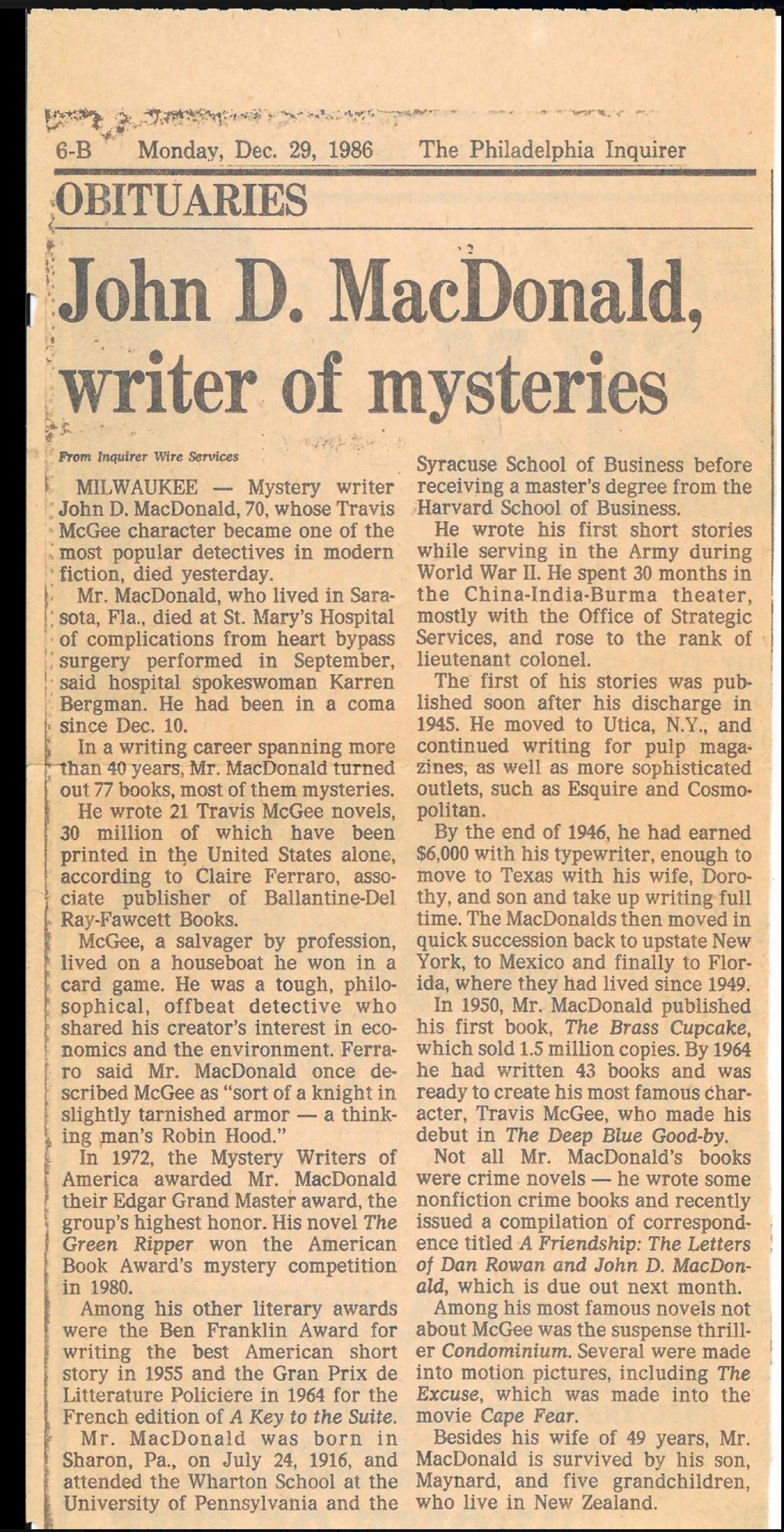
***********************************************************************************************************************
John D. MacDonald and Dorothy Prentiss MacDonald’s gravestone, located in Poland, N.Y. , about 28 miles from Piseco Lake where they spent many summers. The name of the cemetery is Pine Grove. (BTW the Find A Grave site does not list JDM as famous, but does list a dead Republican from the early 1900's--go figure)
(The stone surface is in need of cleaning; I have used Photo Elements to make the inscriptions clearer.)
Hi Cal,
With the death of the Baltimore Poe Toaster tradition, I thought that it might be appropriate to start a similar tradition in JDM's memory. I know that I have missed his birthday by a couple
od weeks, but nonetheless I plan to leave a bottle of Plymouth Gin and a Scarlet rose at his grave in Poland NY tomorrow on my way to an Adirondack hike. I will also be traveling northeast along rte 8 that you may remember from the Quick Red Fox when Travis is in pursuit of the ski lodge where Austrian instructor Appel is employed.
Regards,
Mike Friery
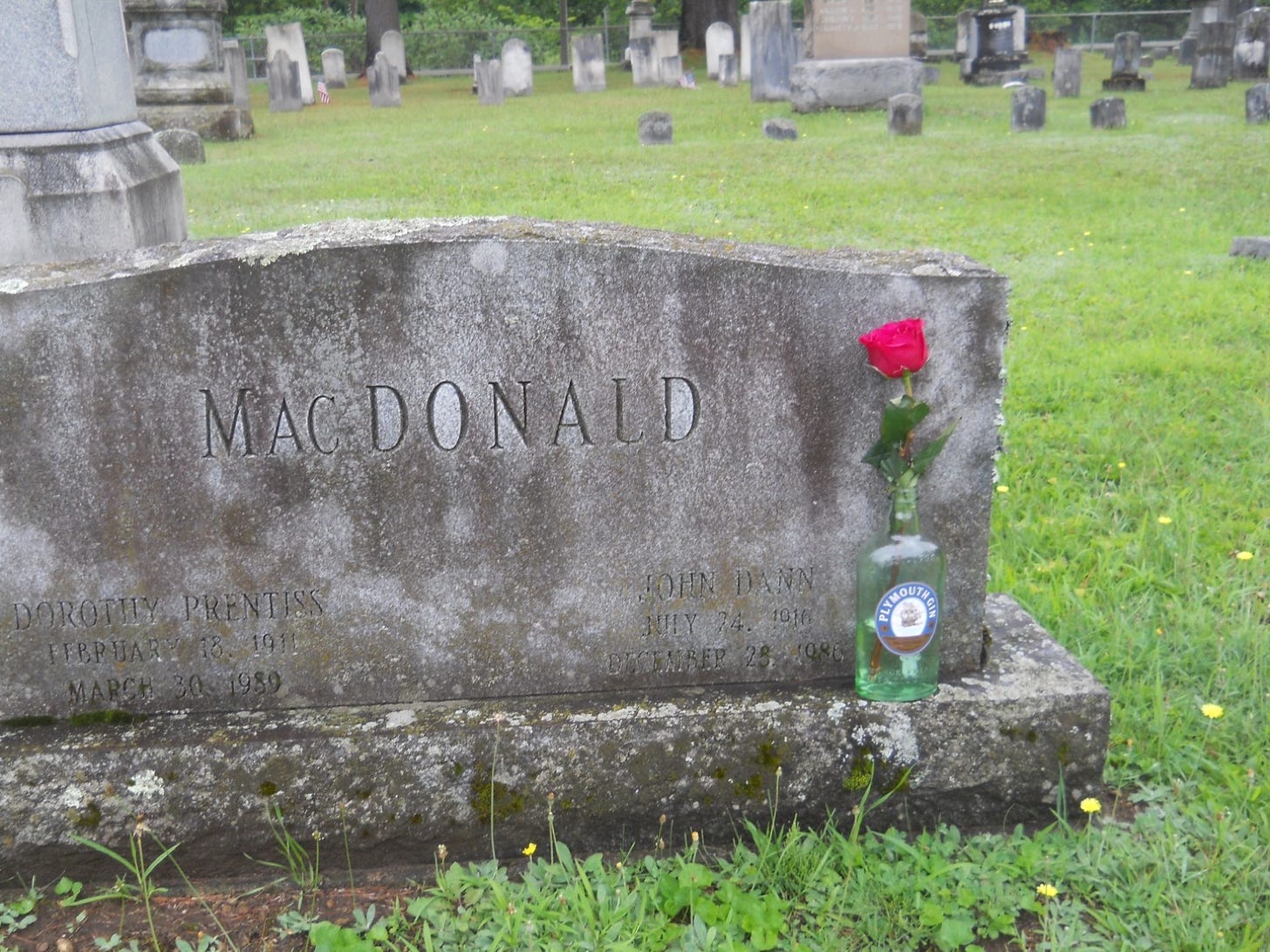
*****************
PART OF THE COLLECTION
© bill 2014
